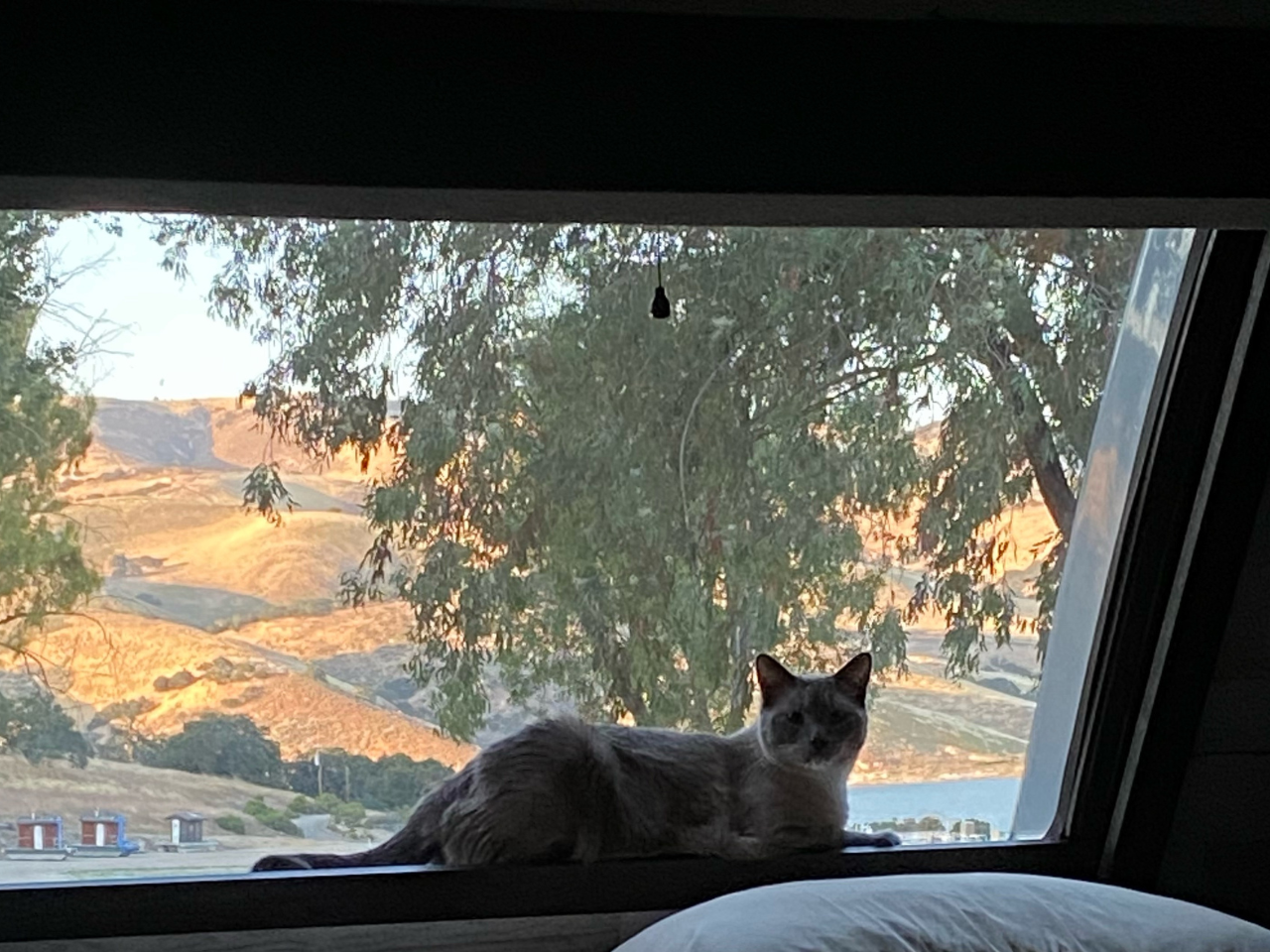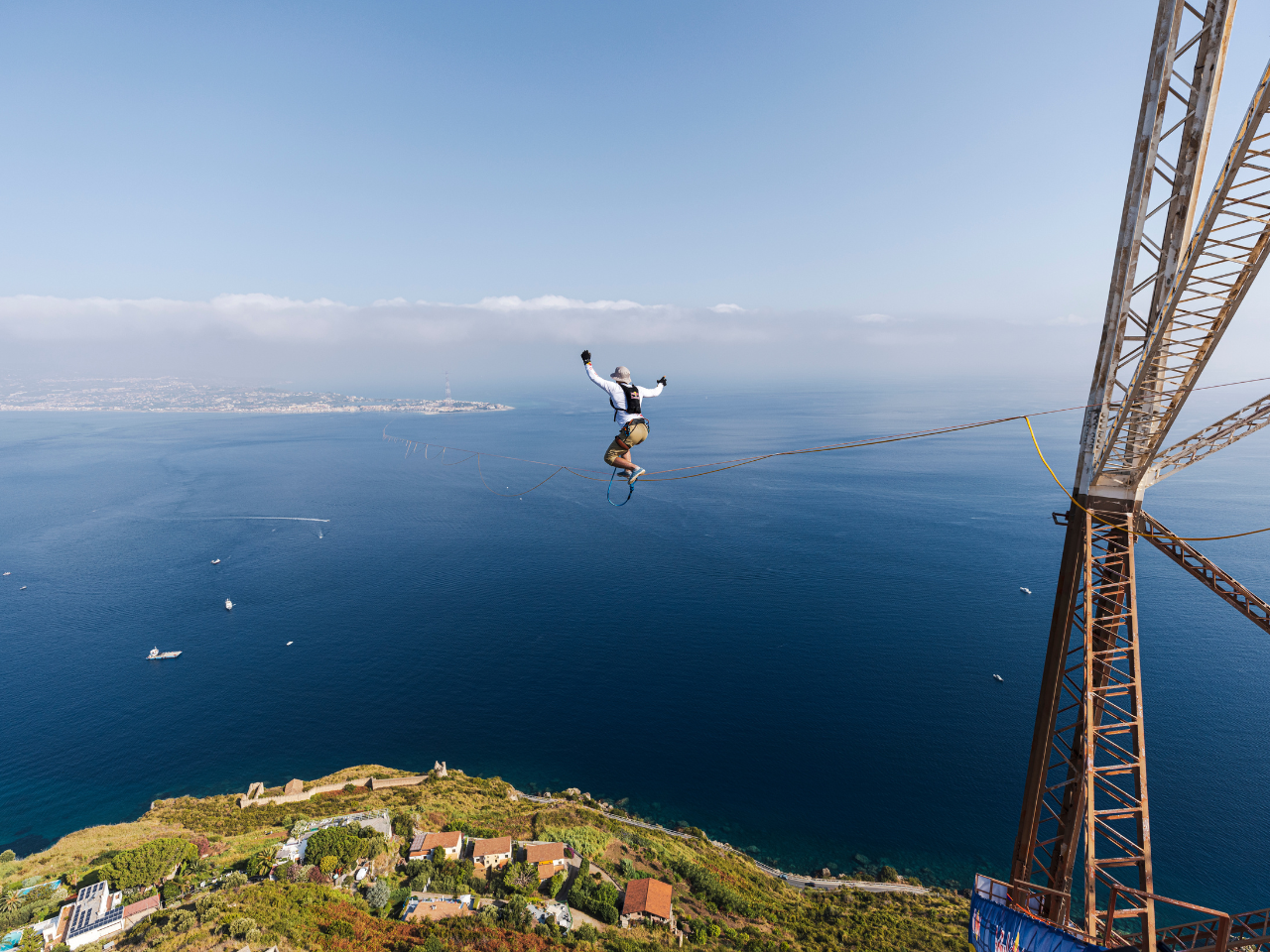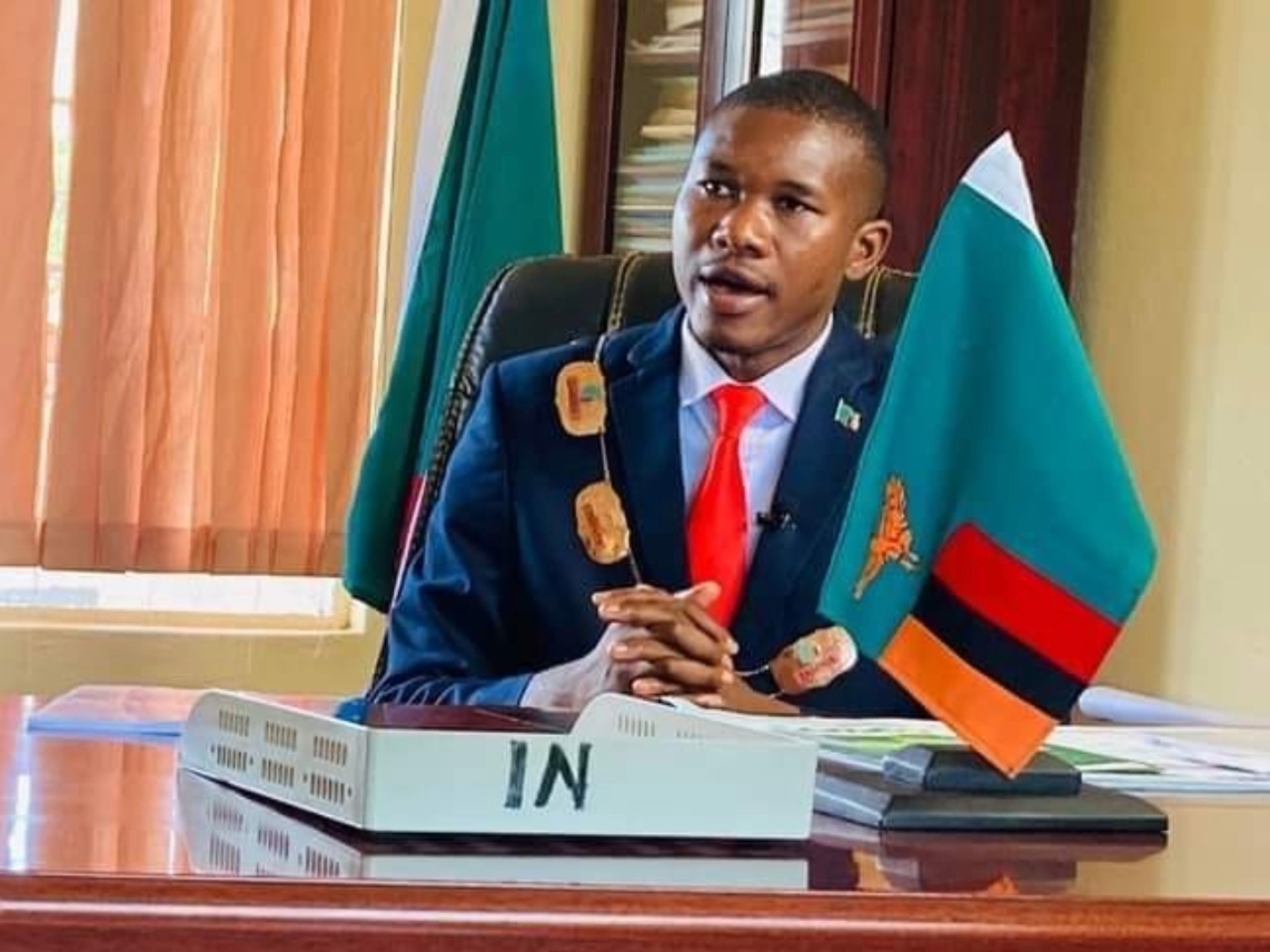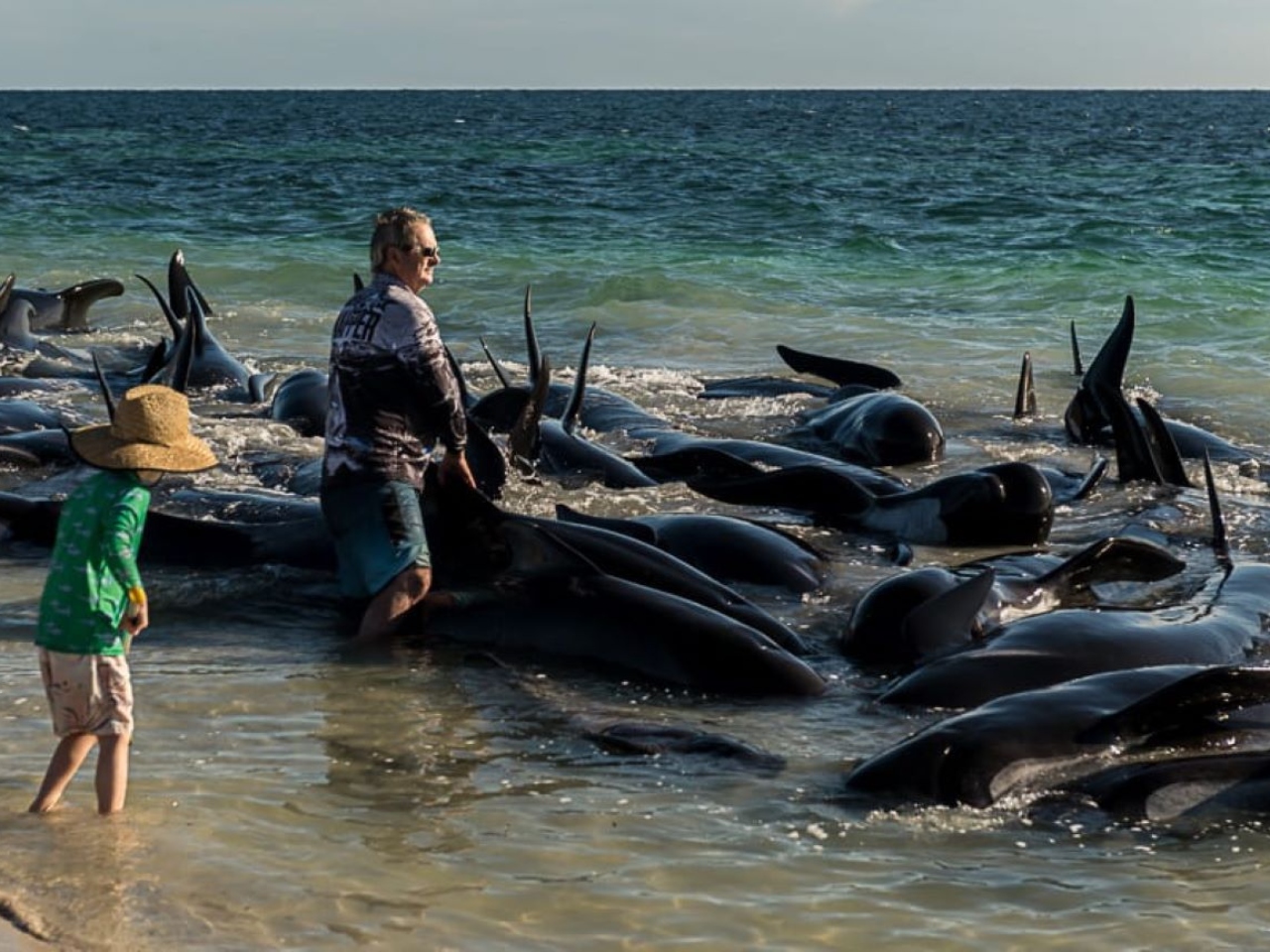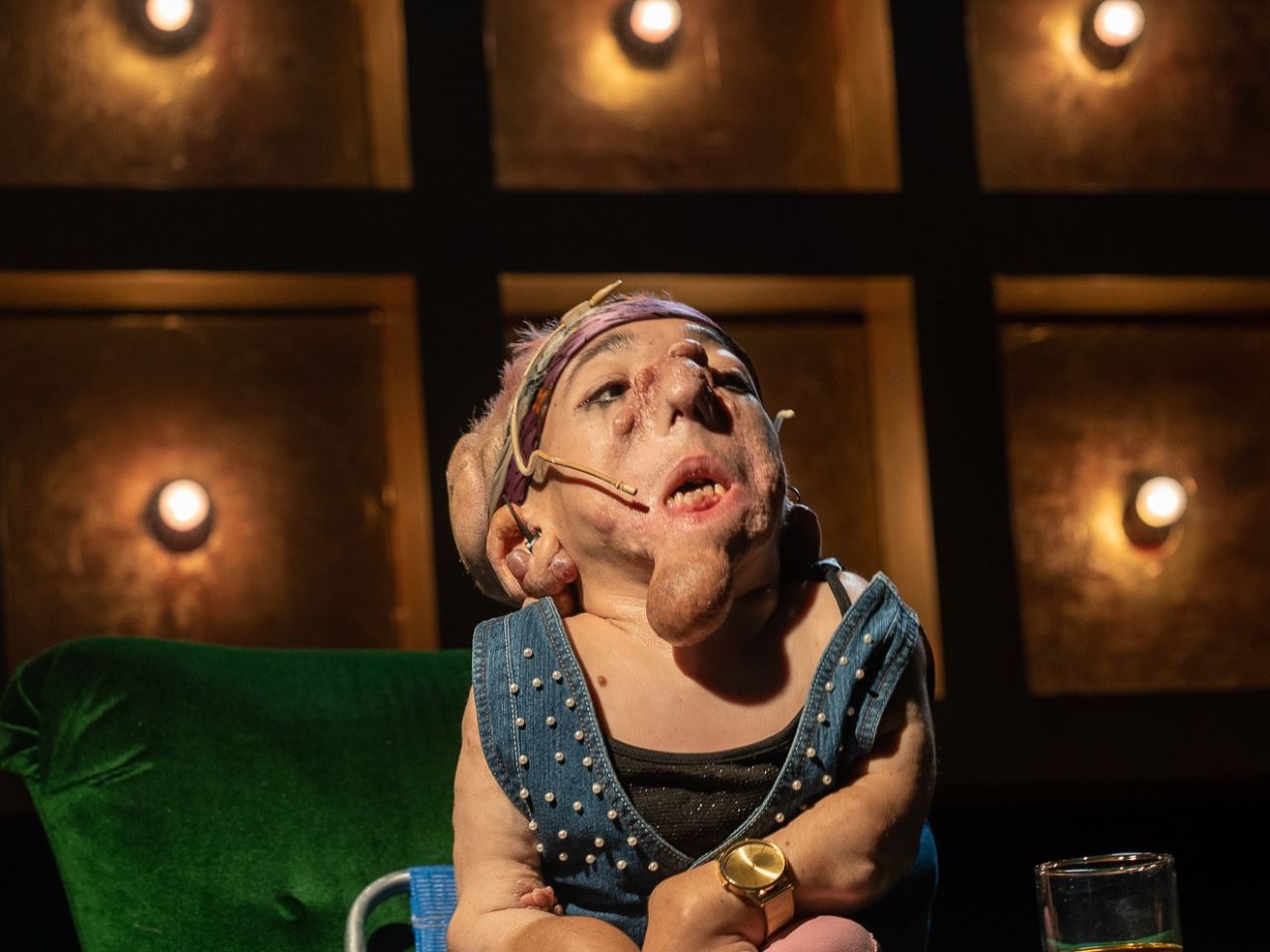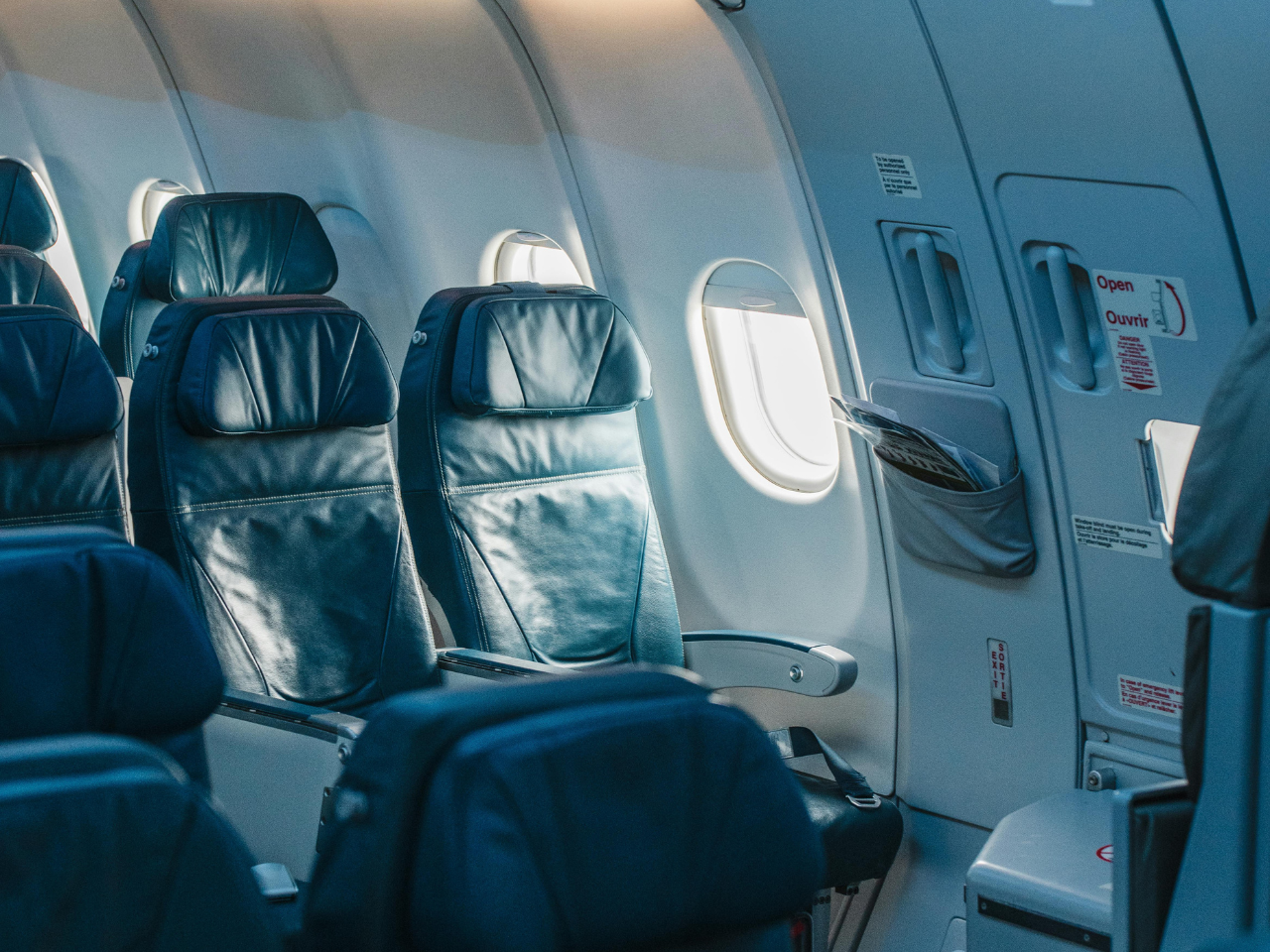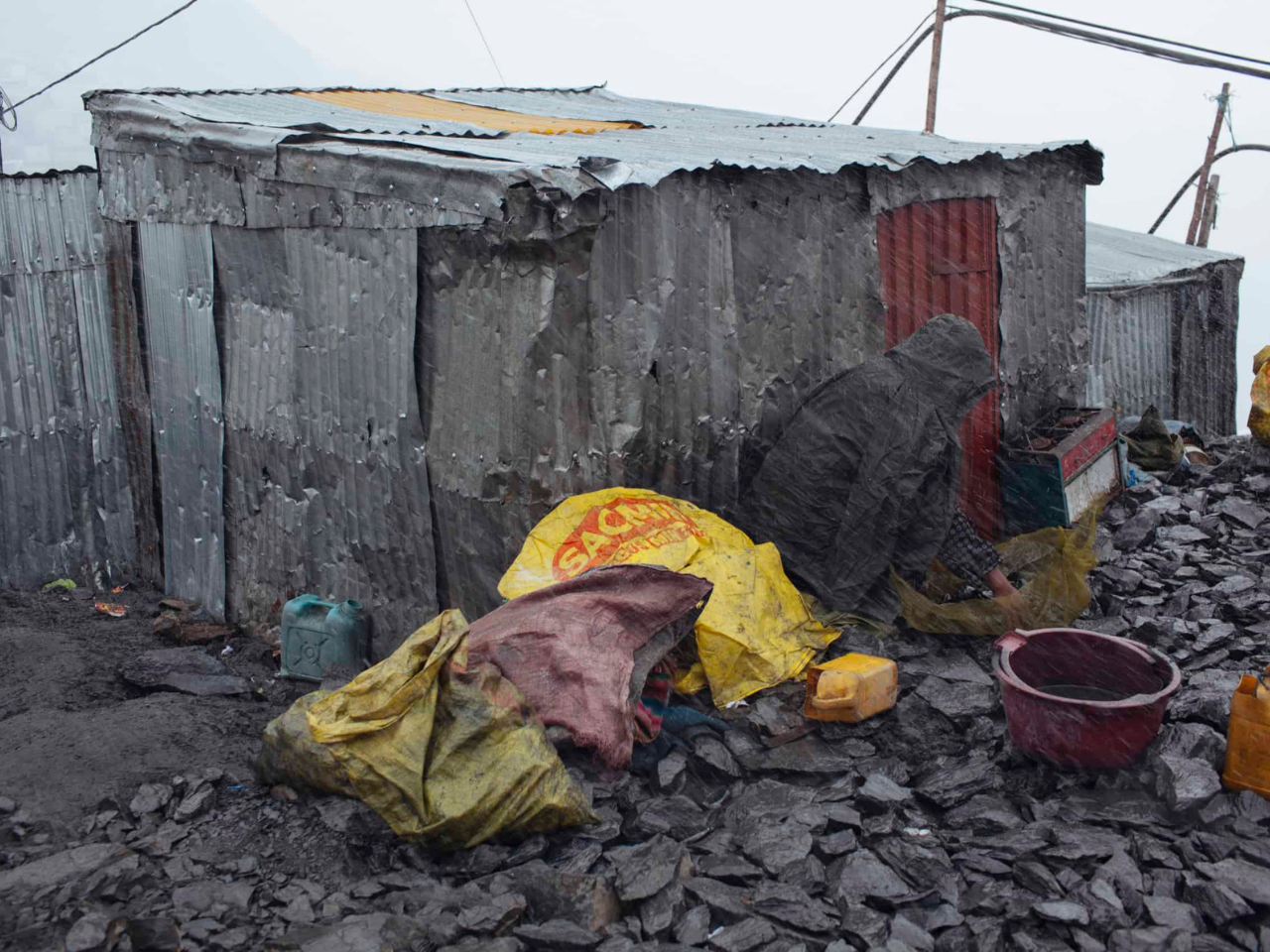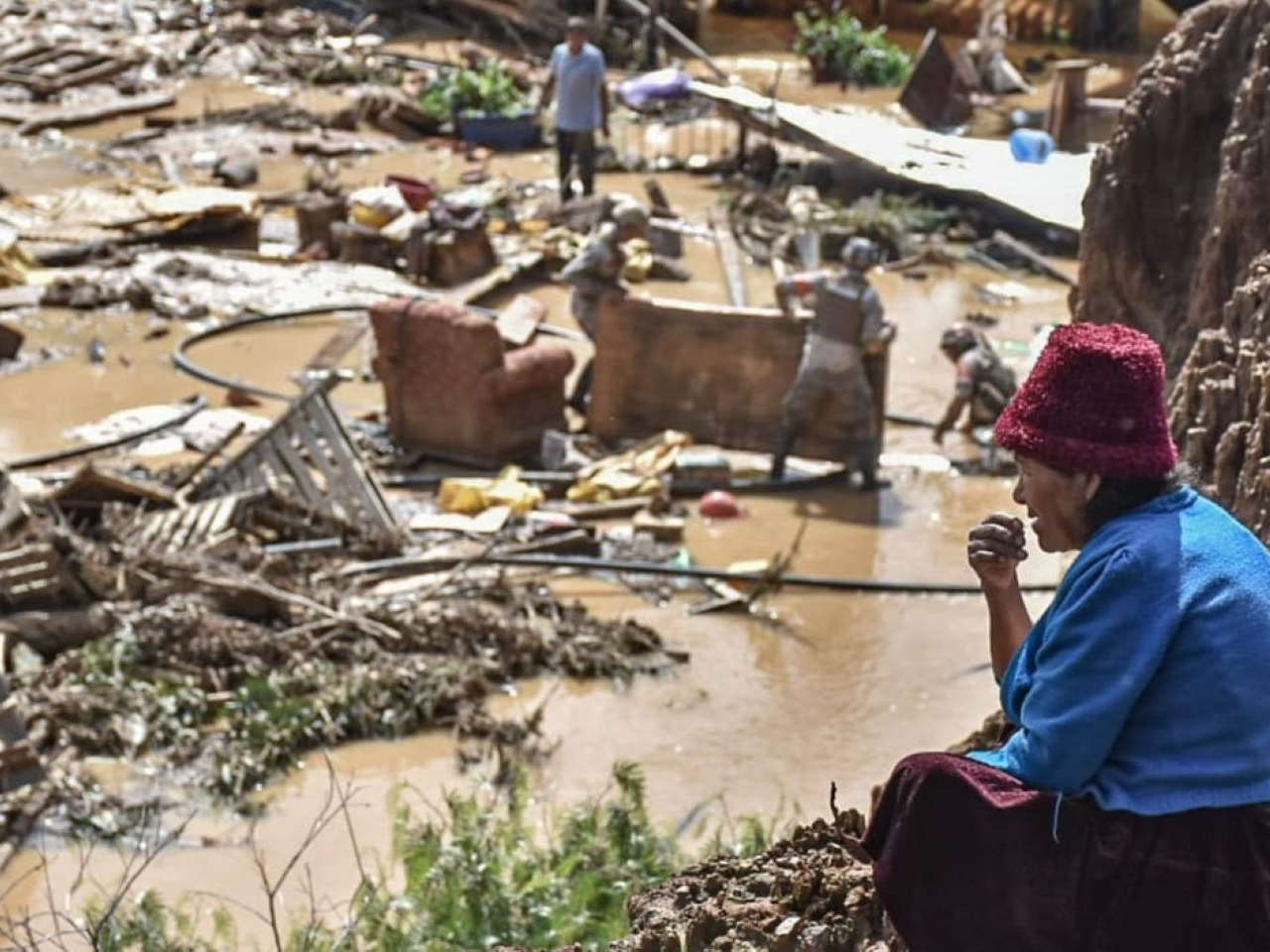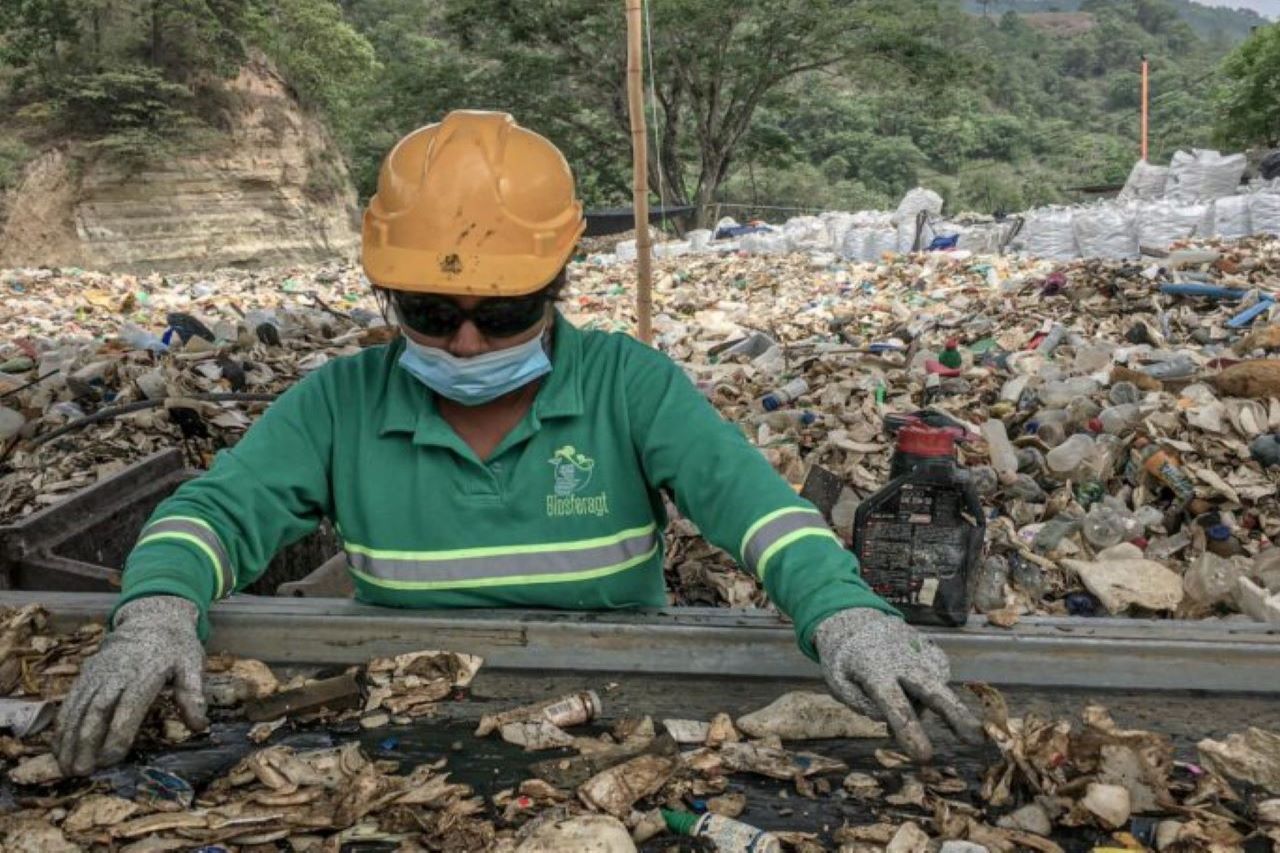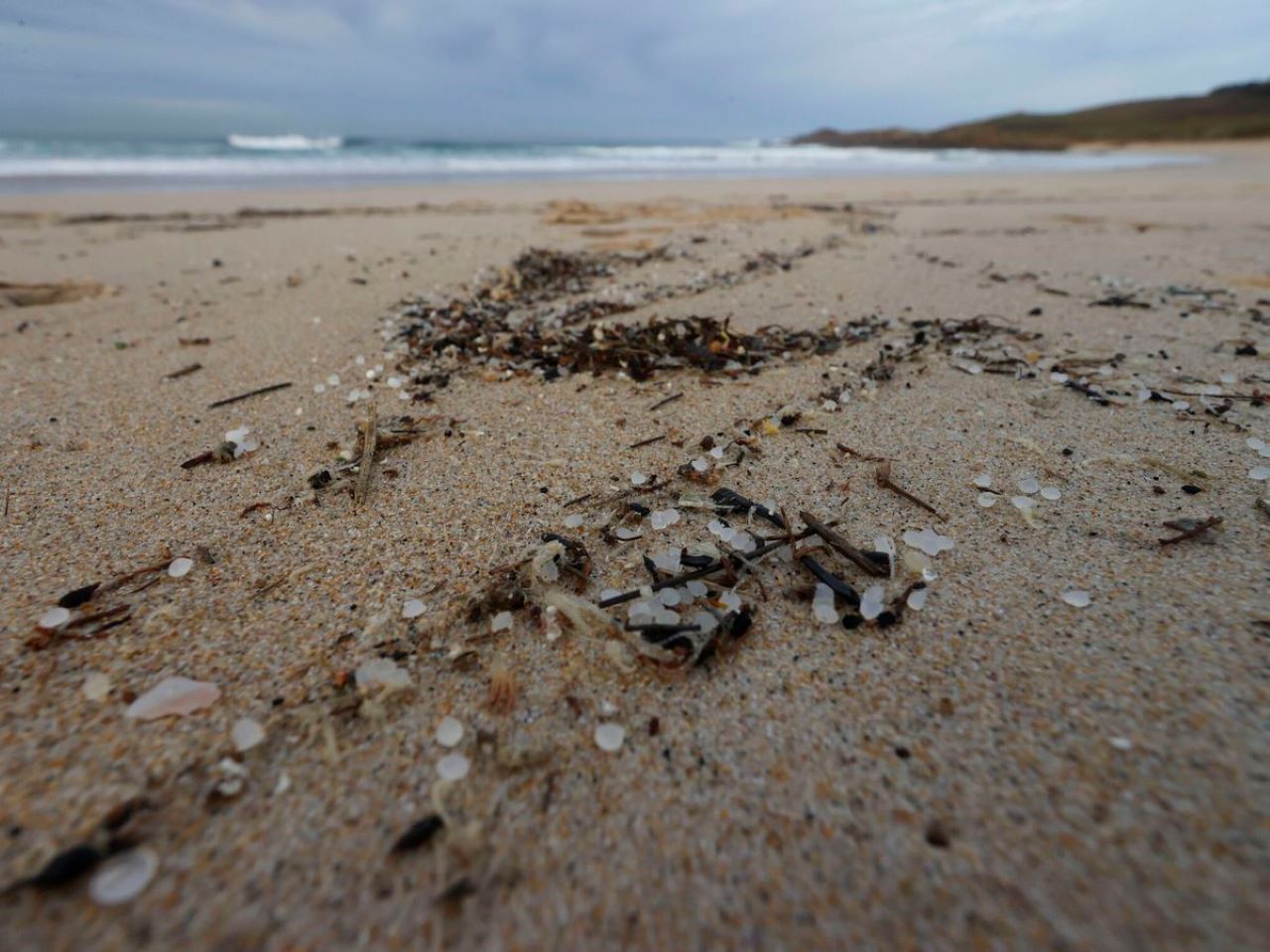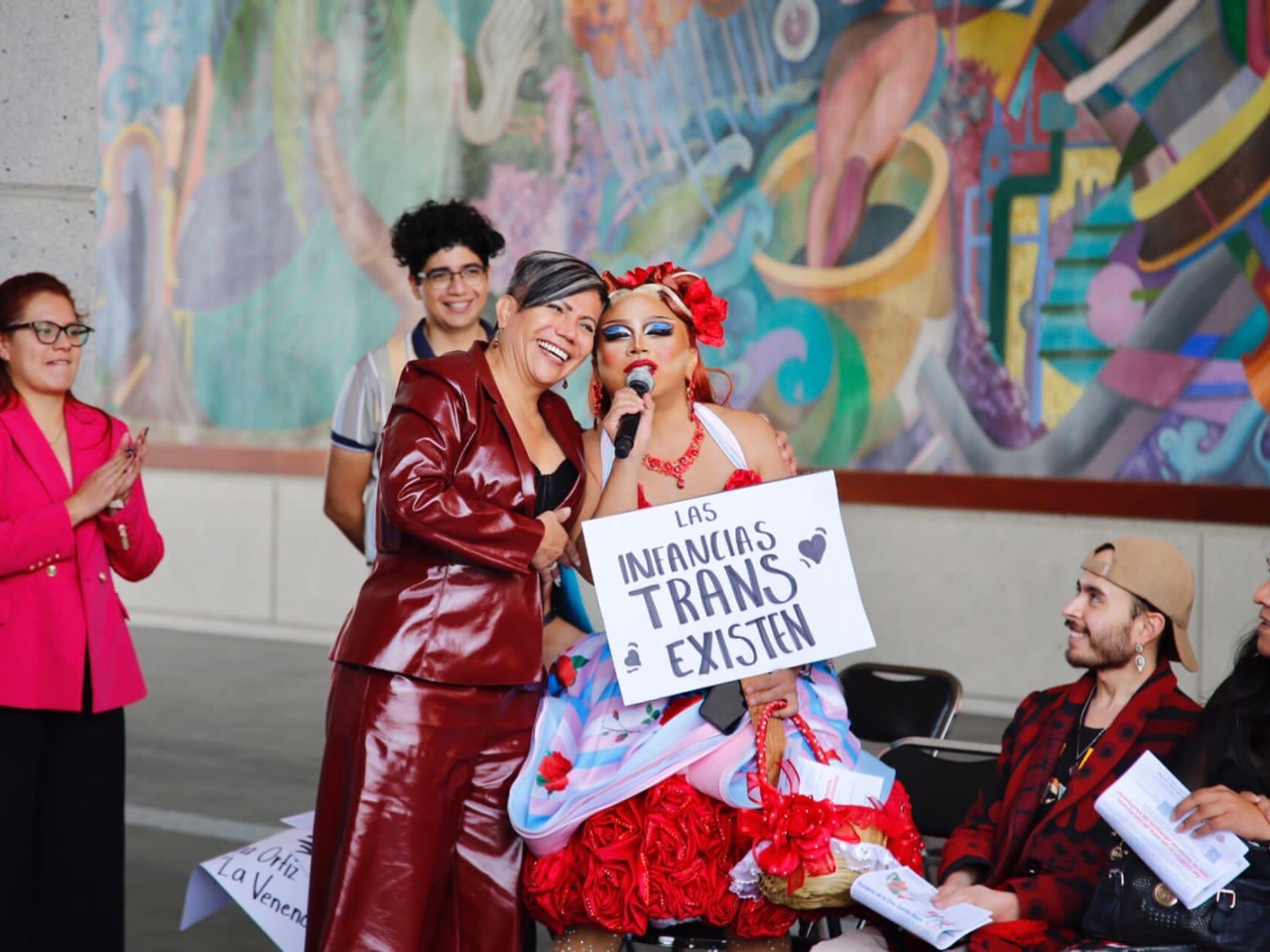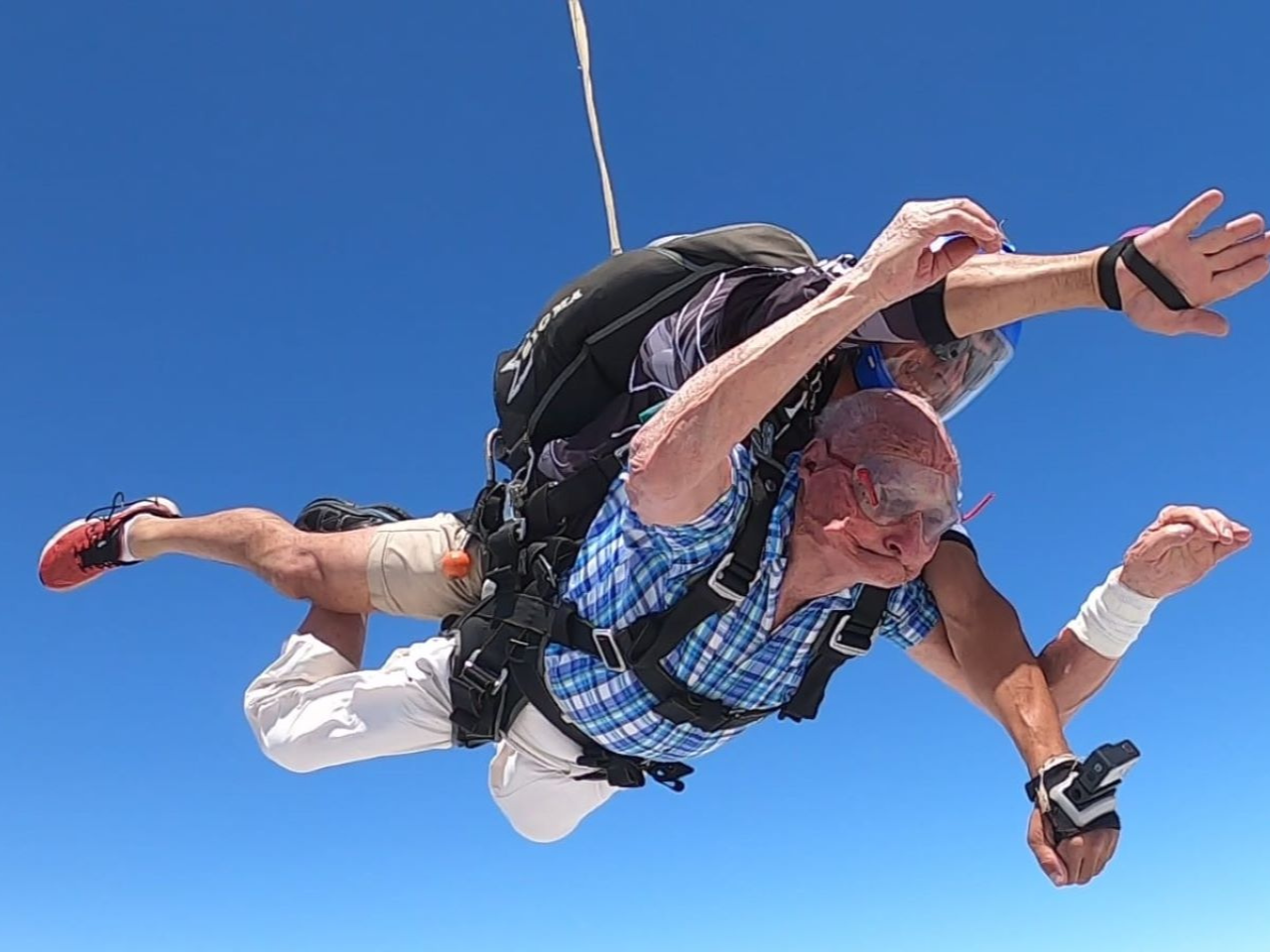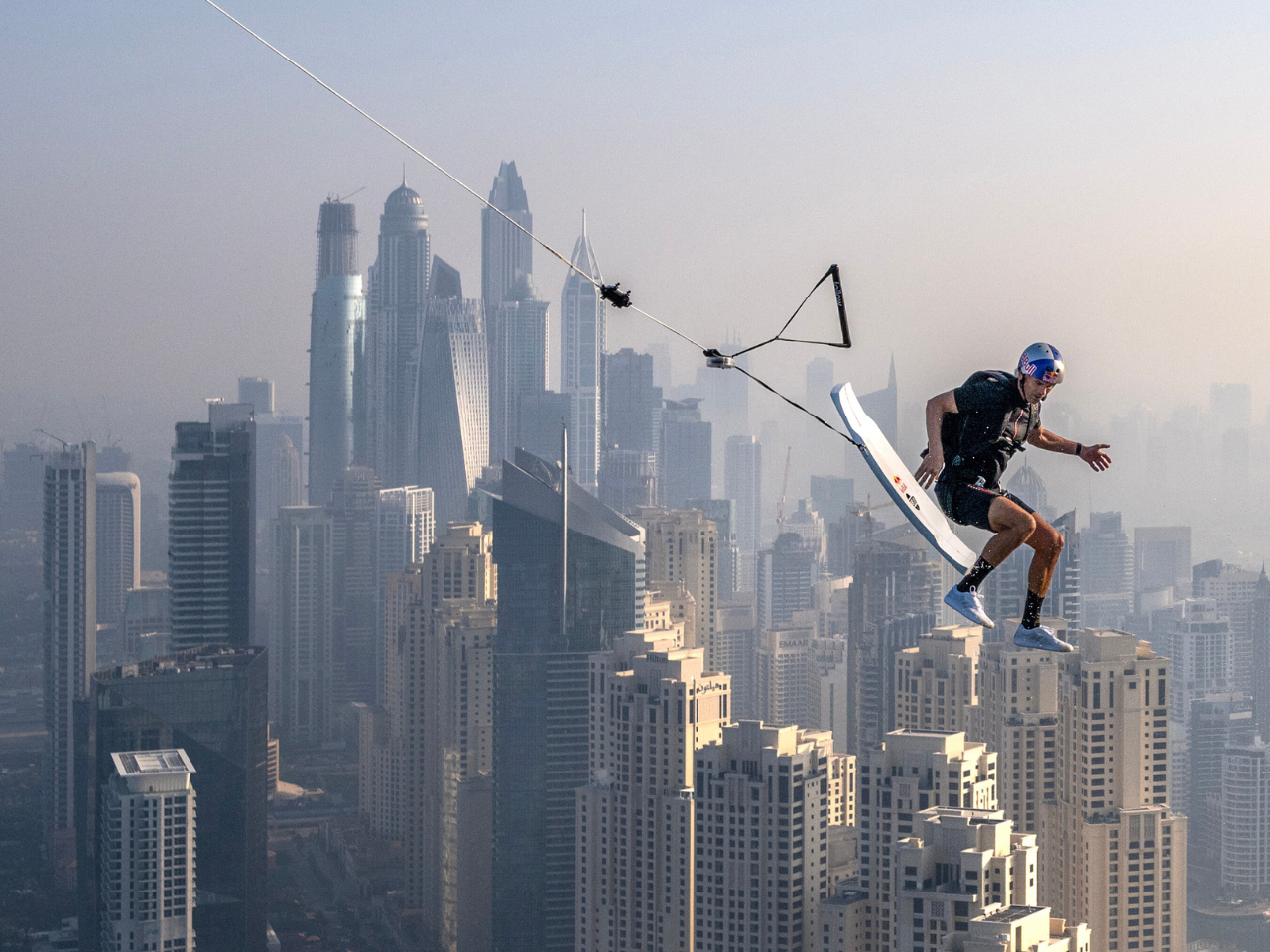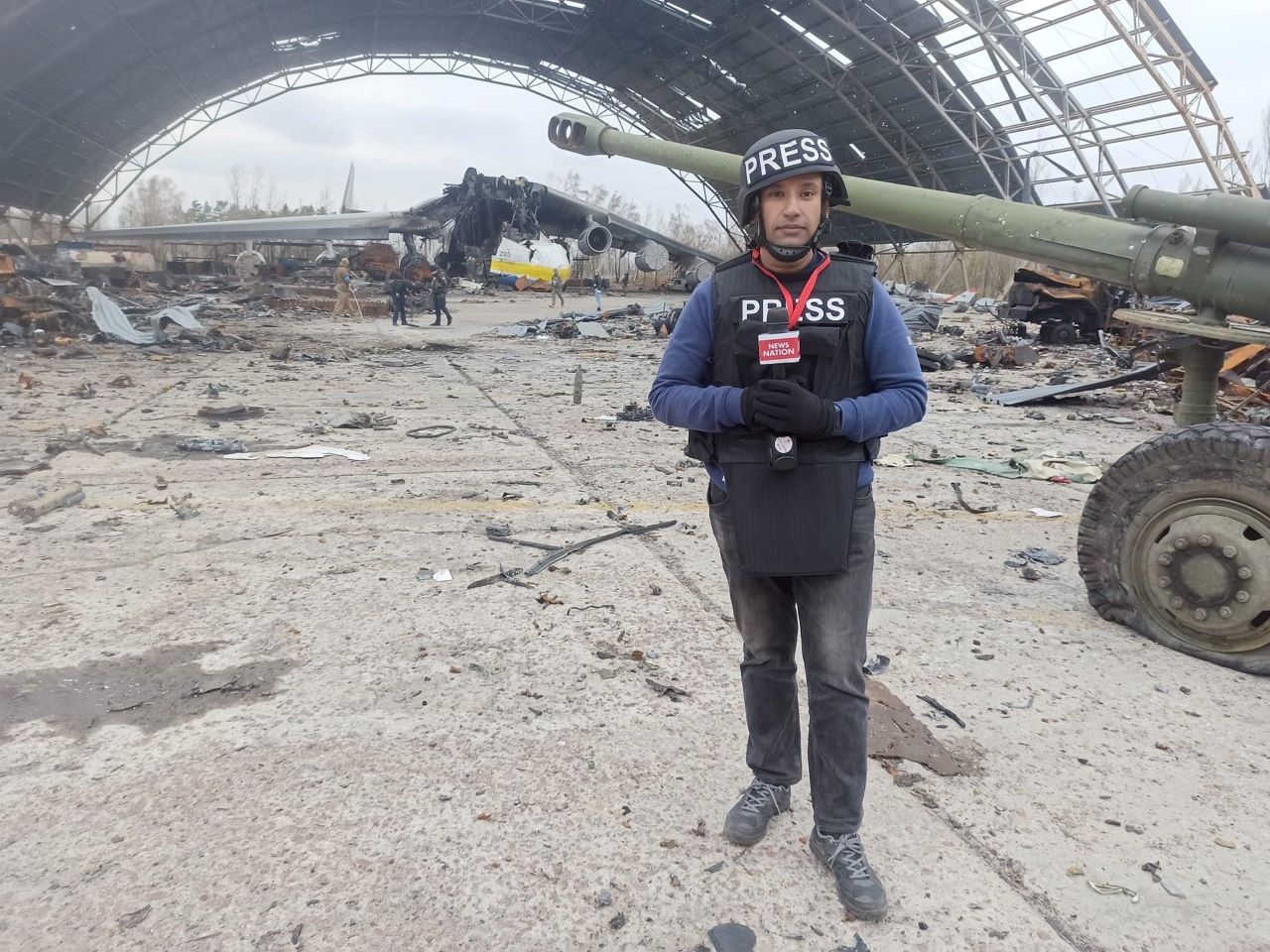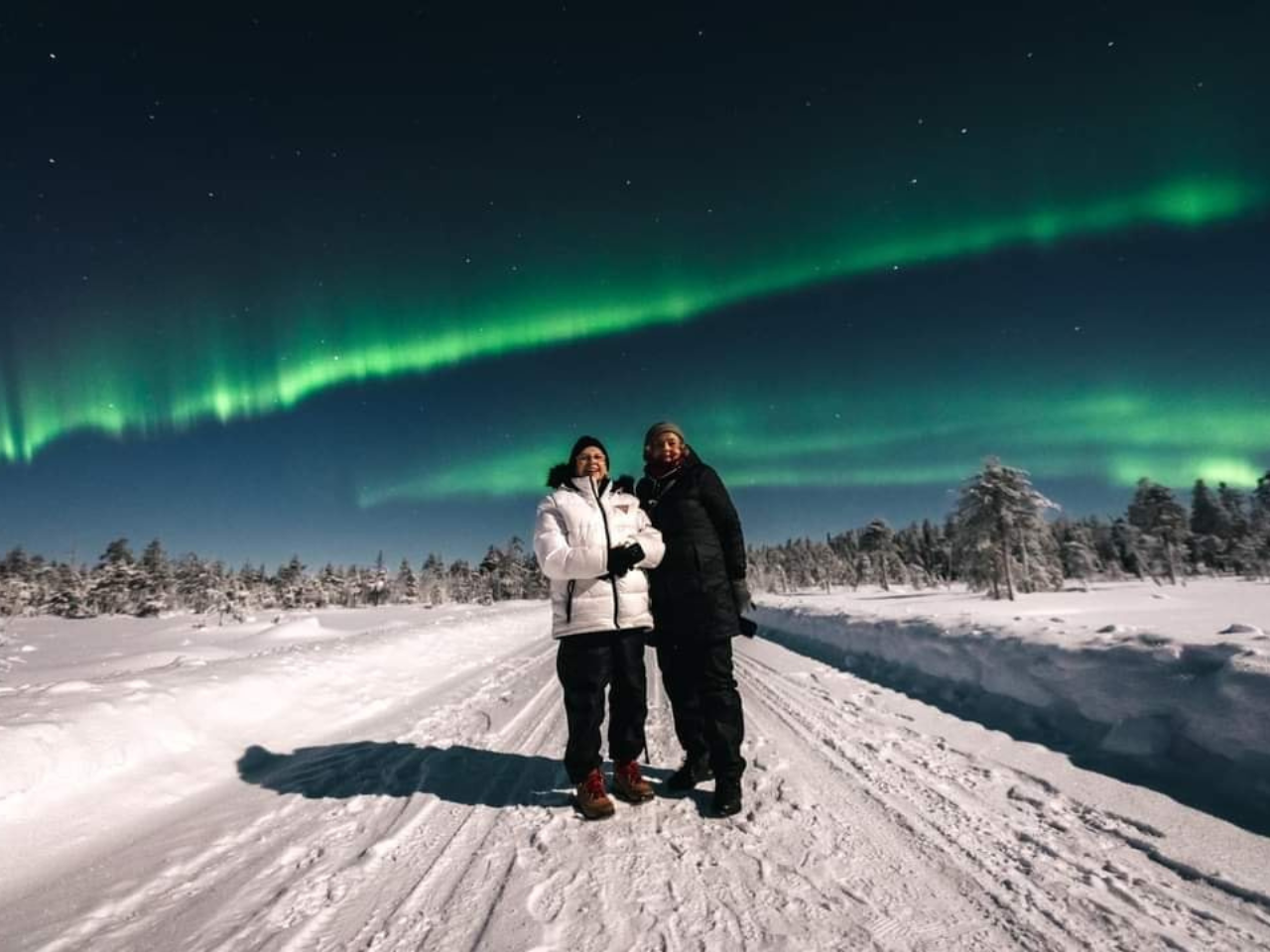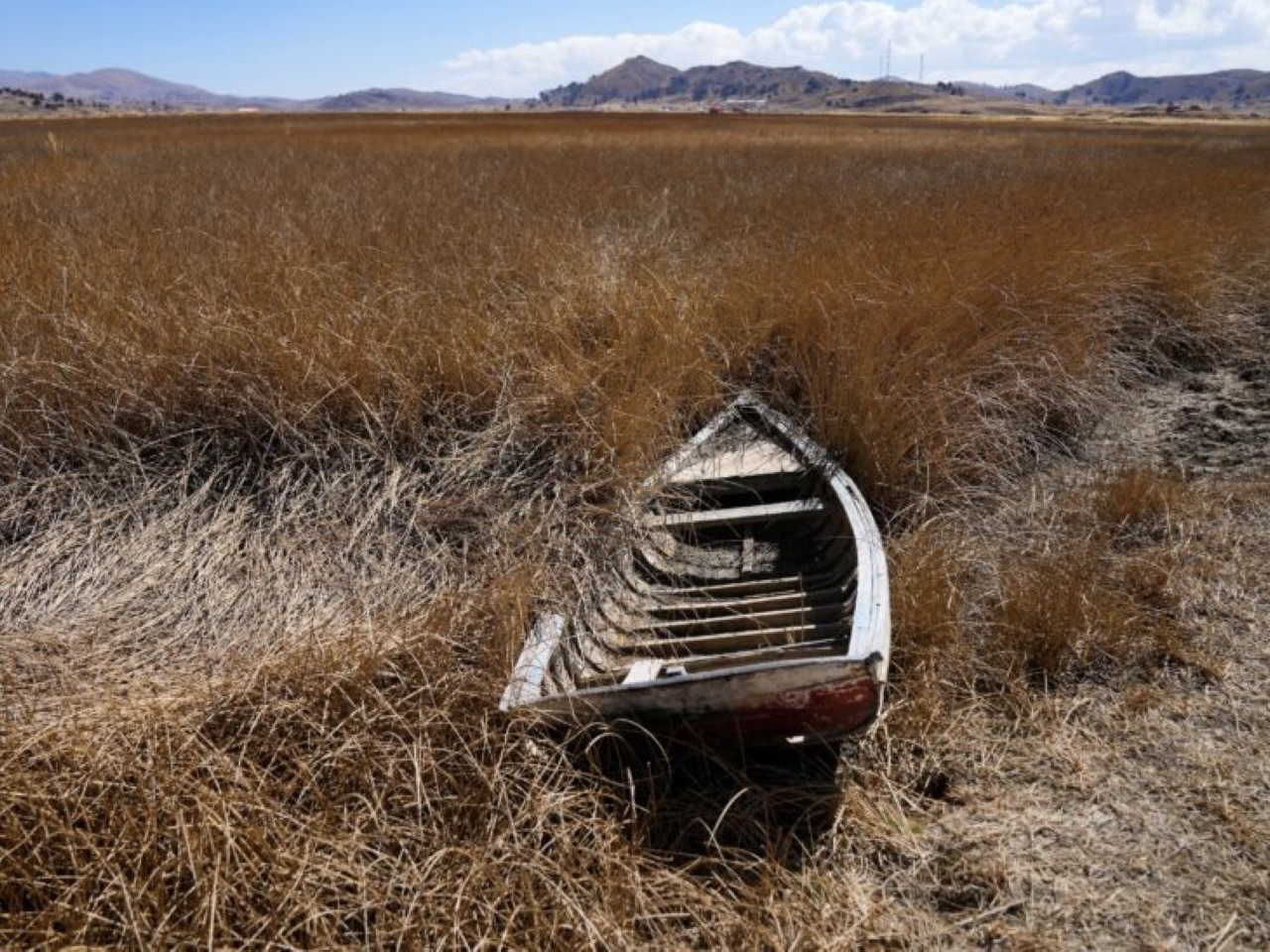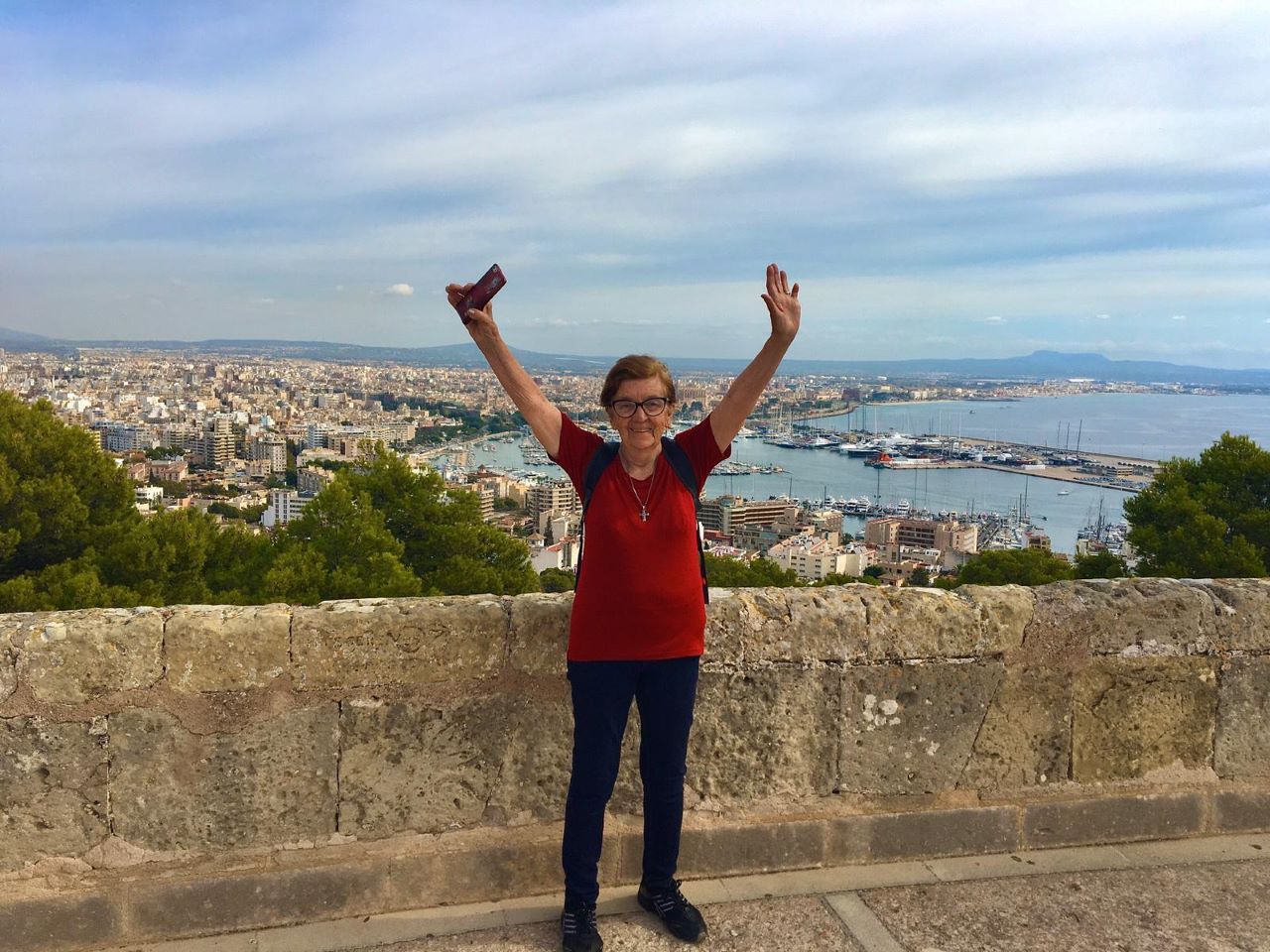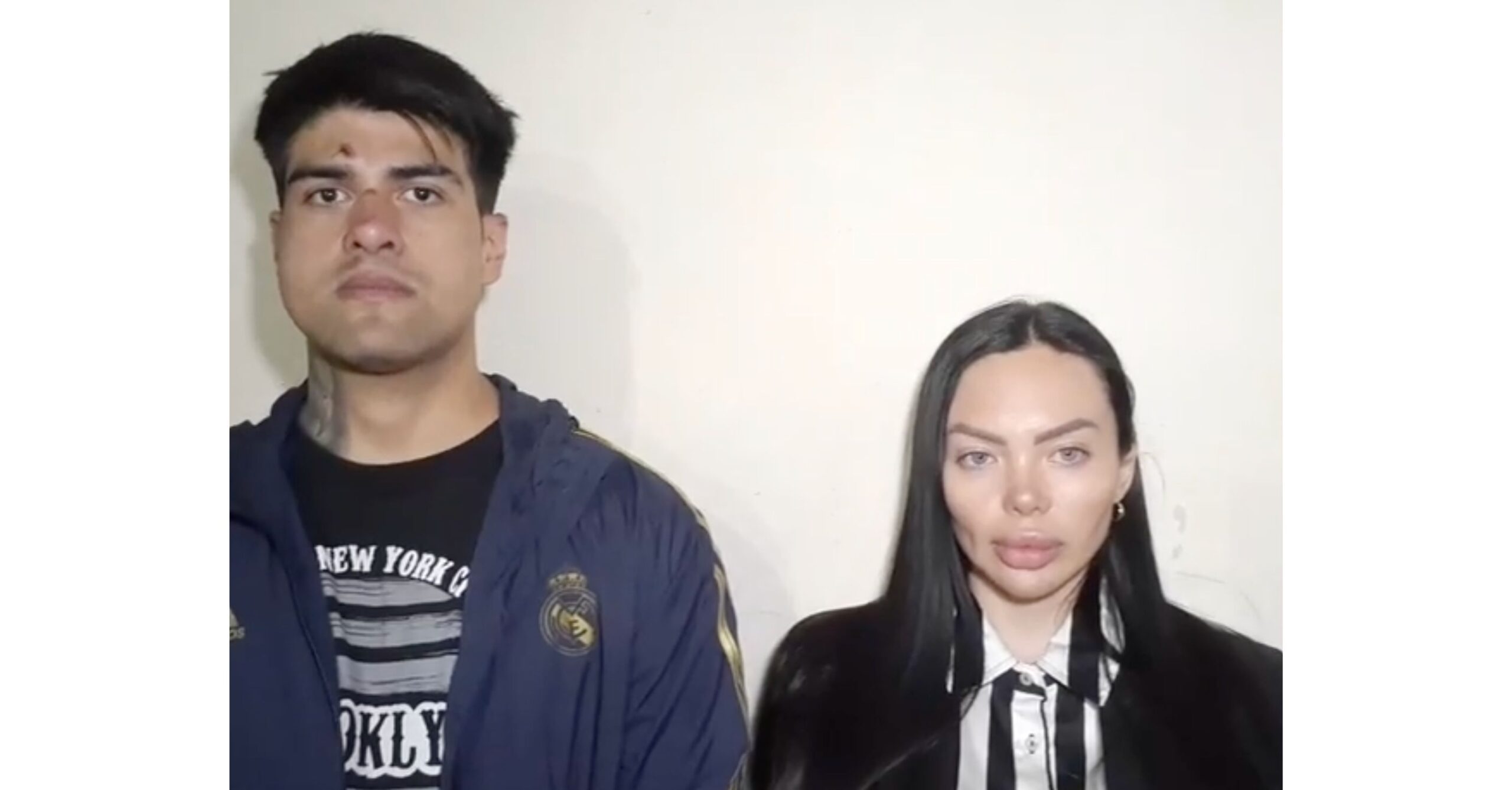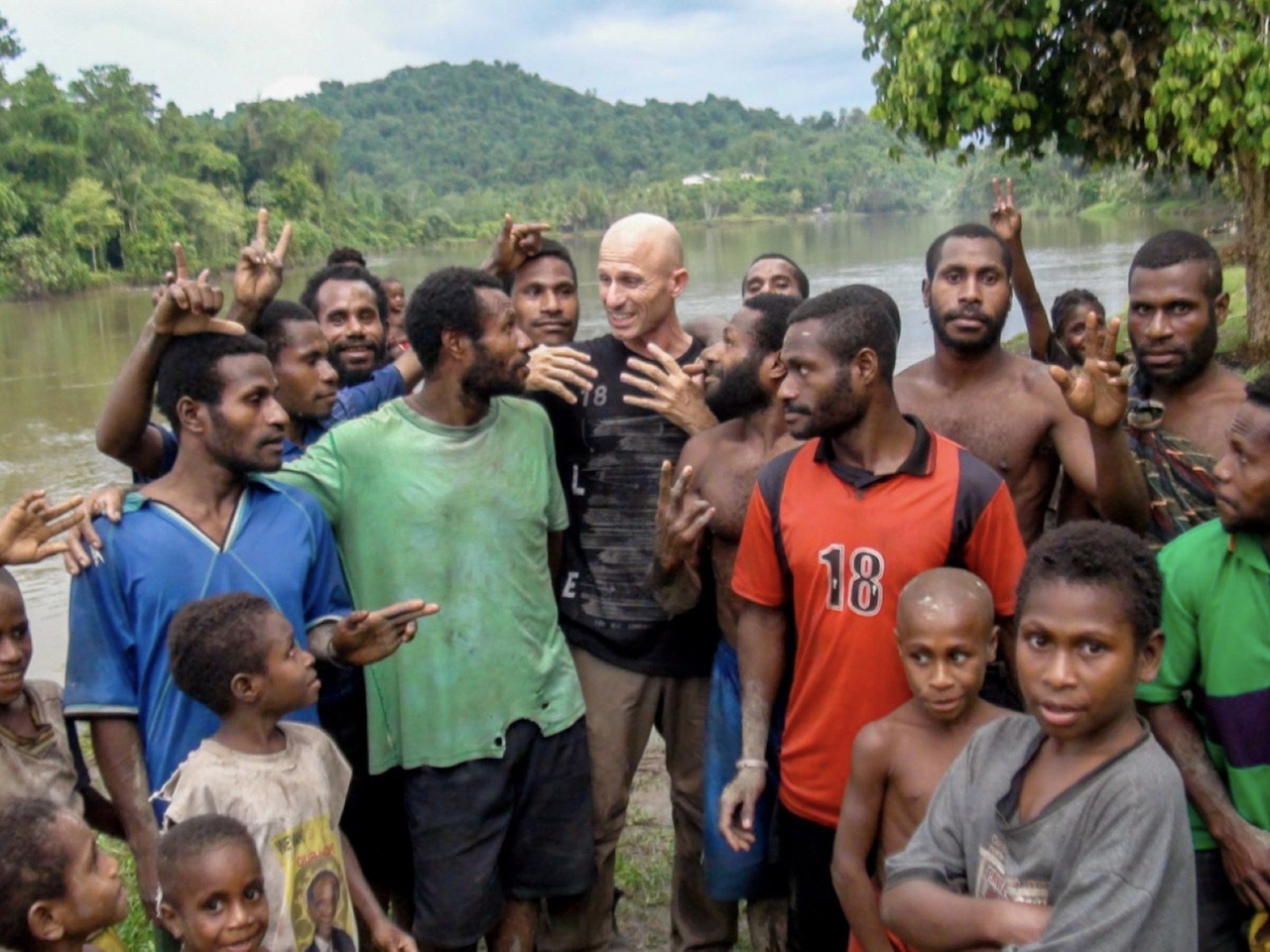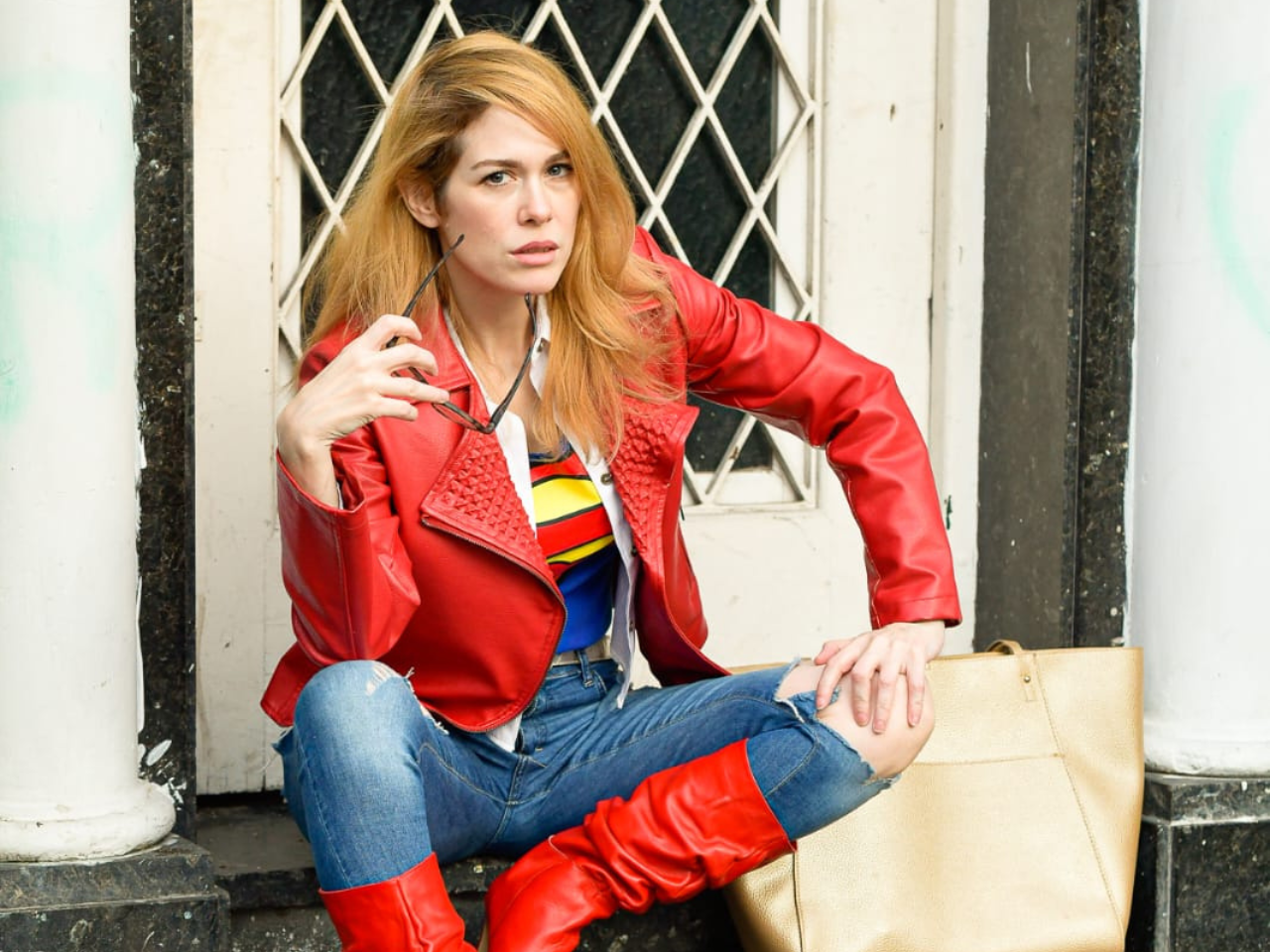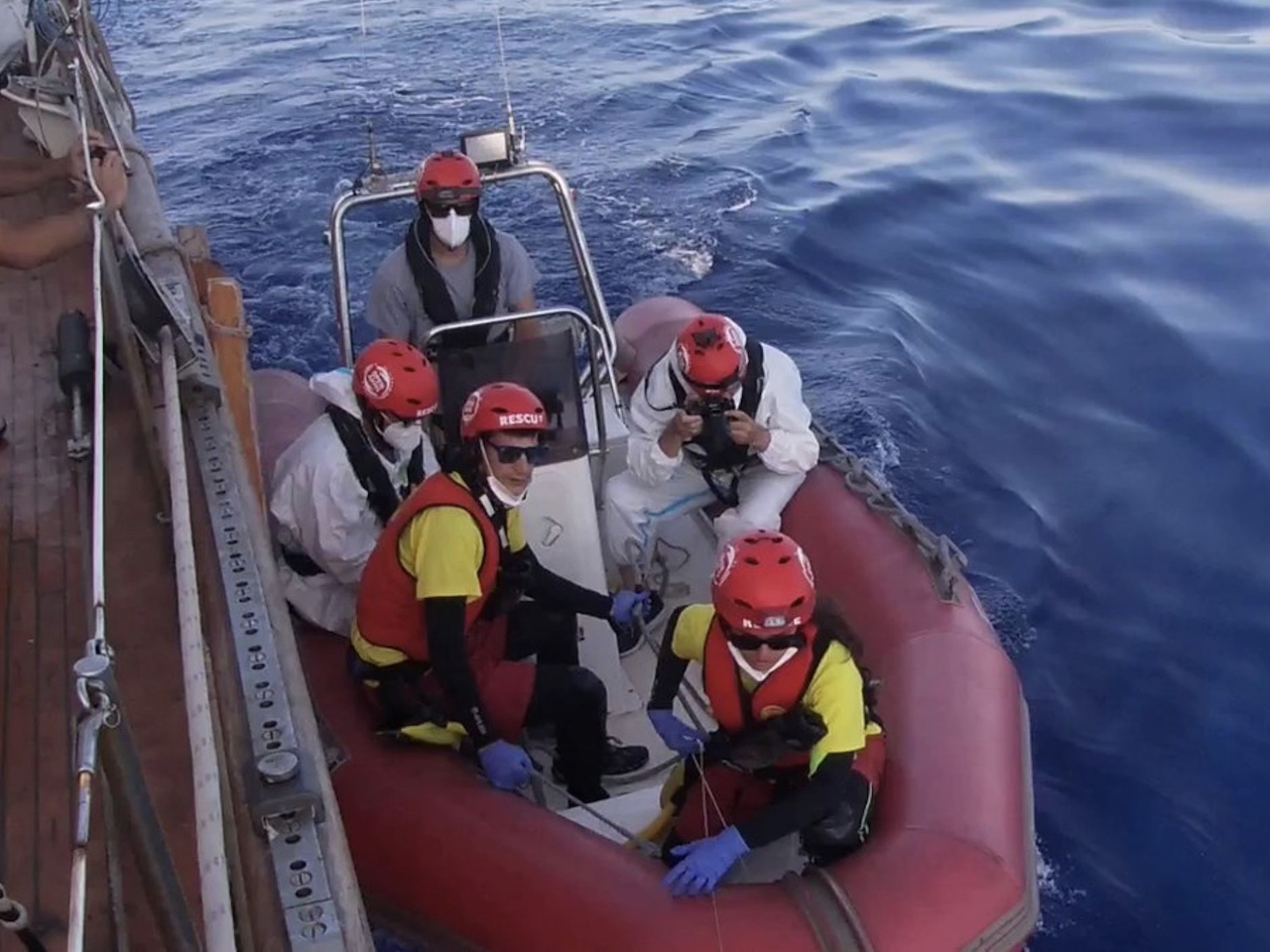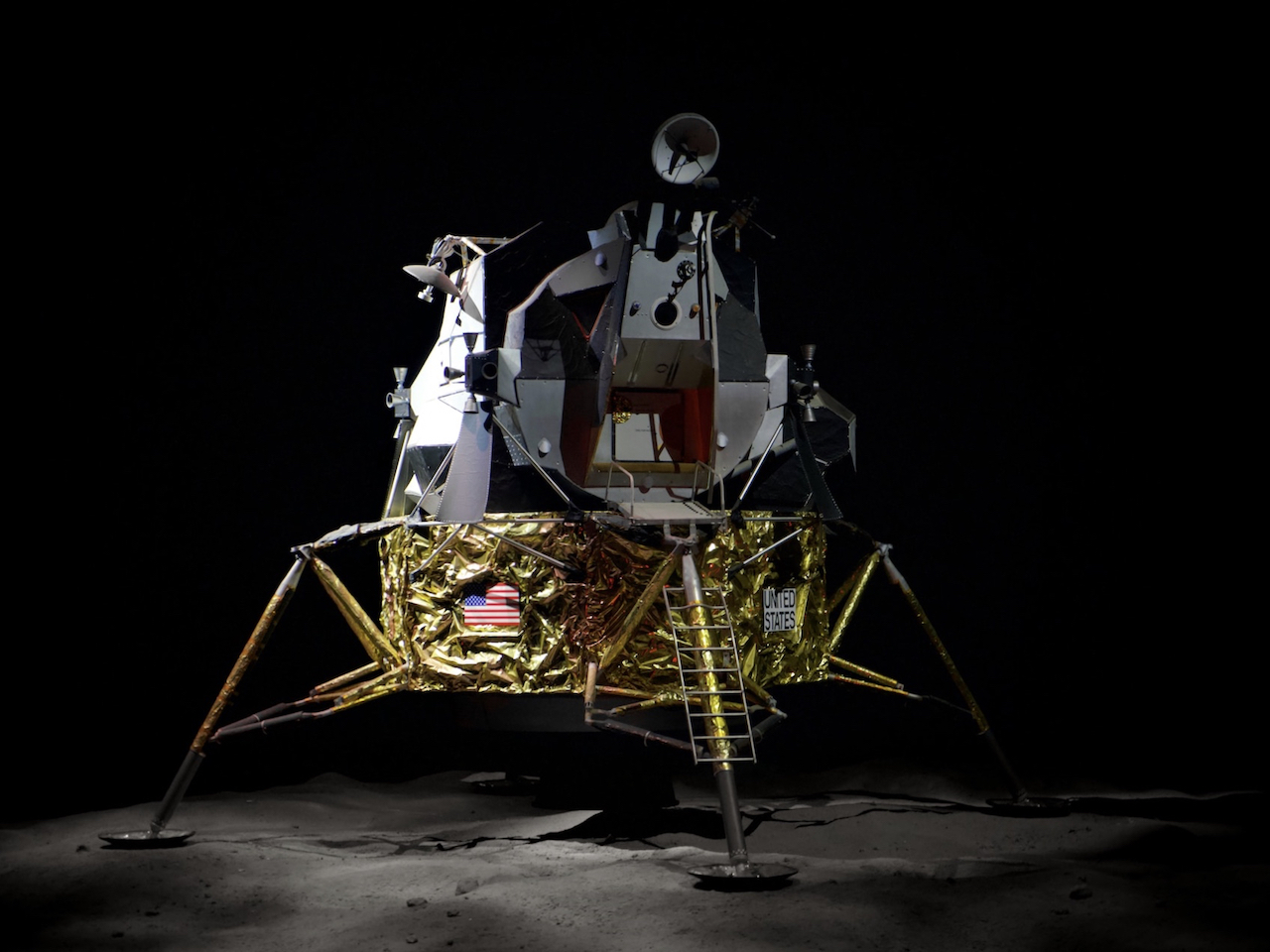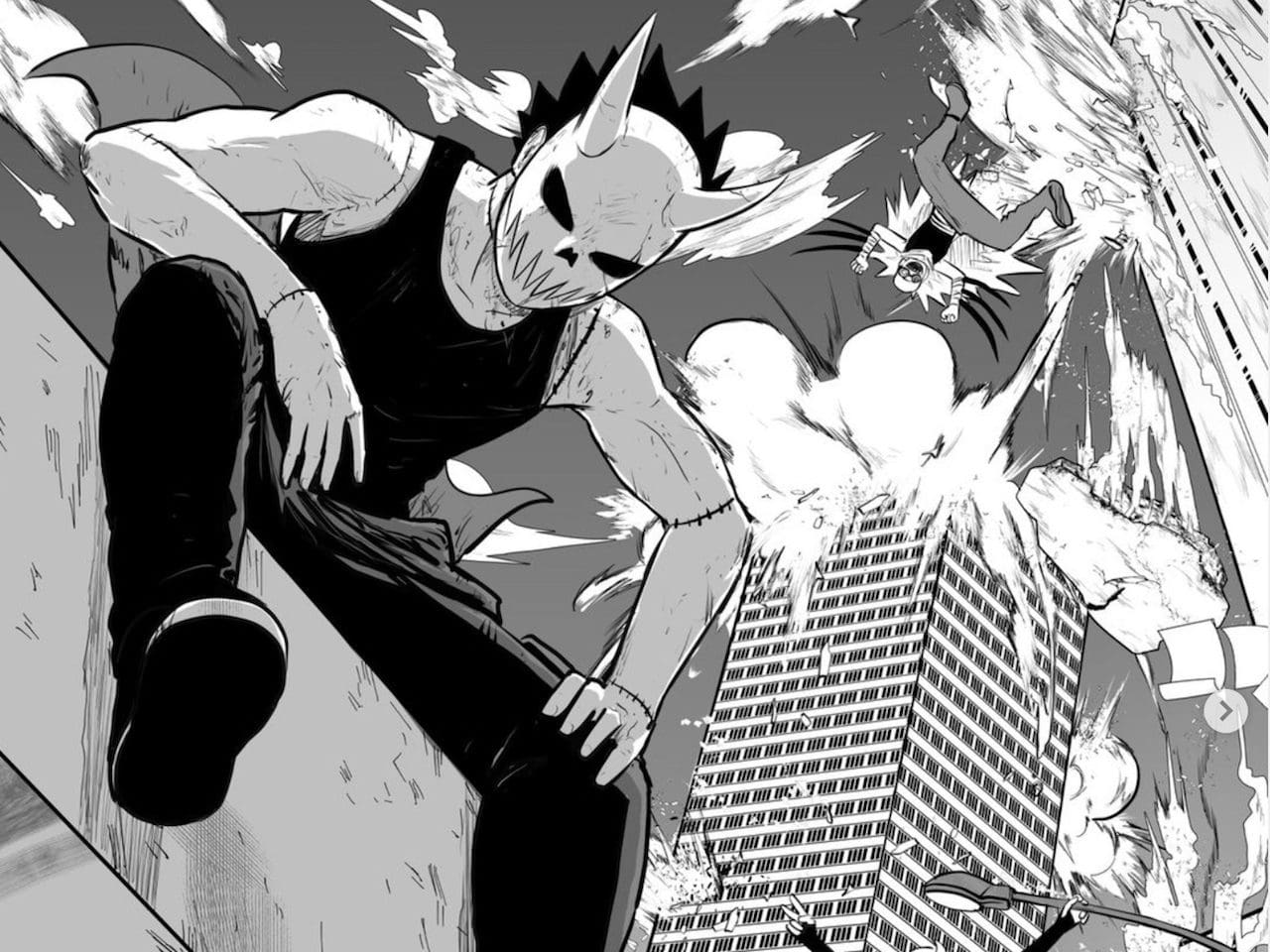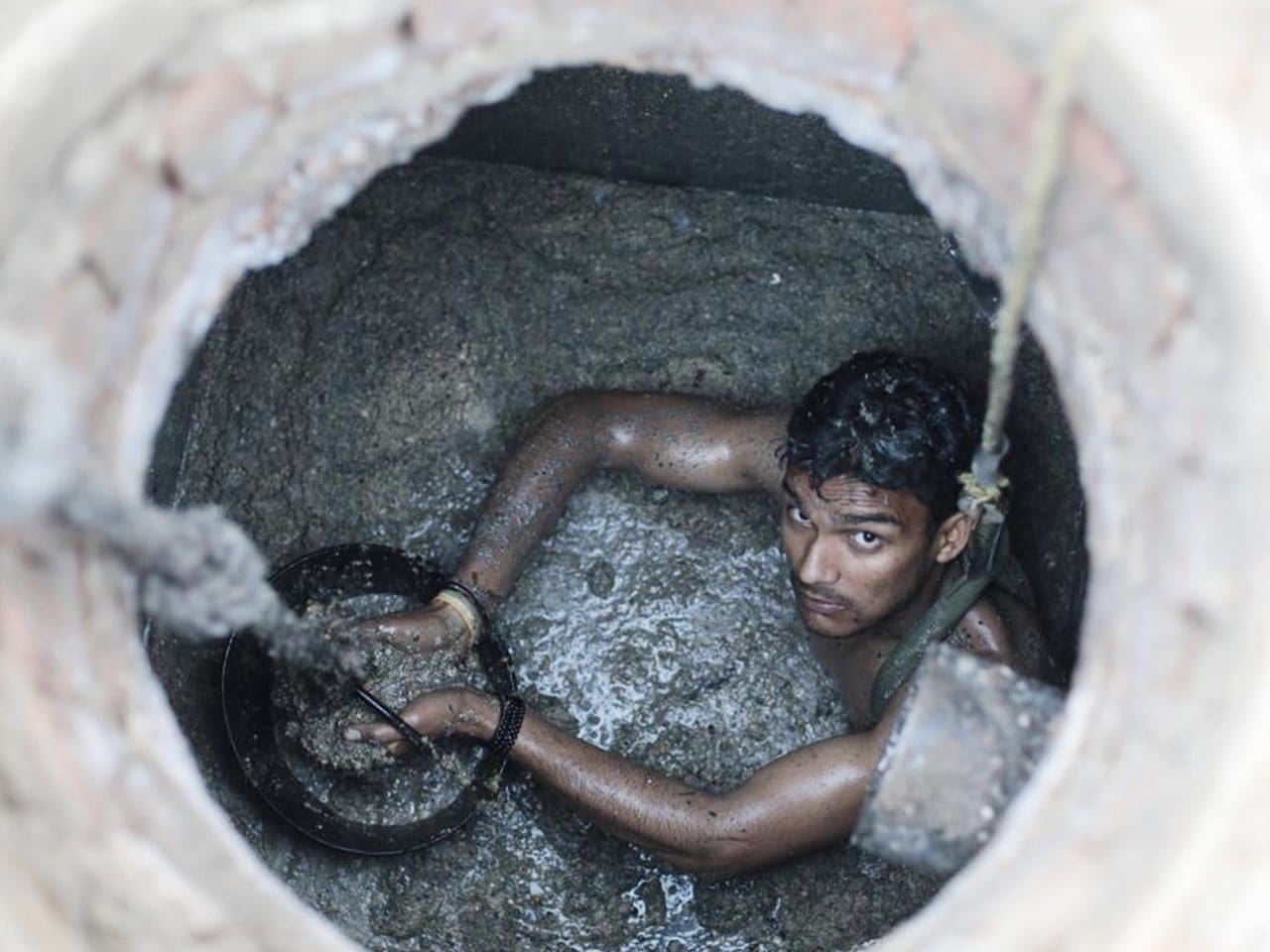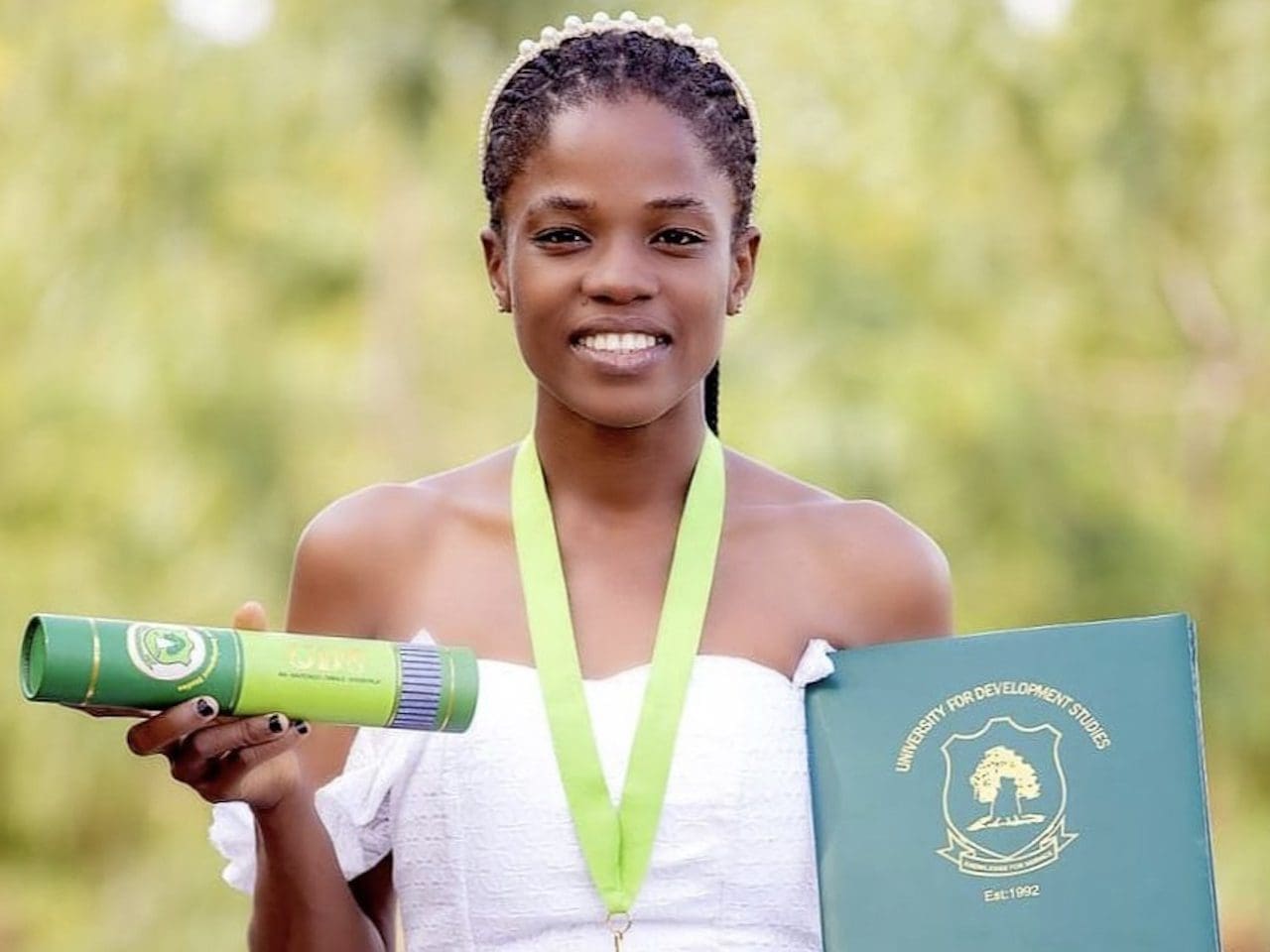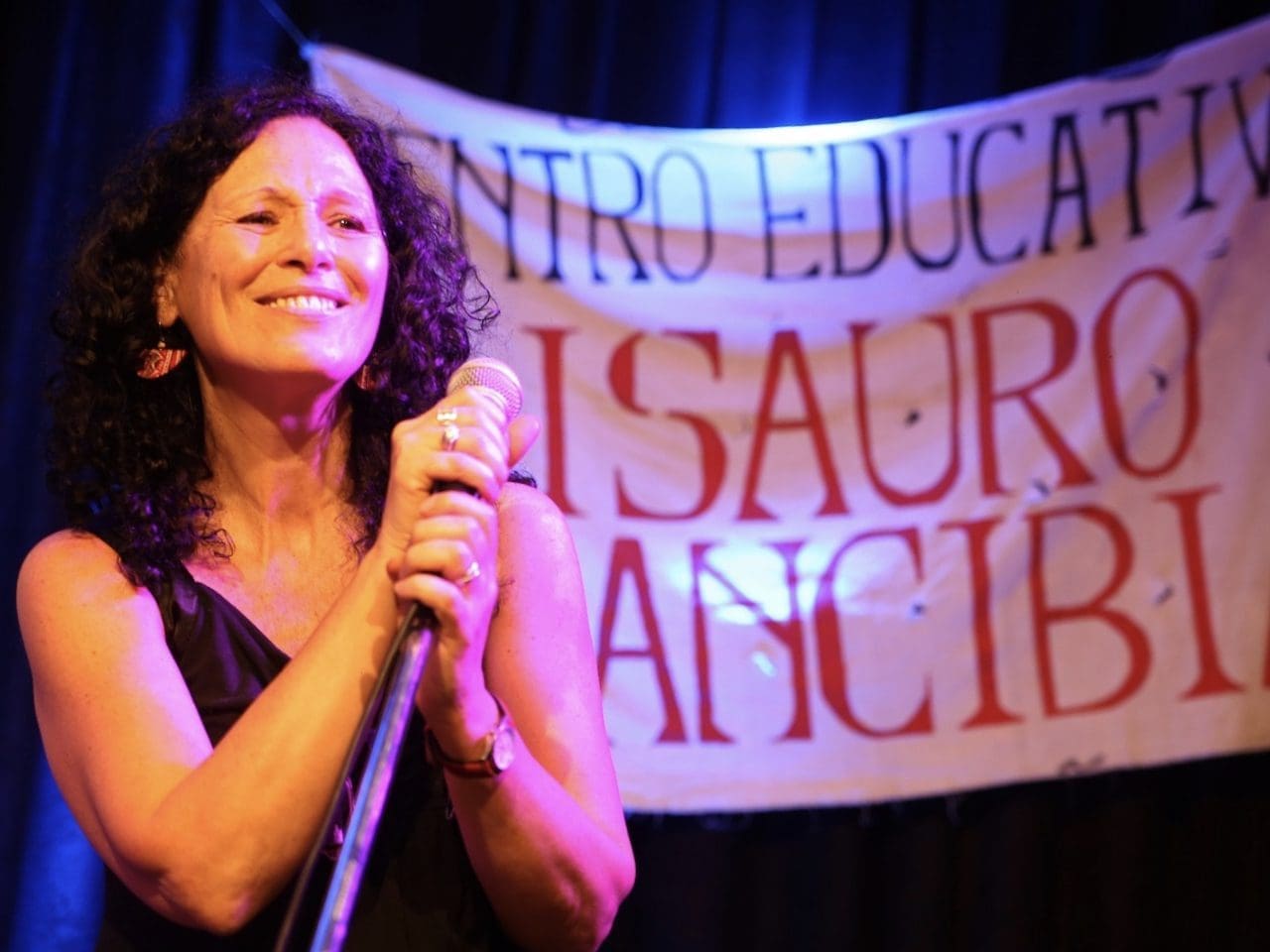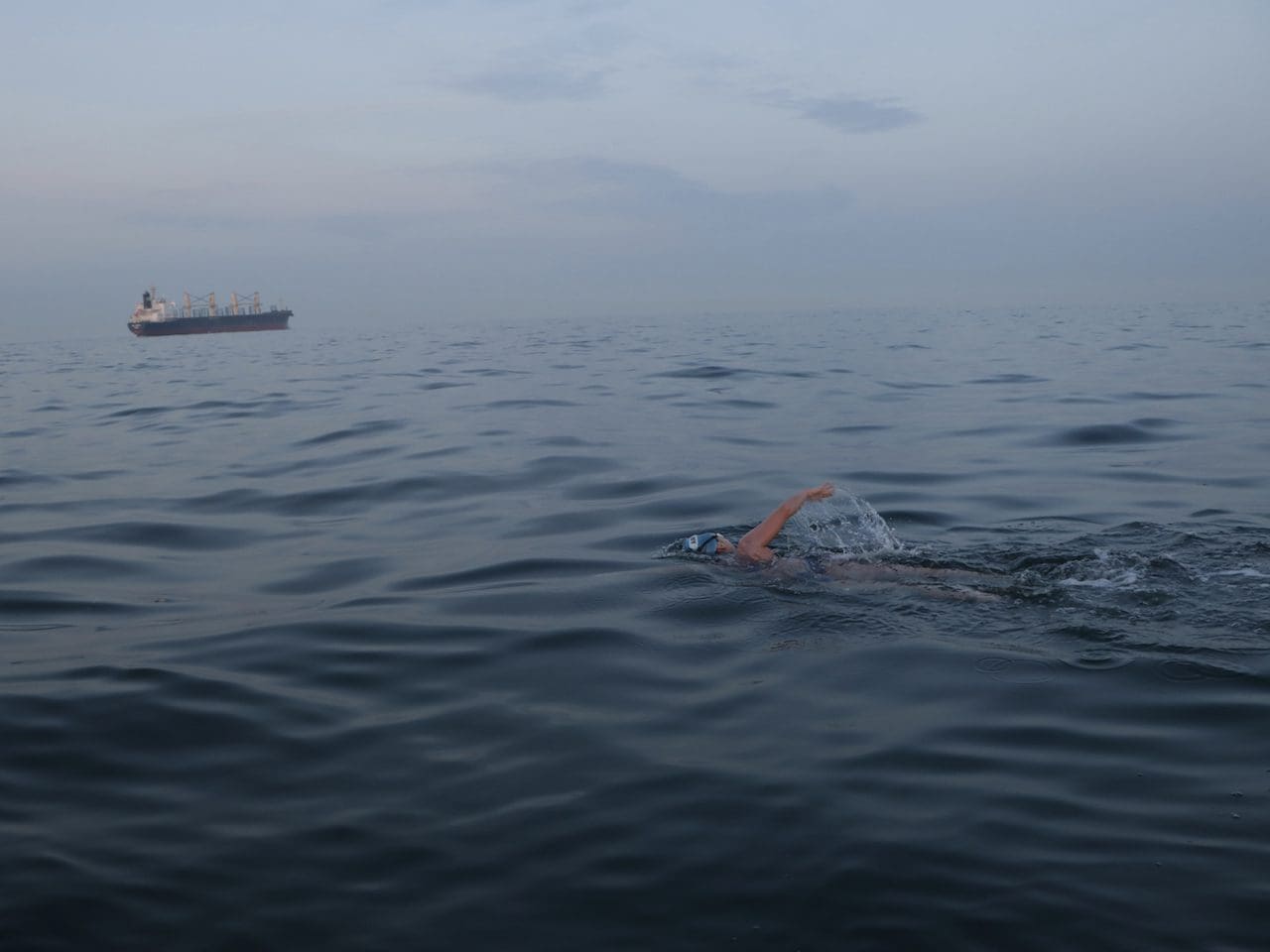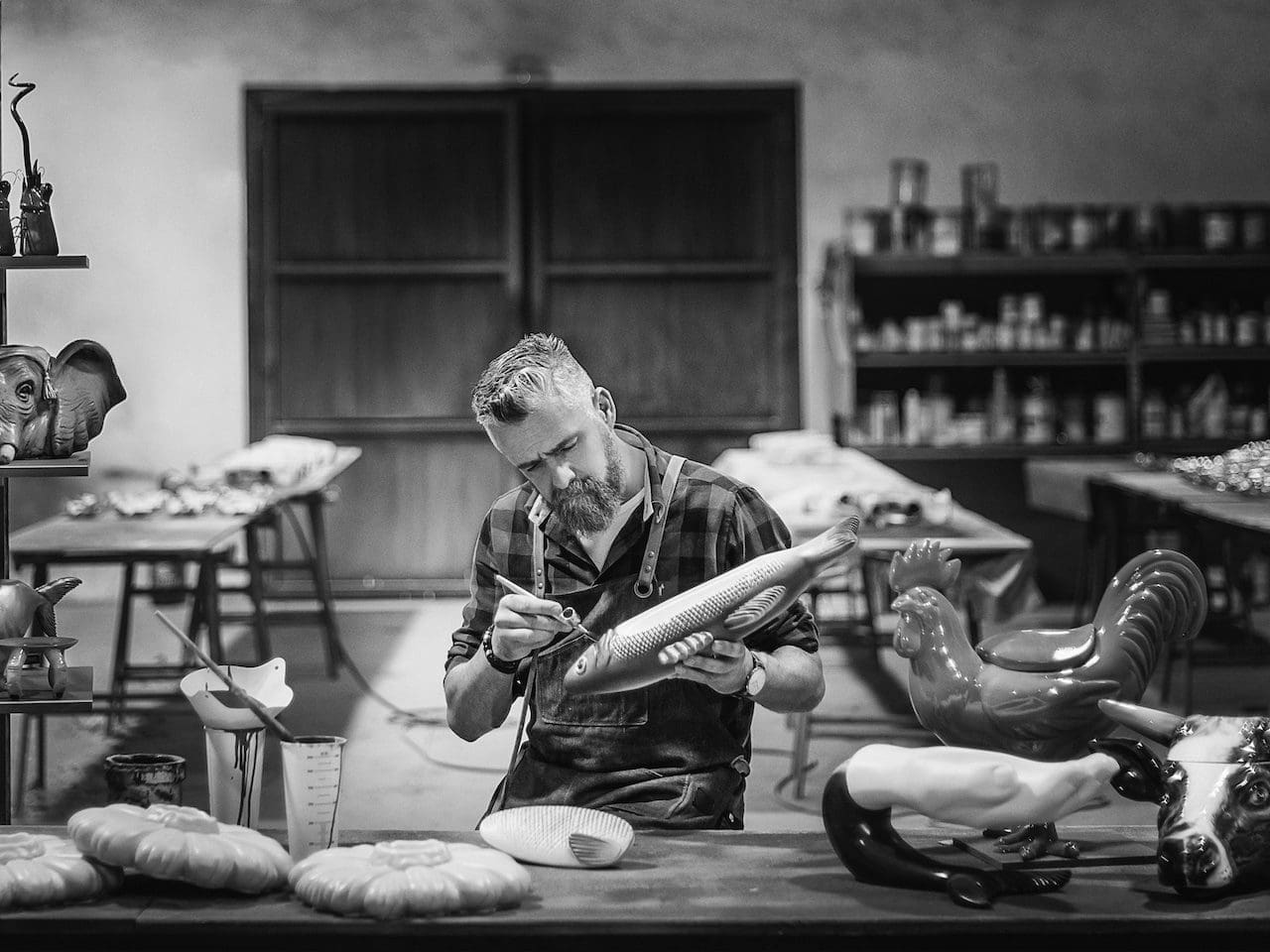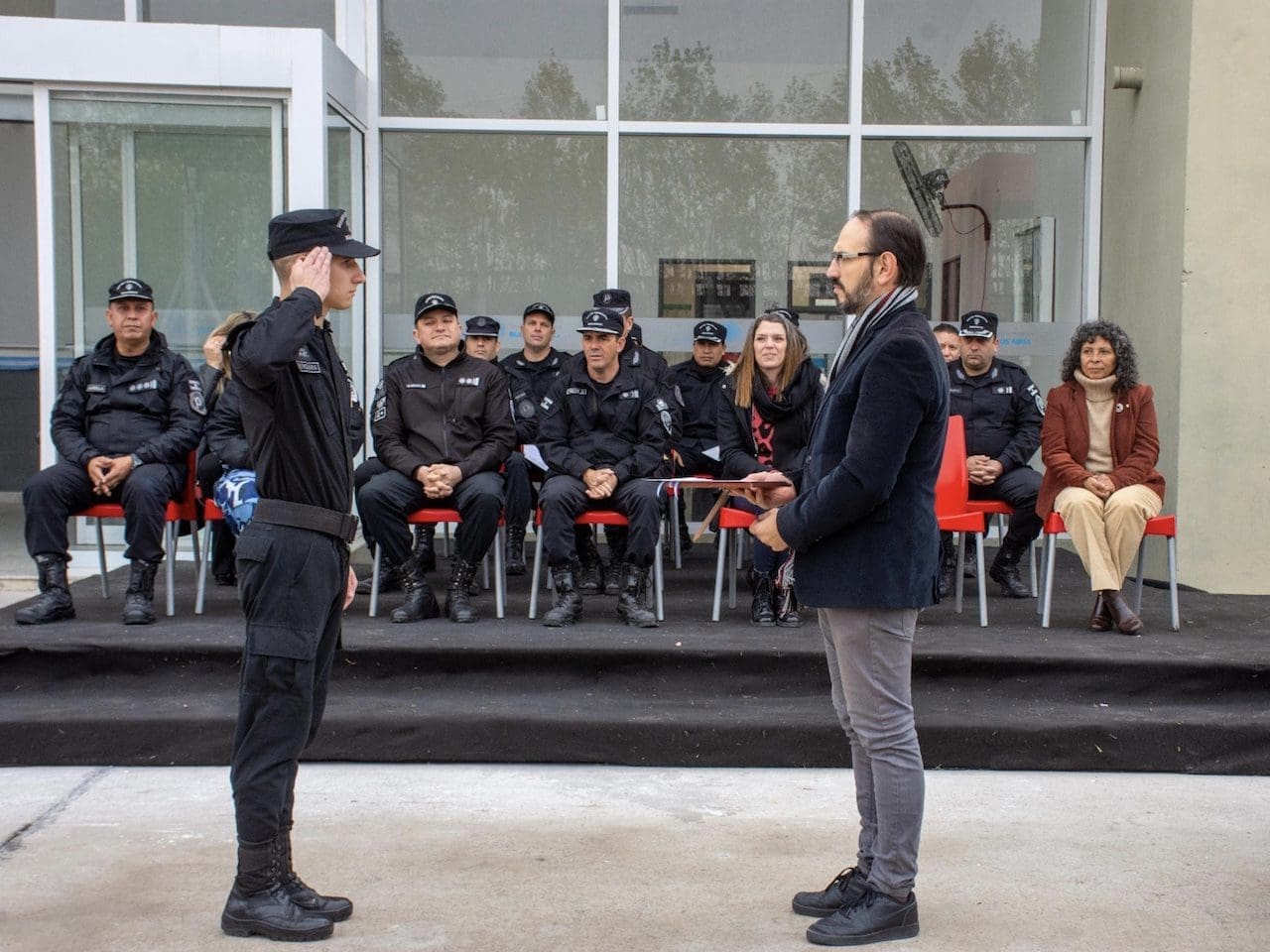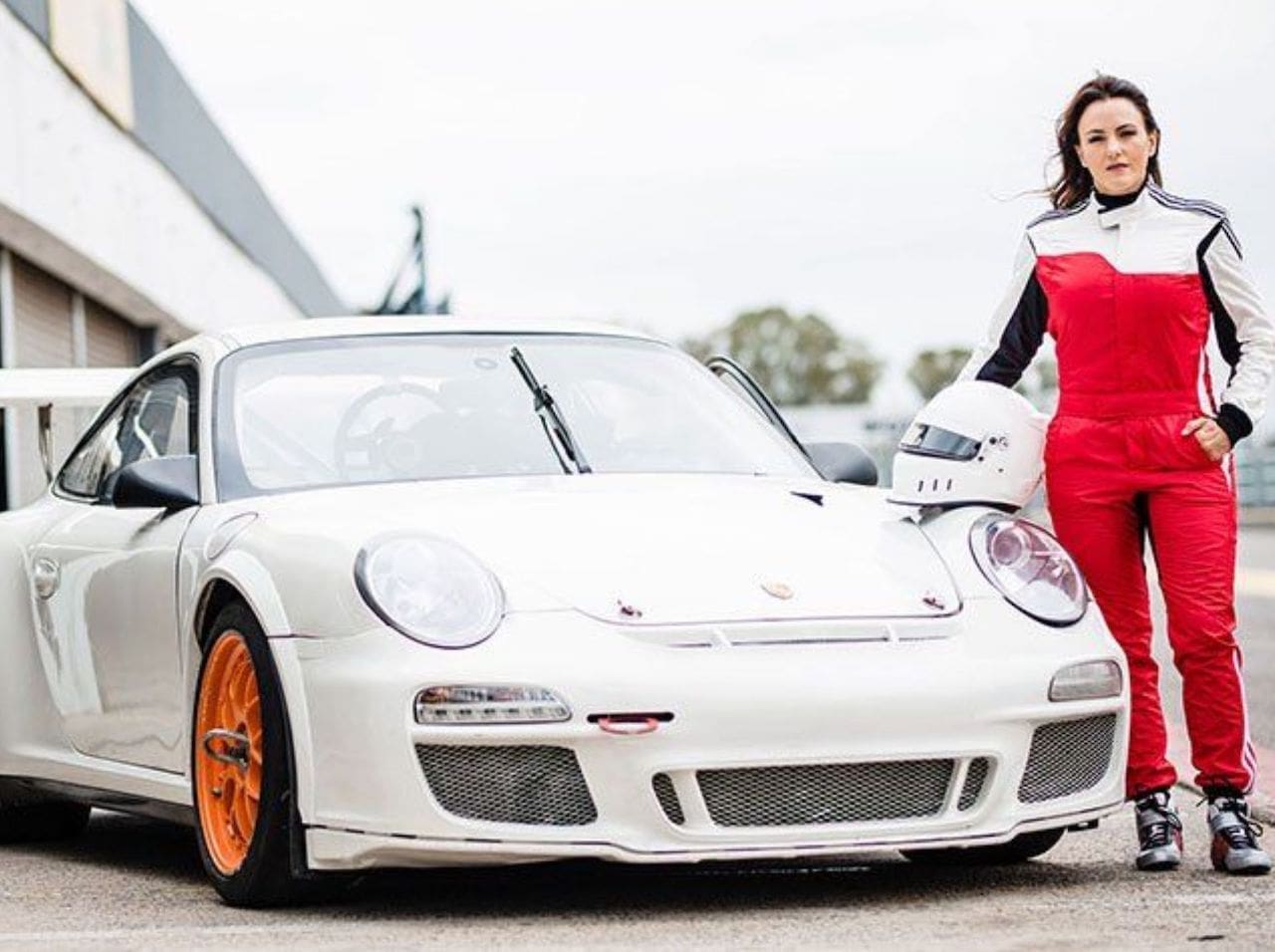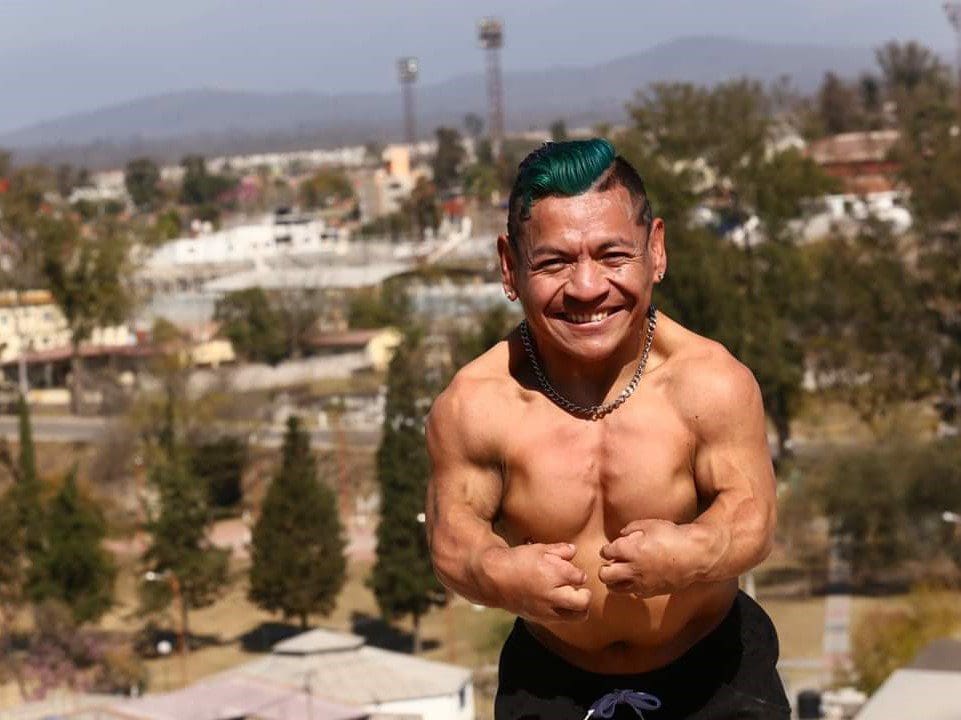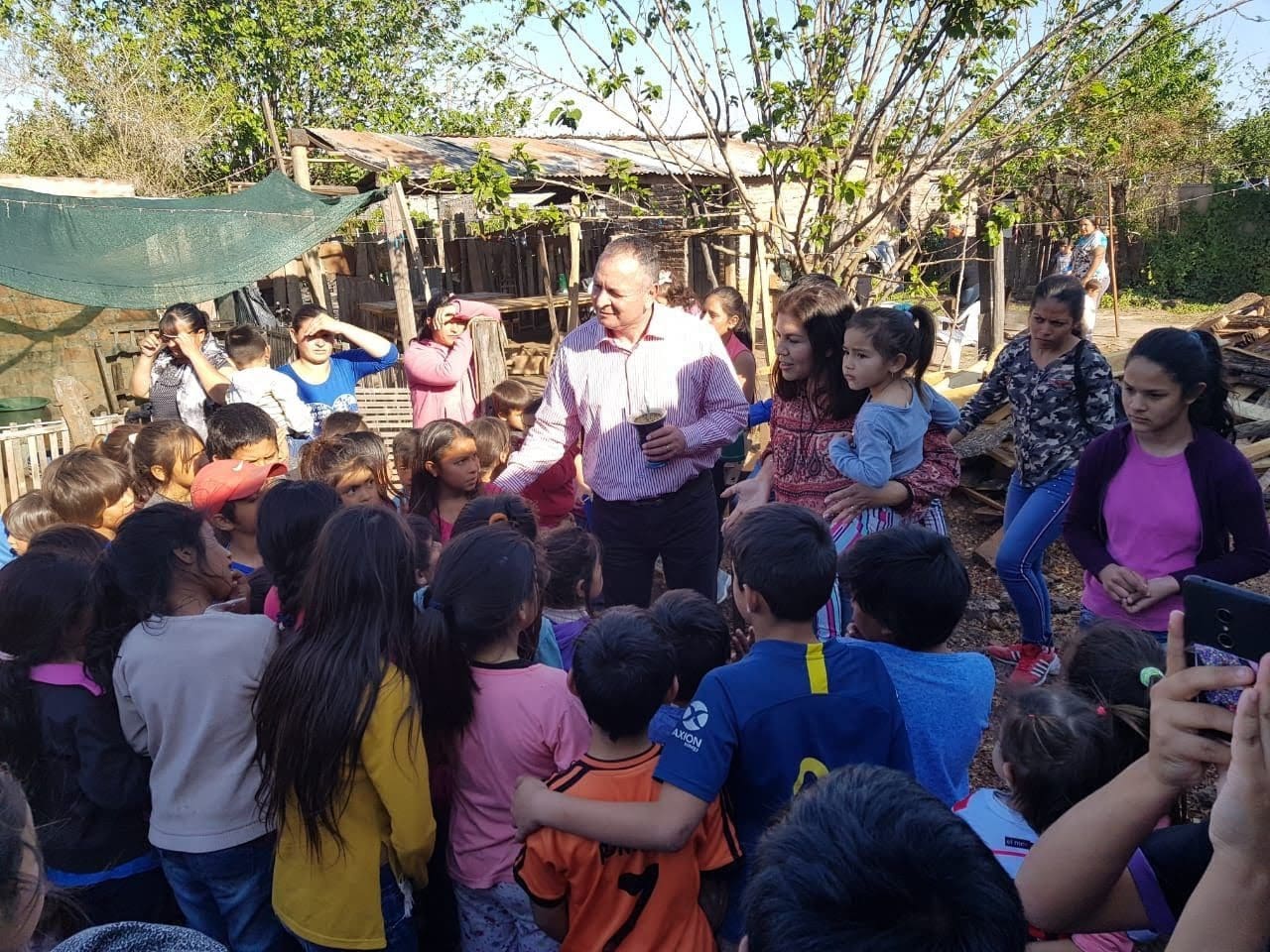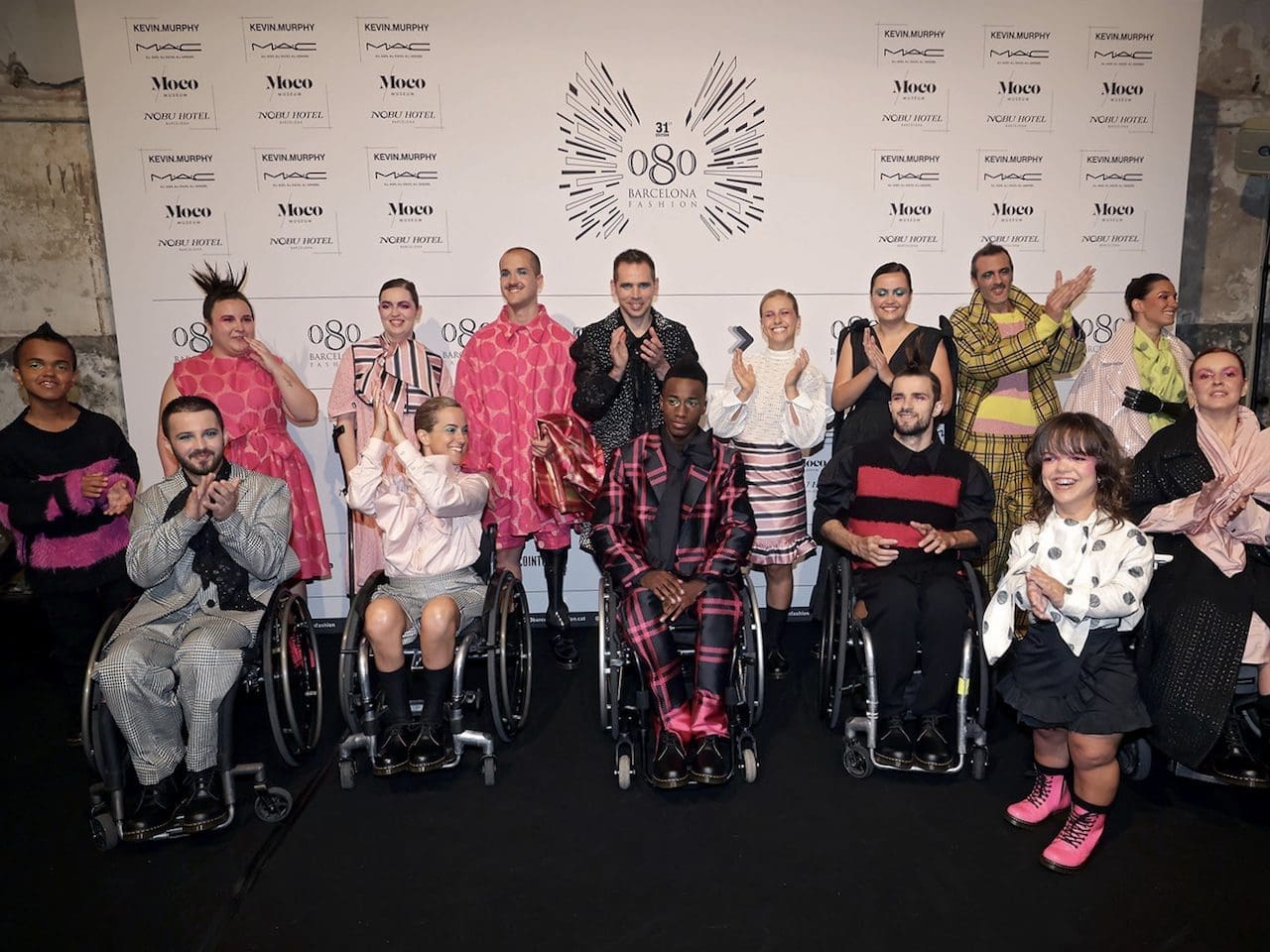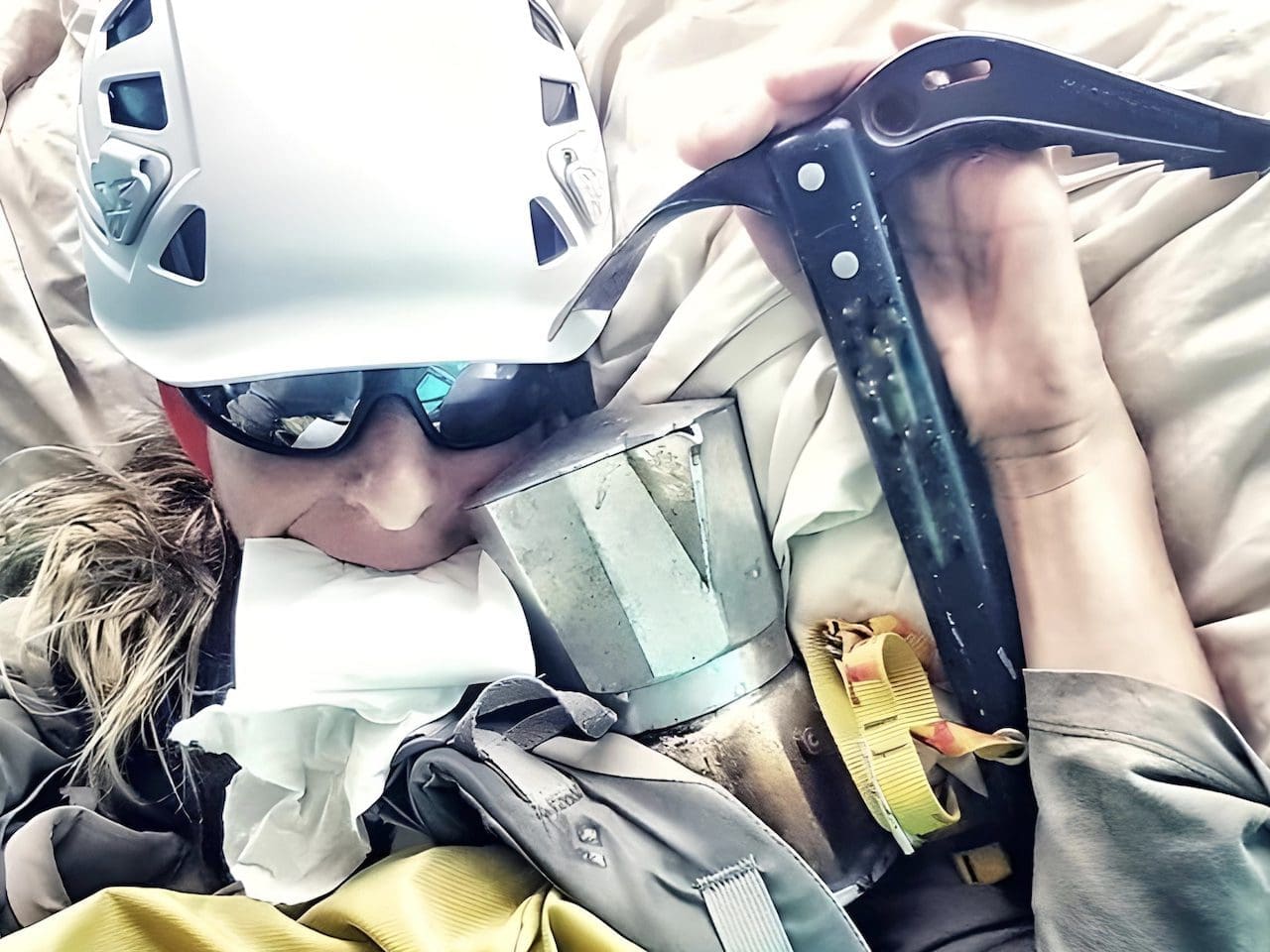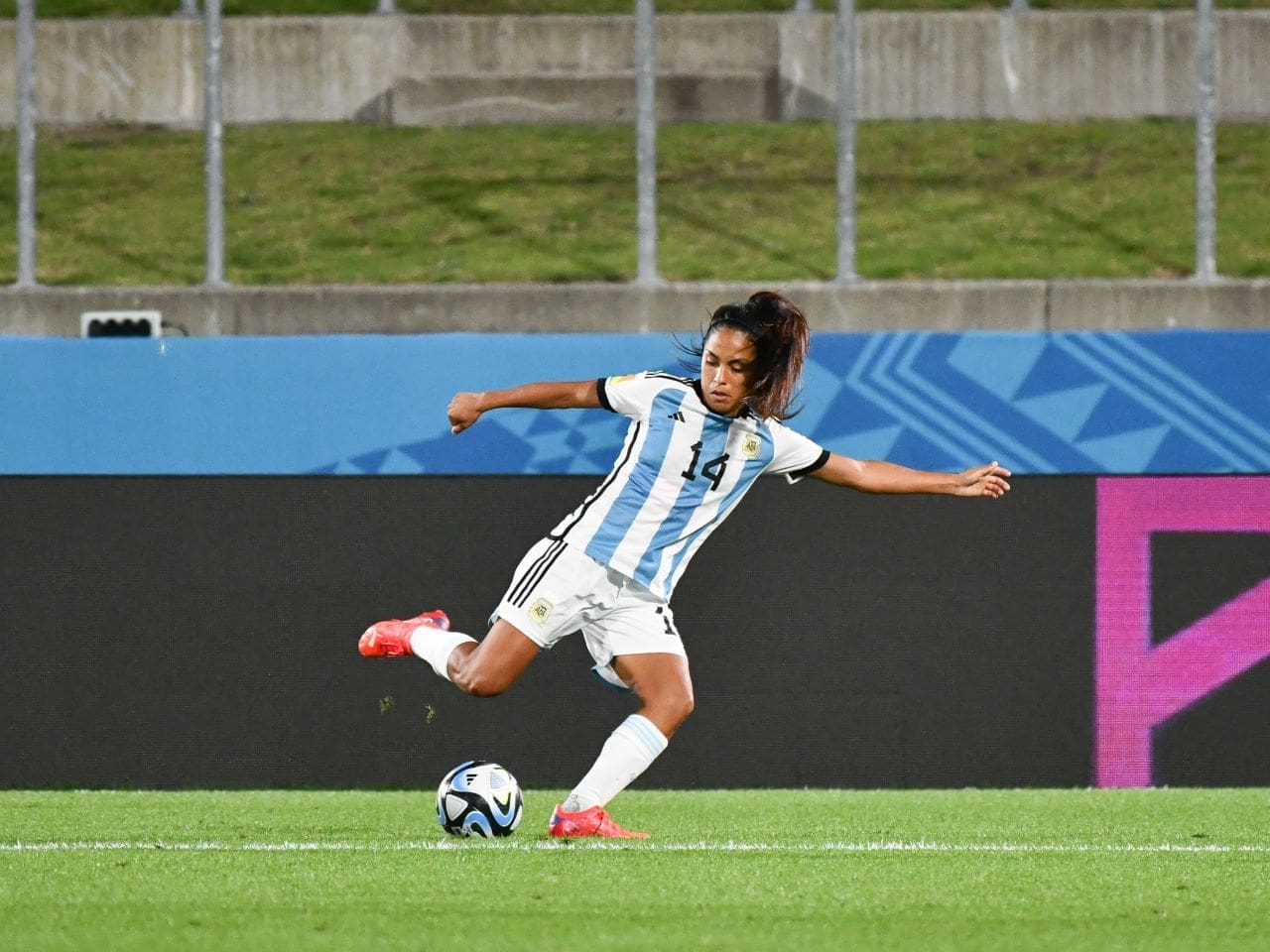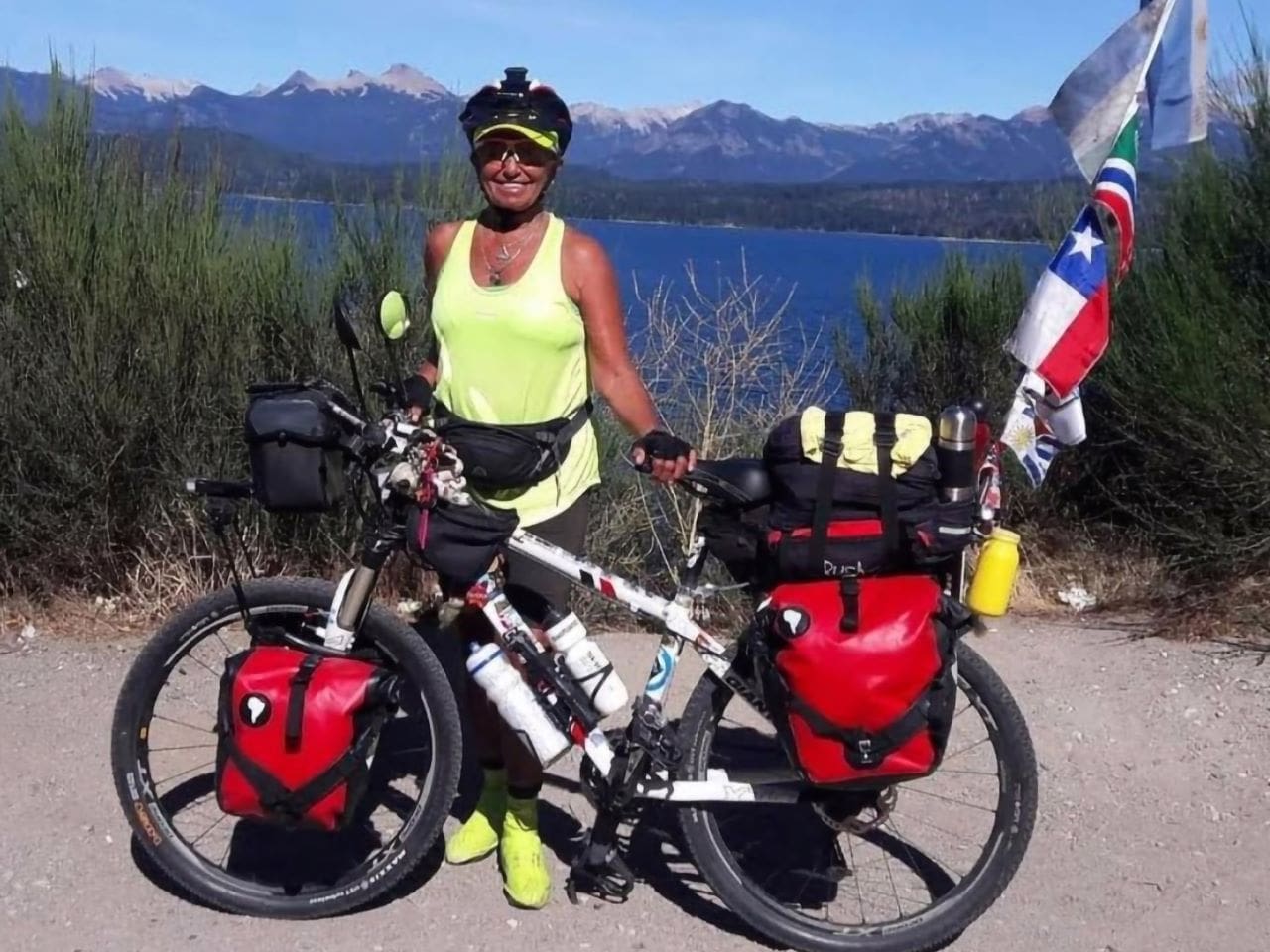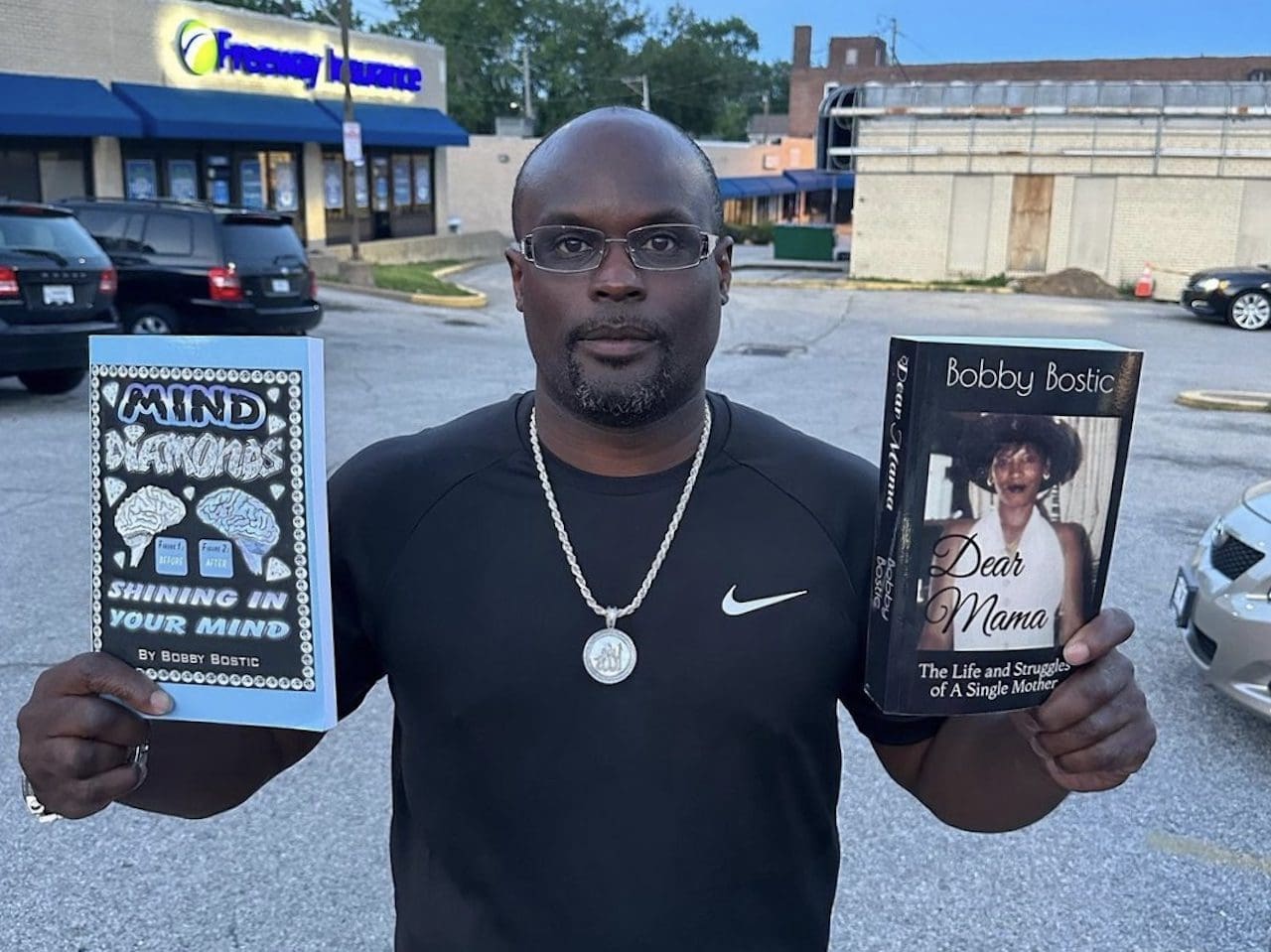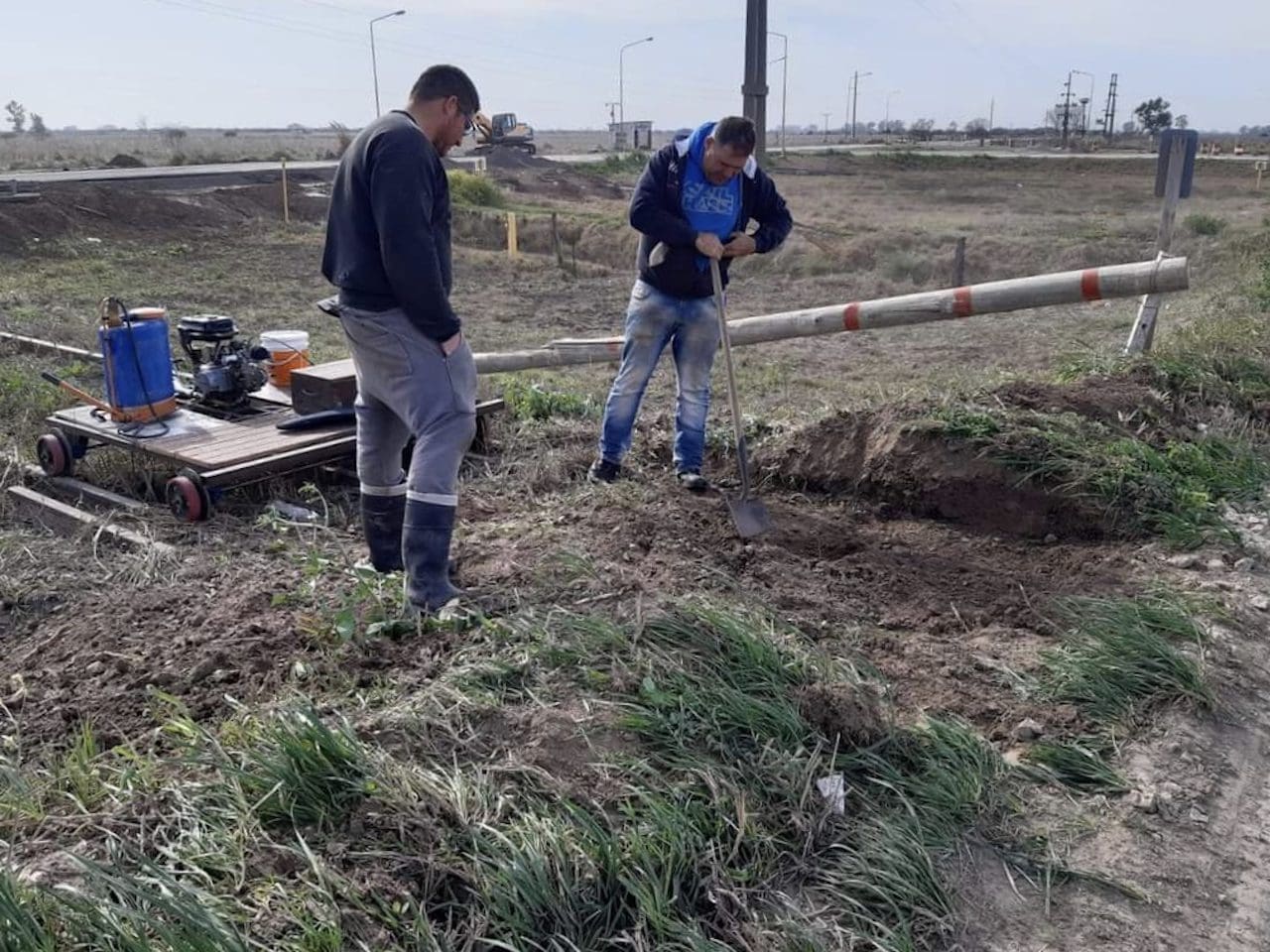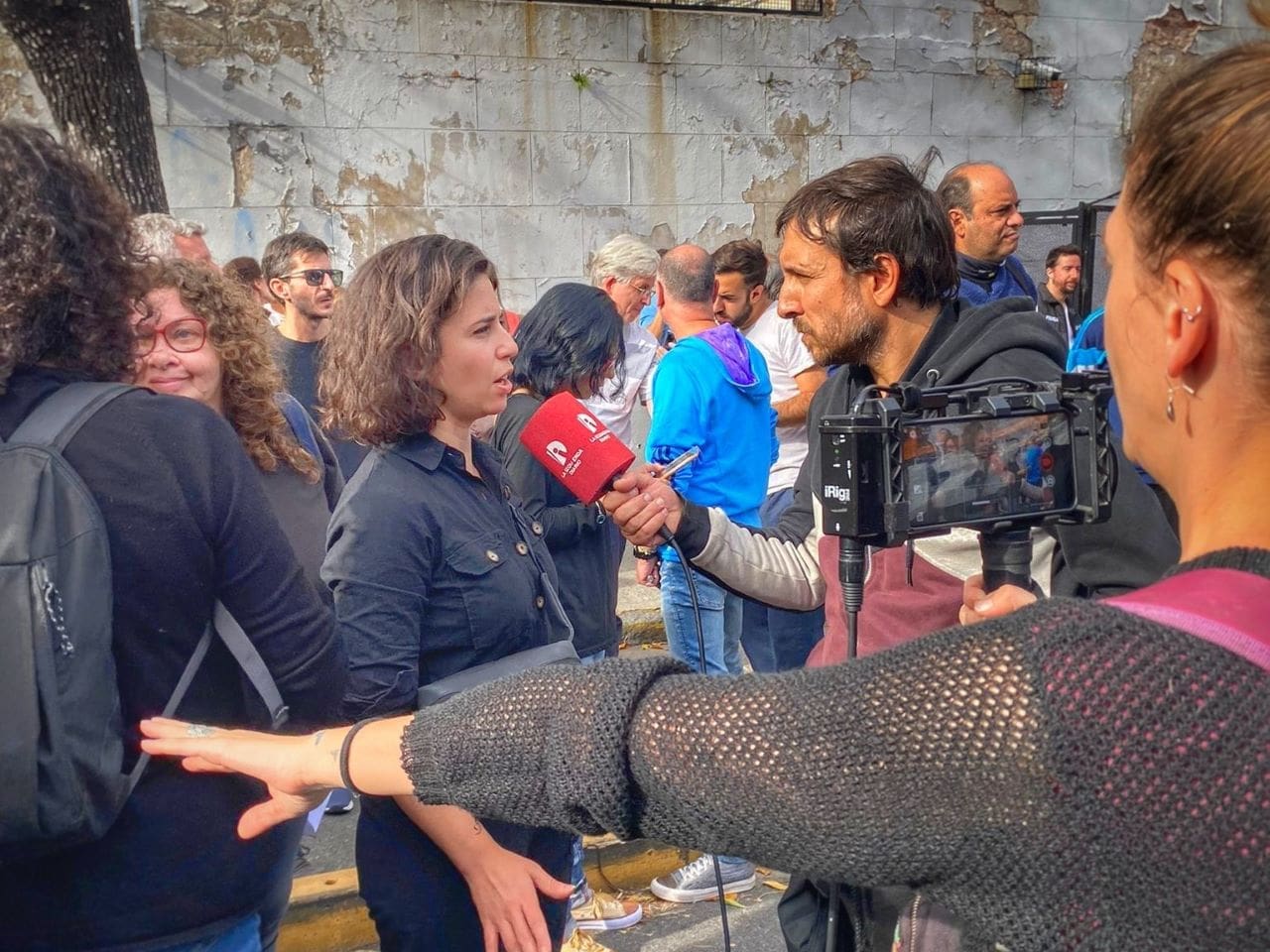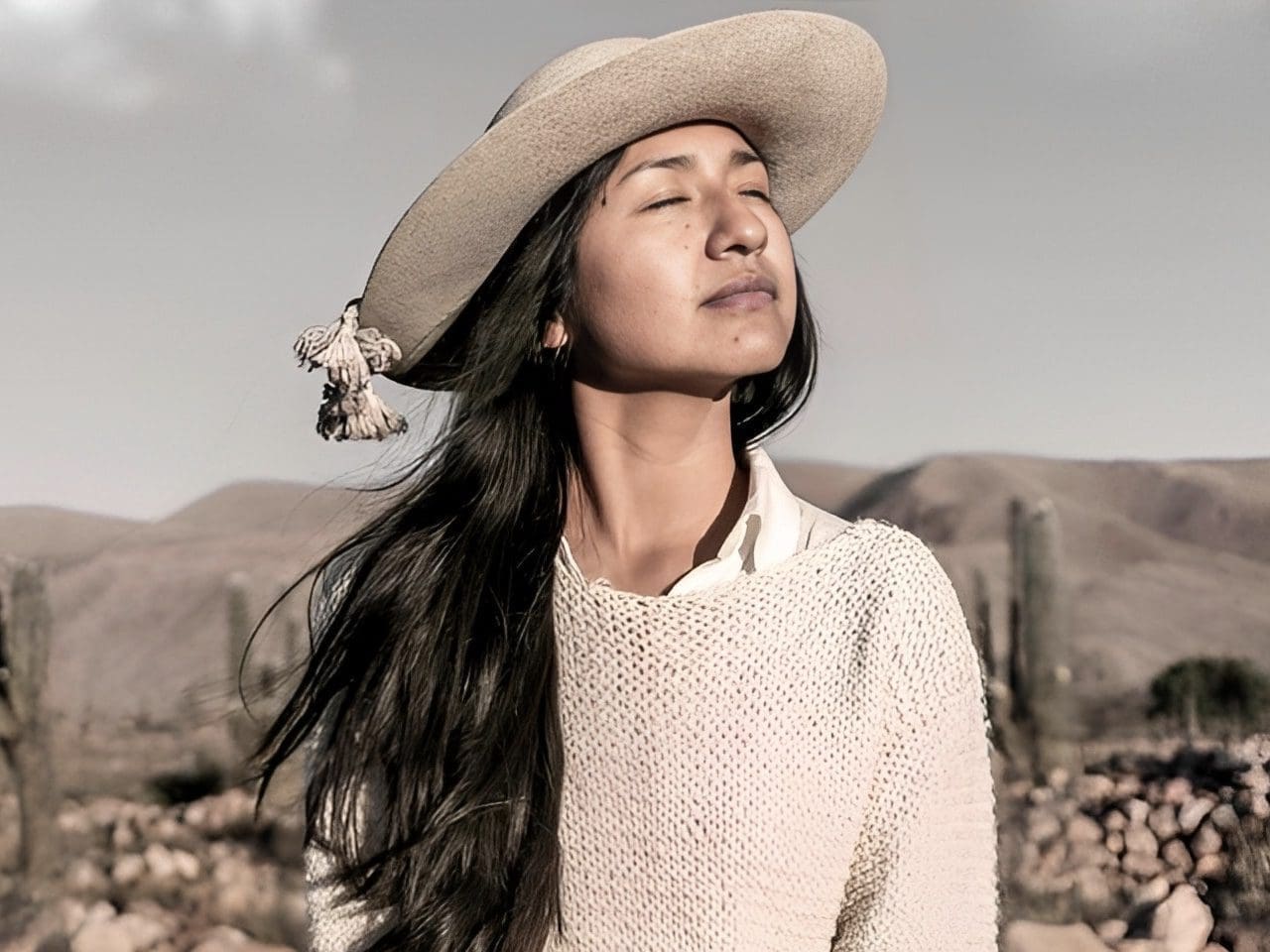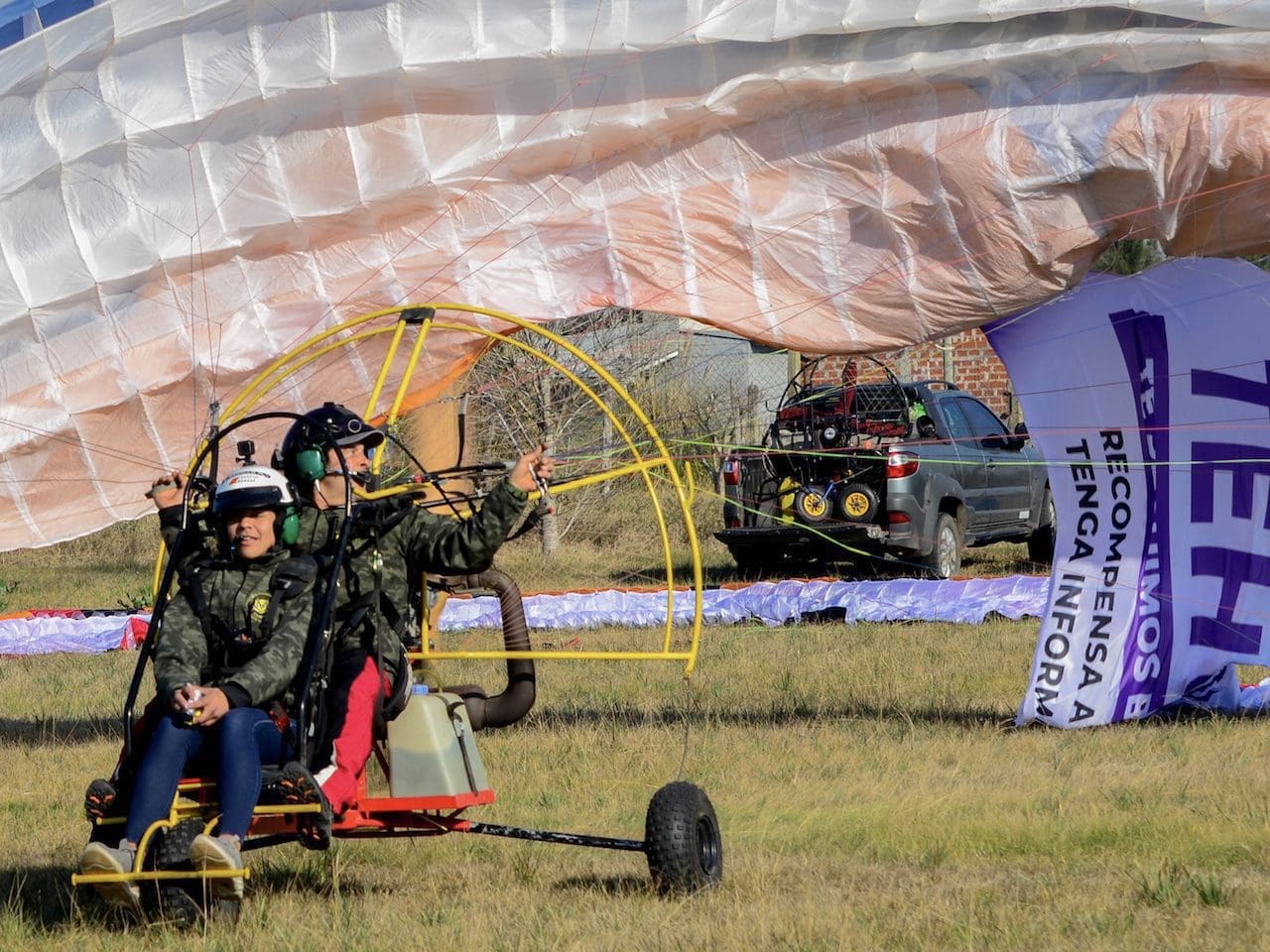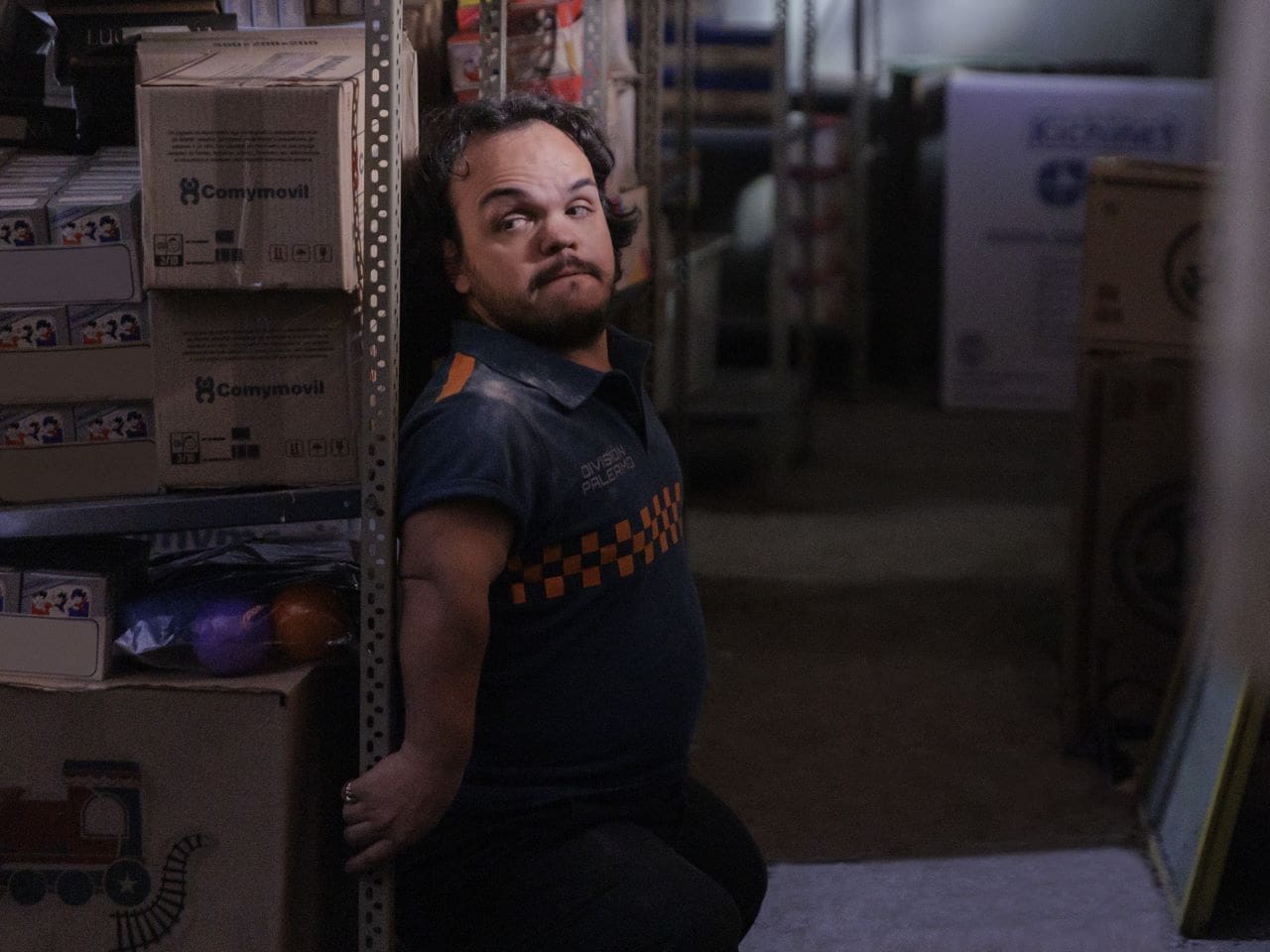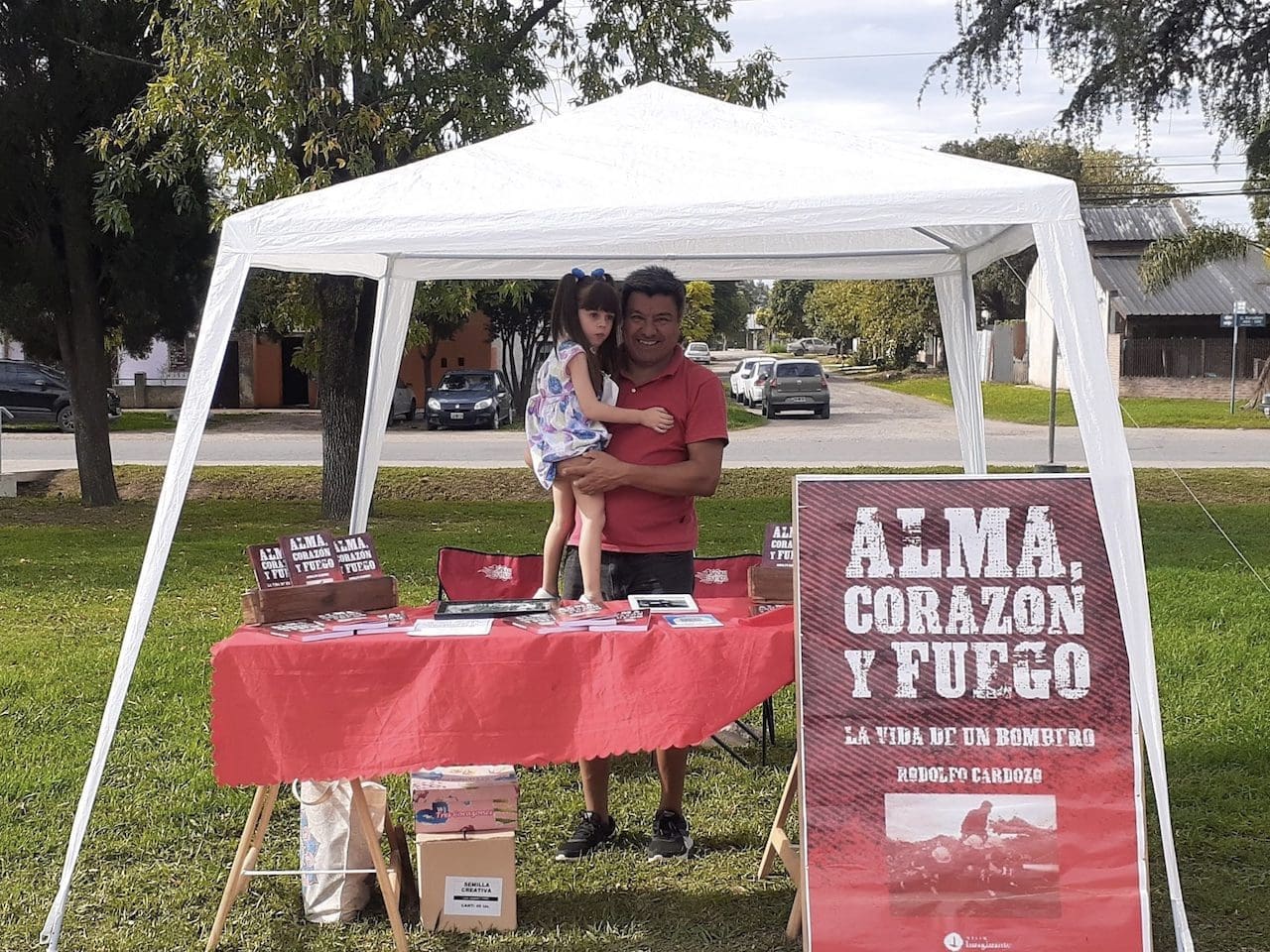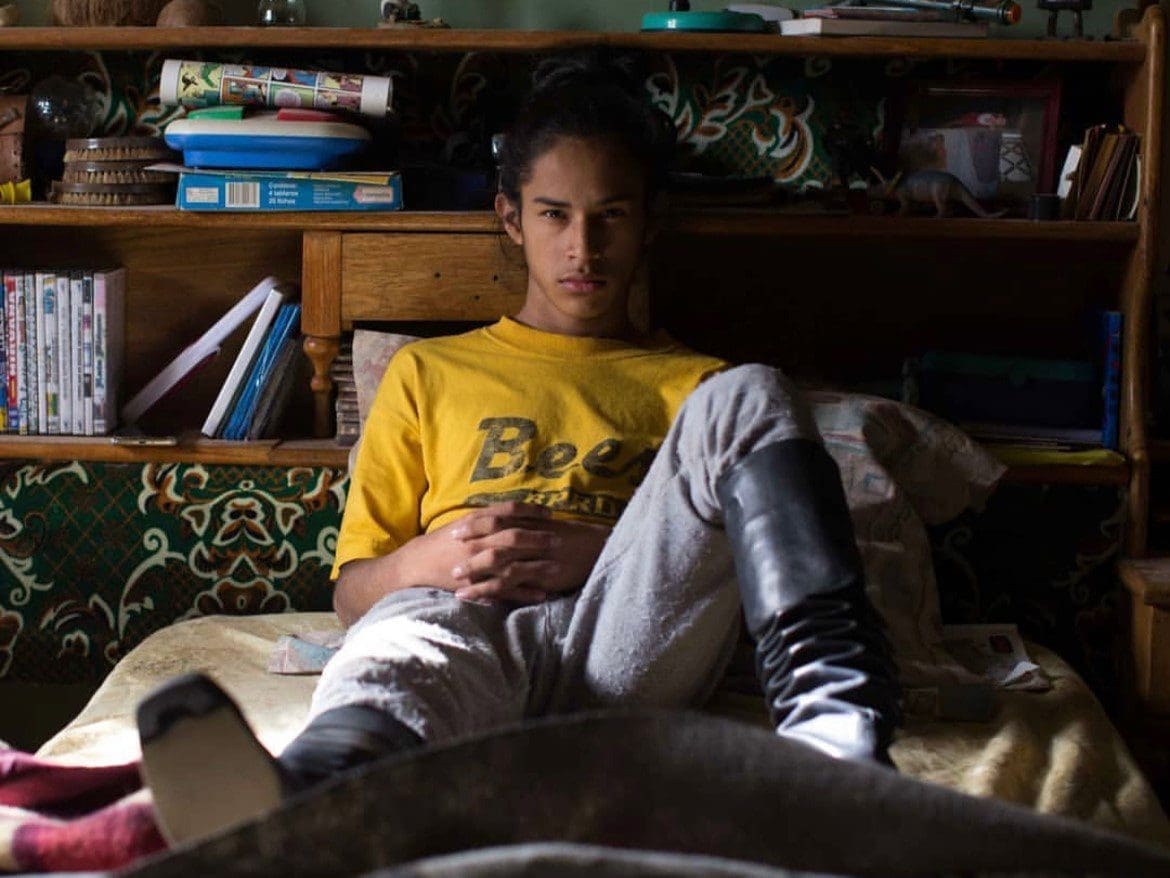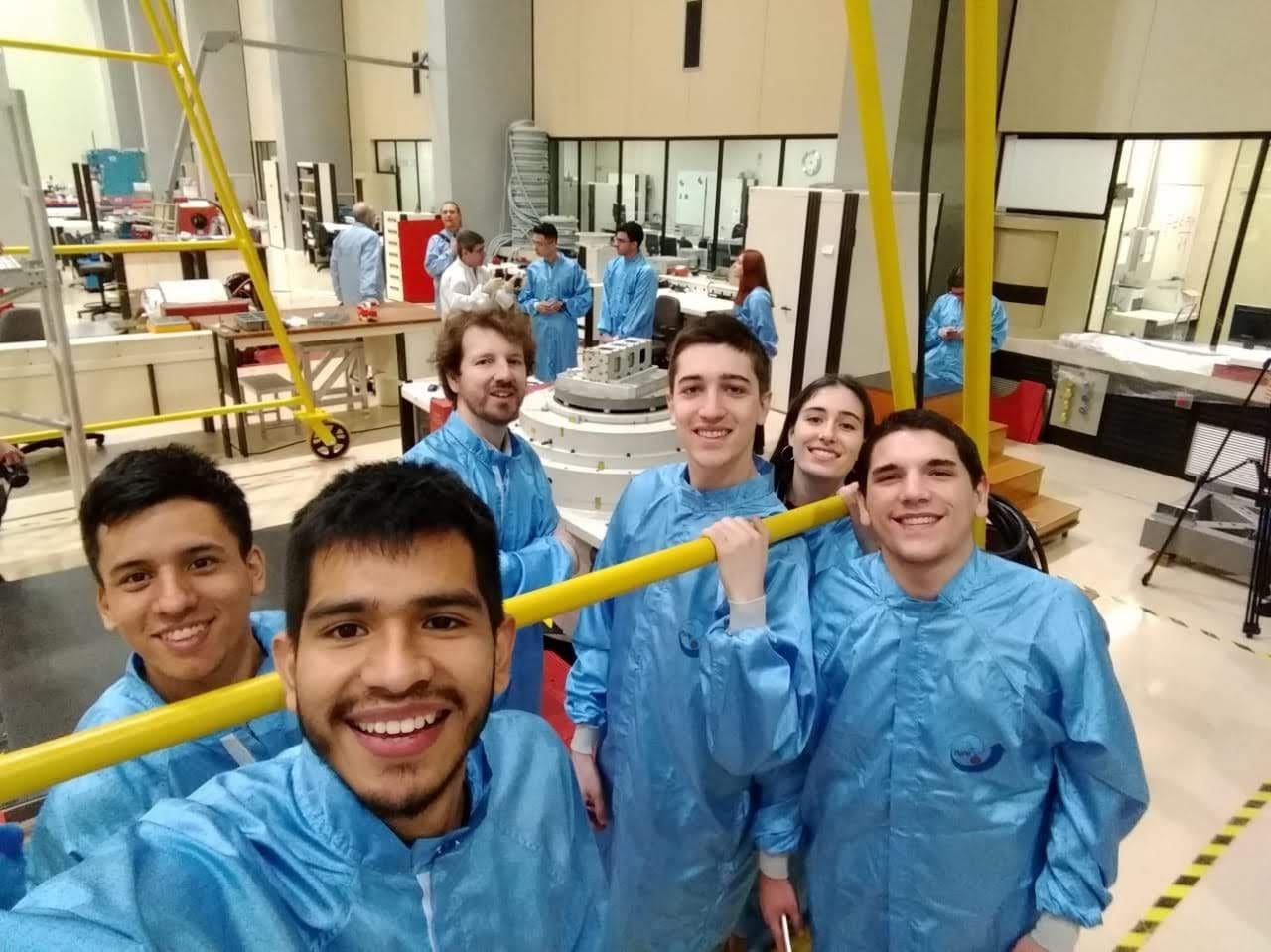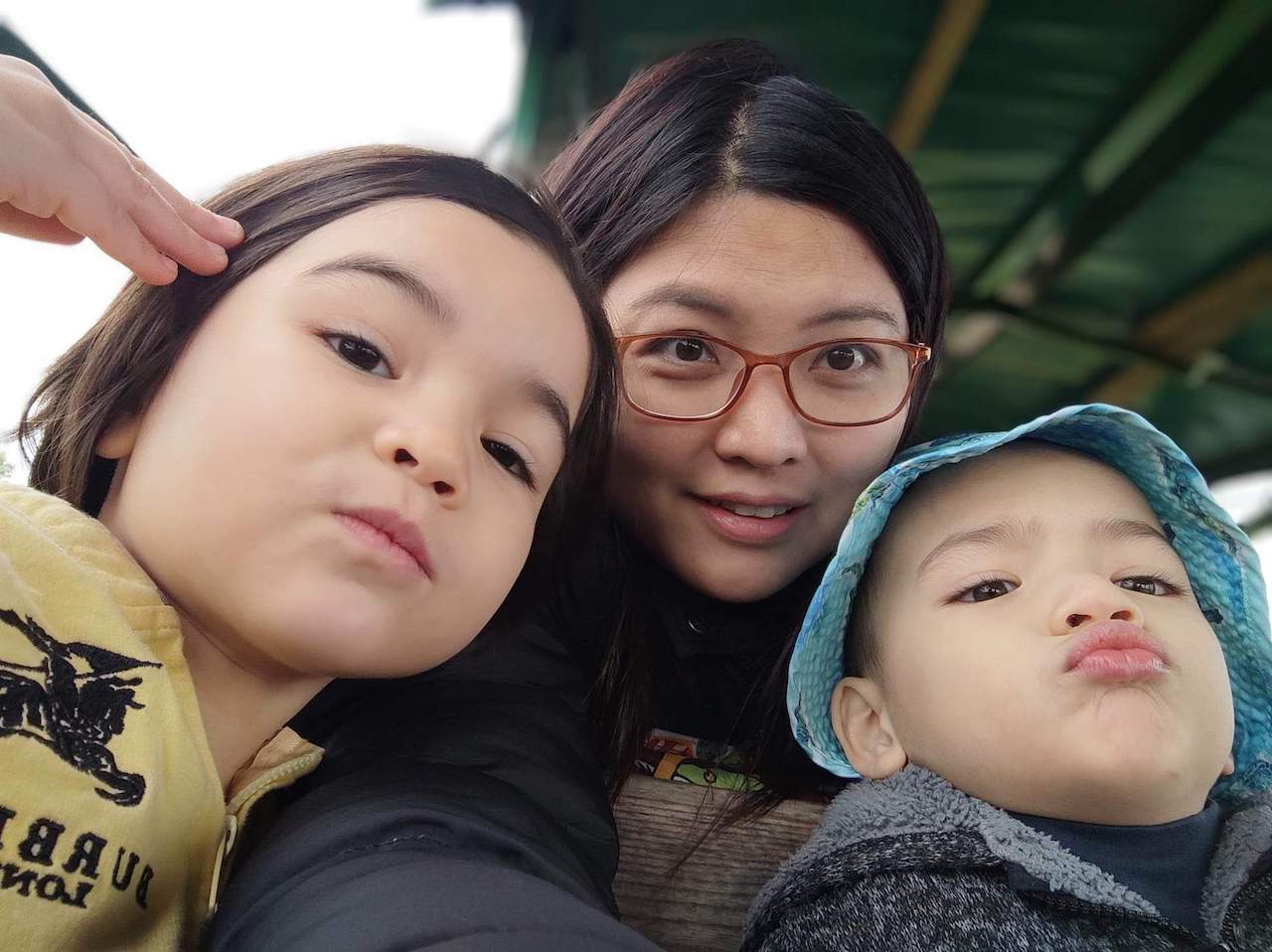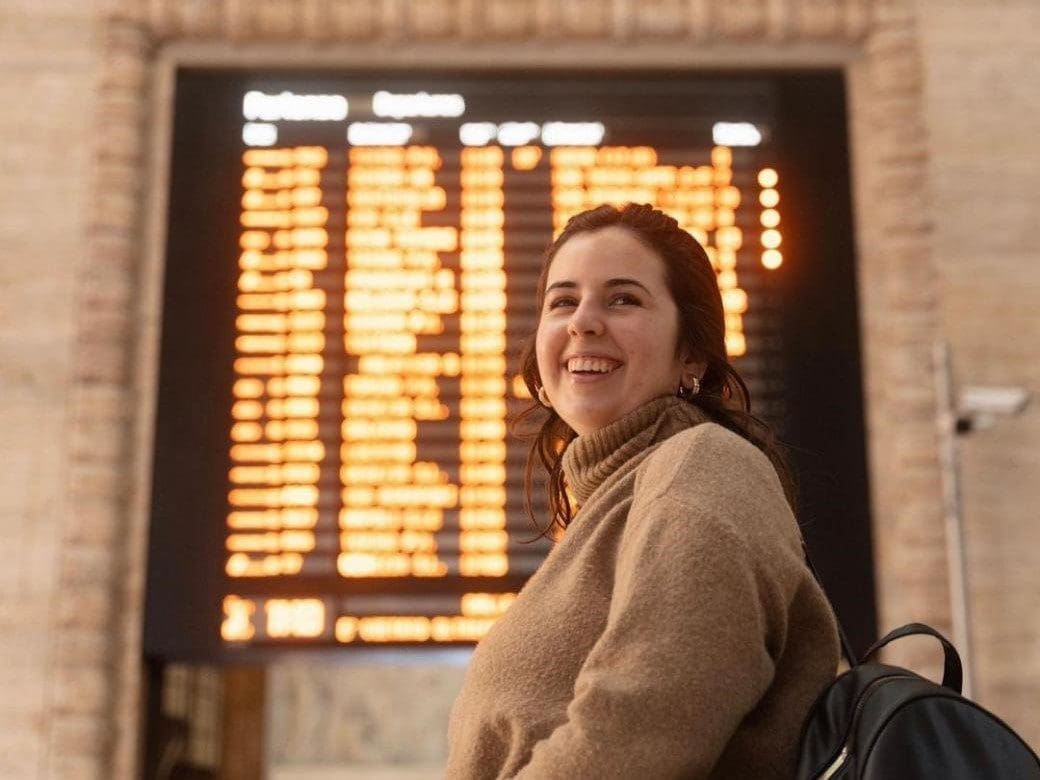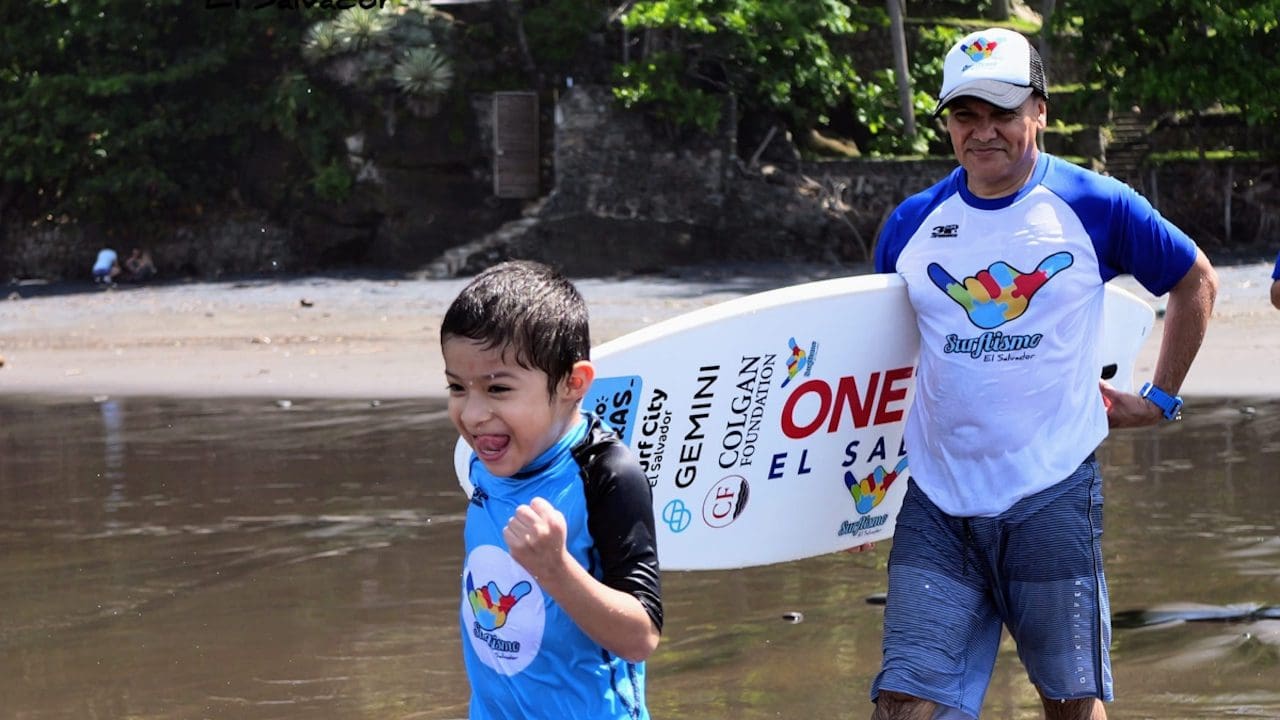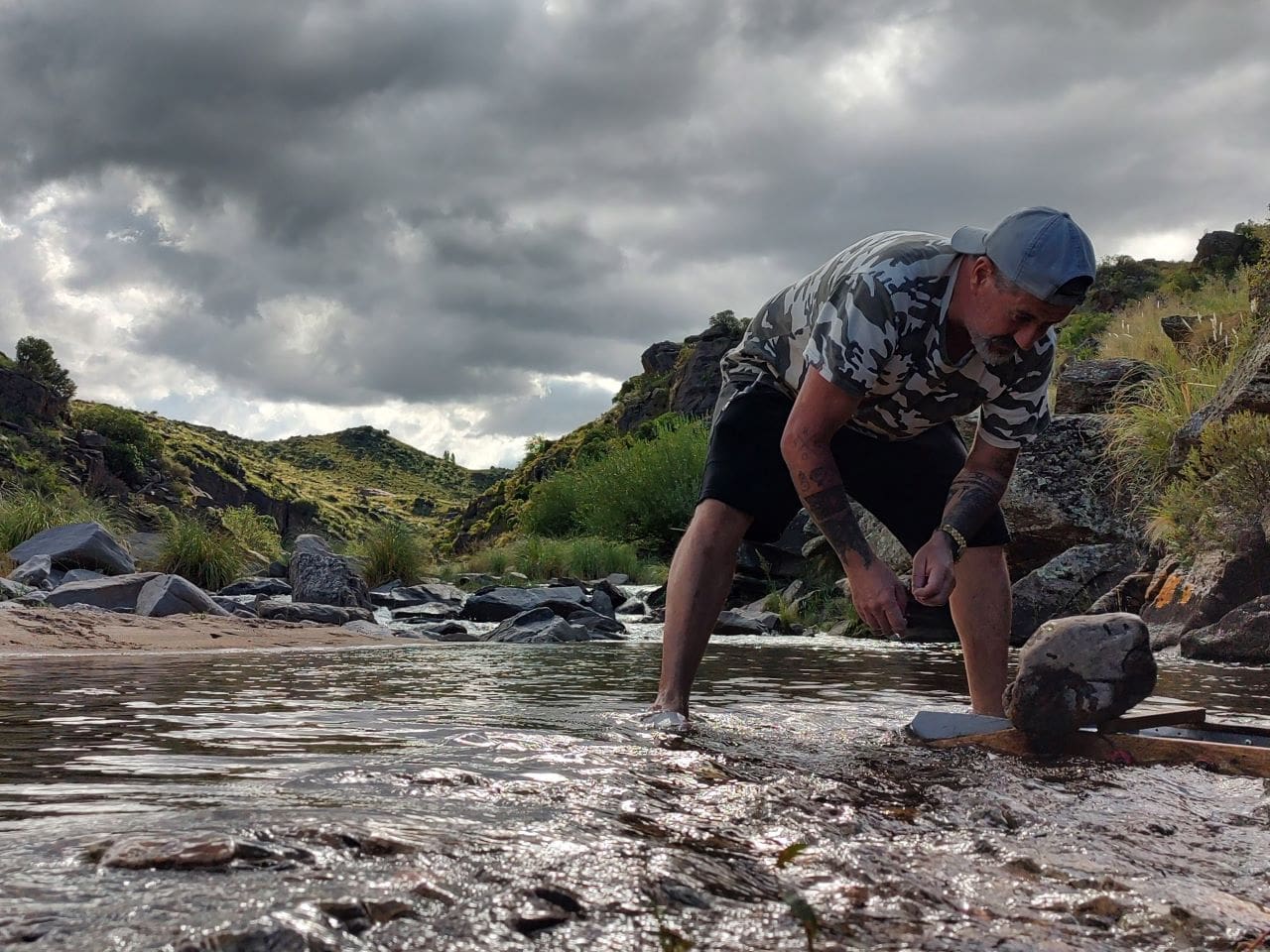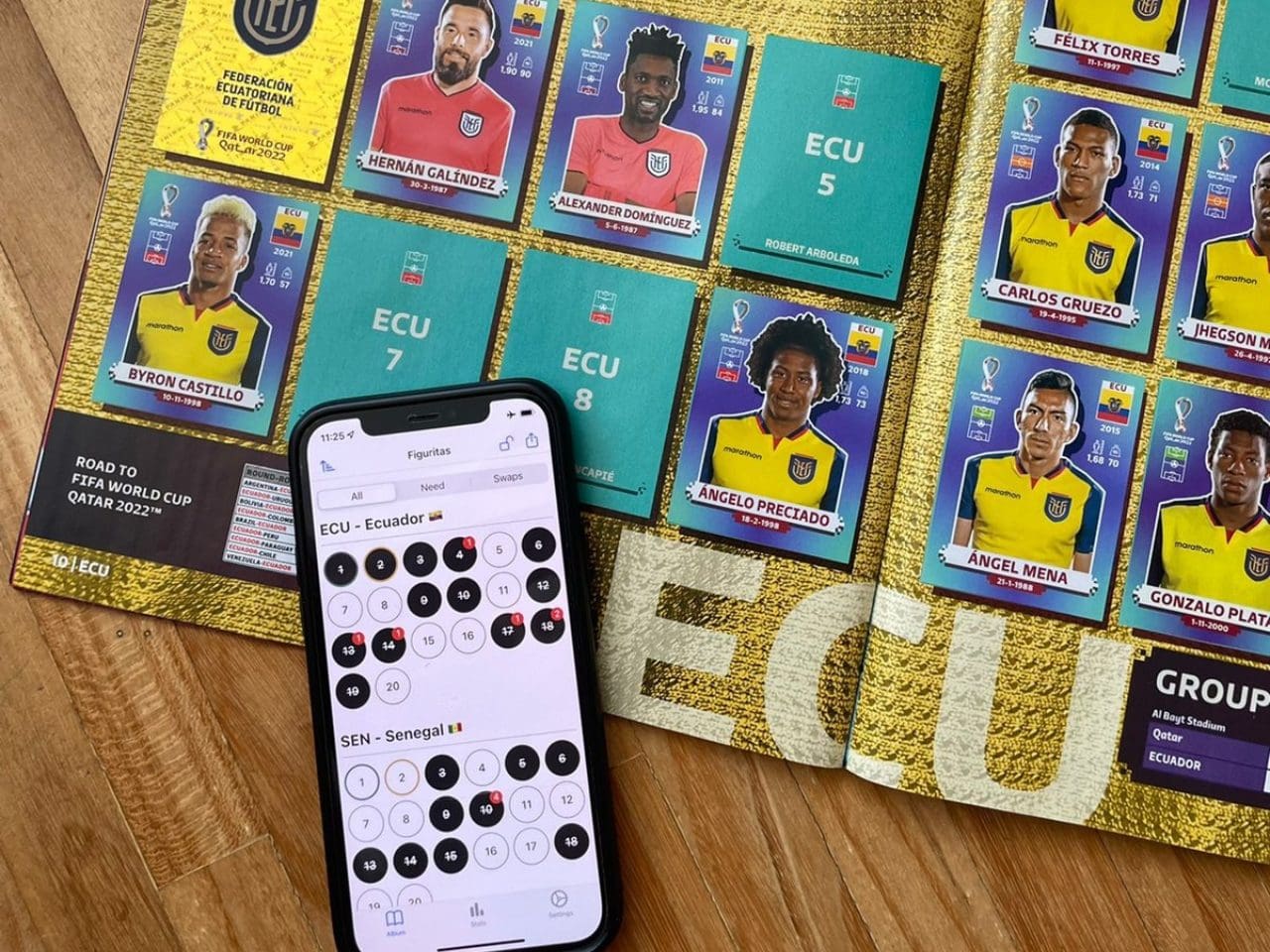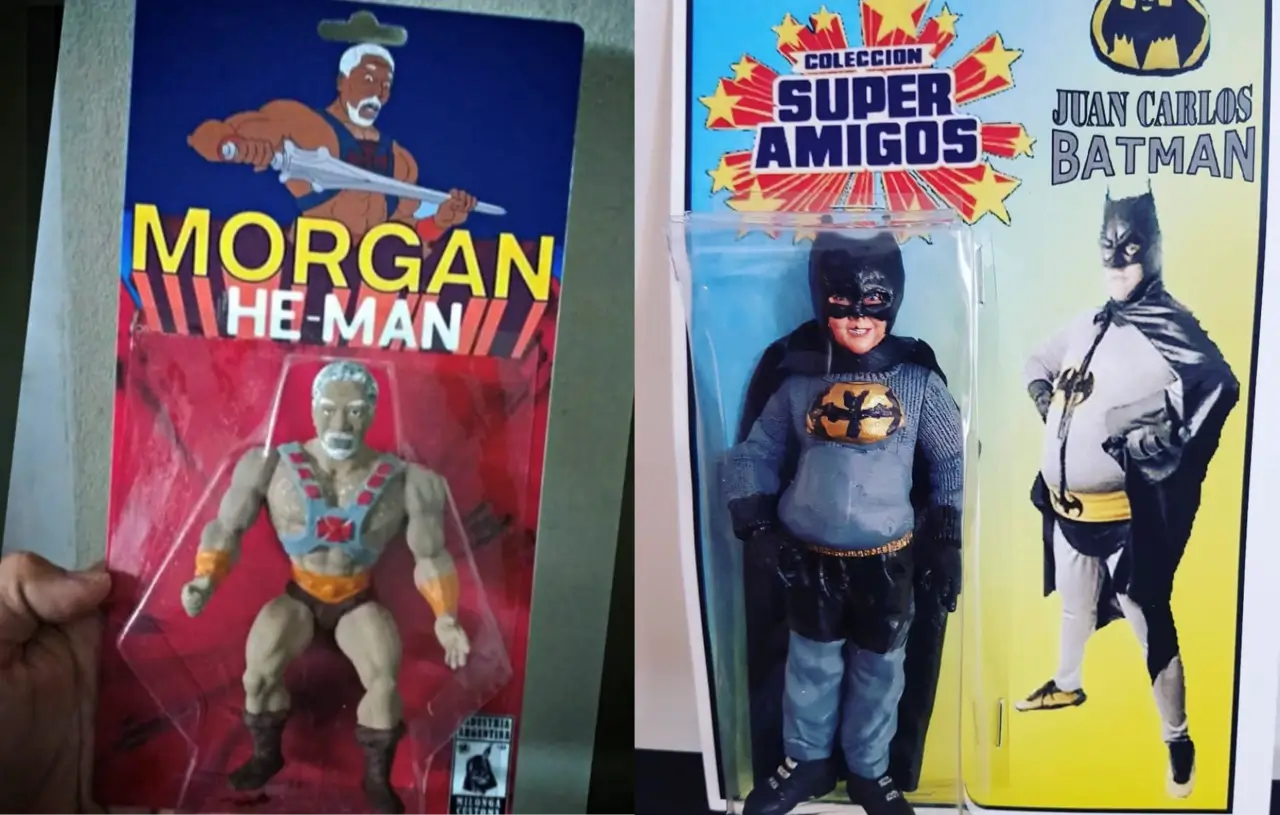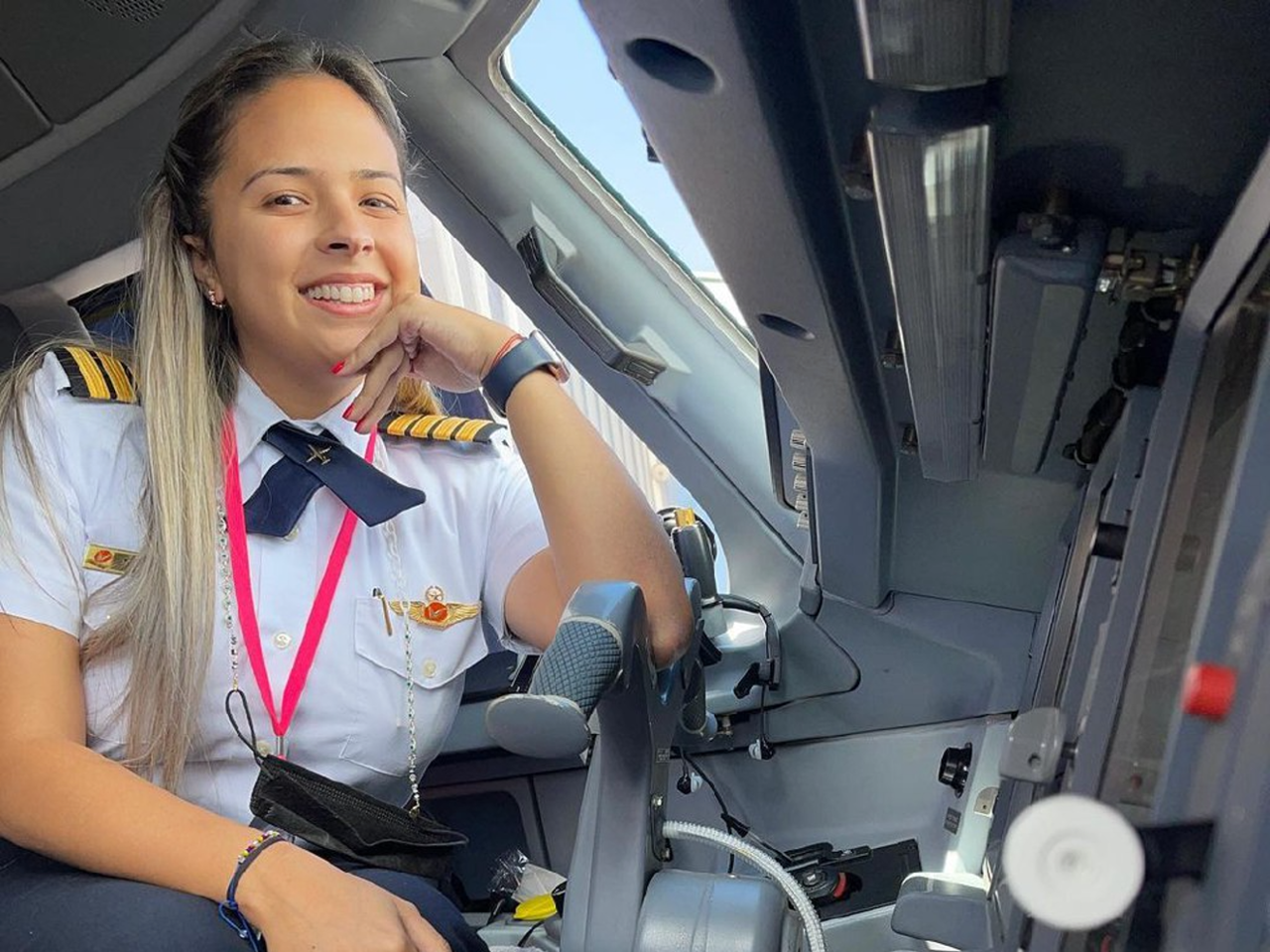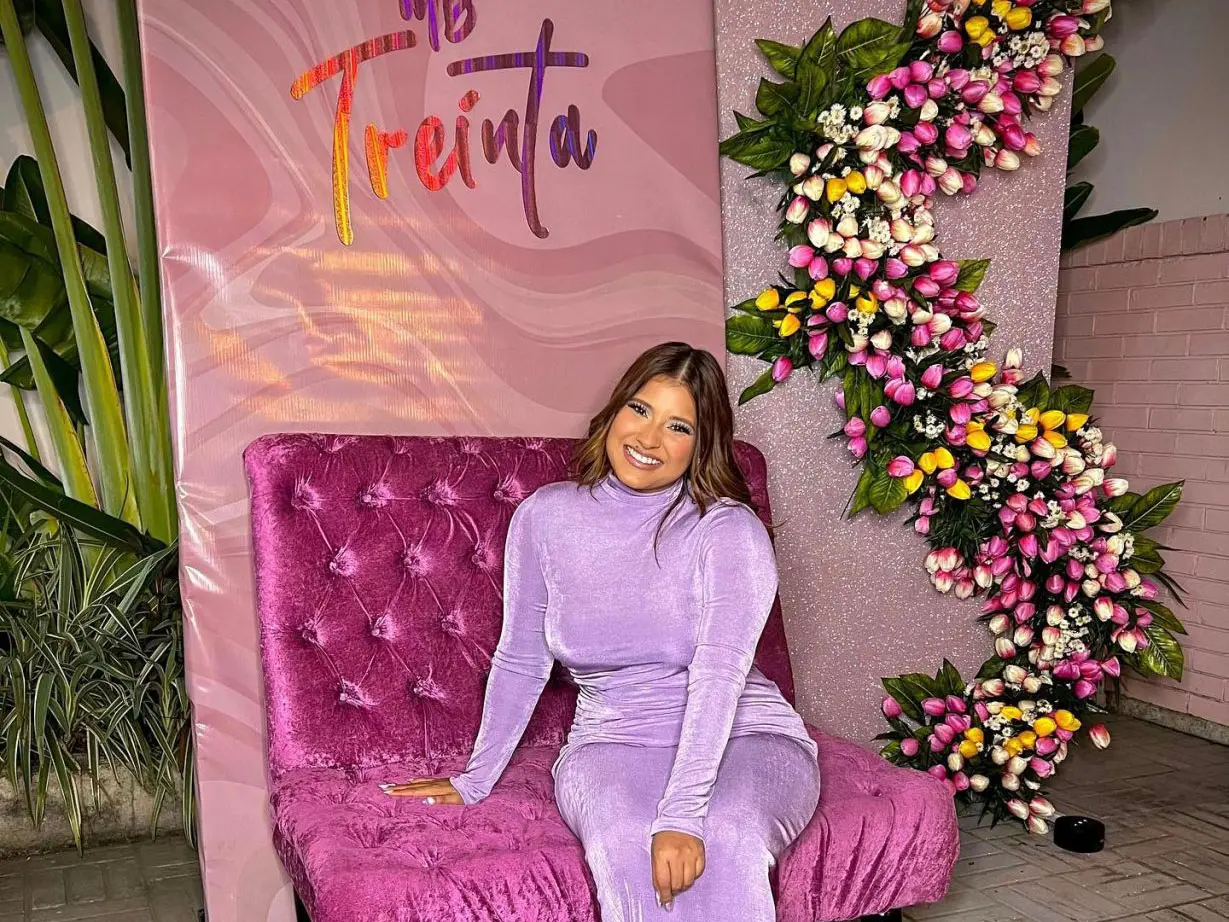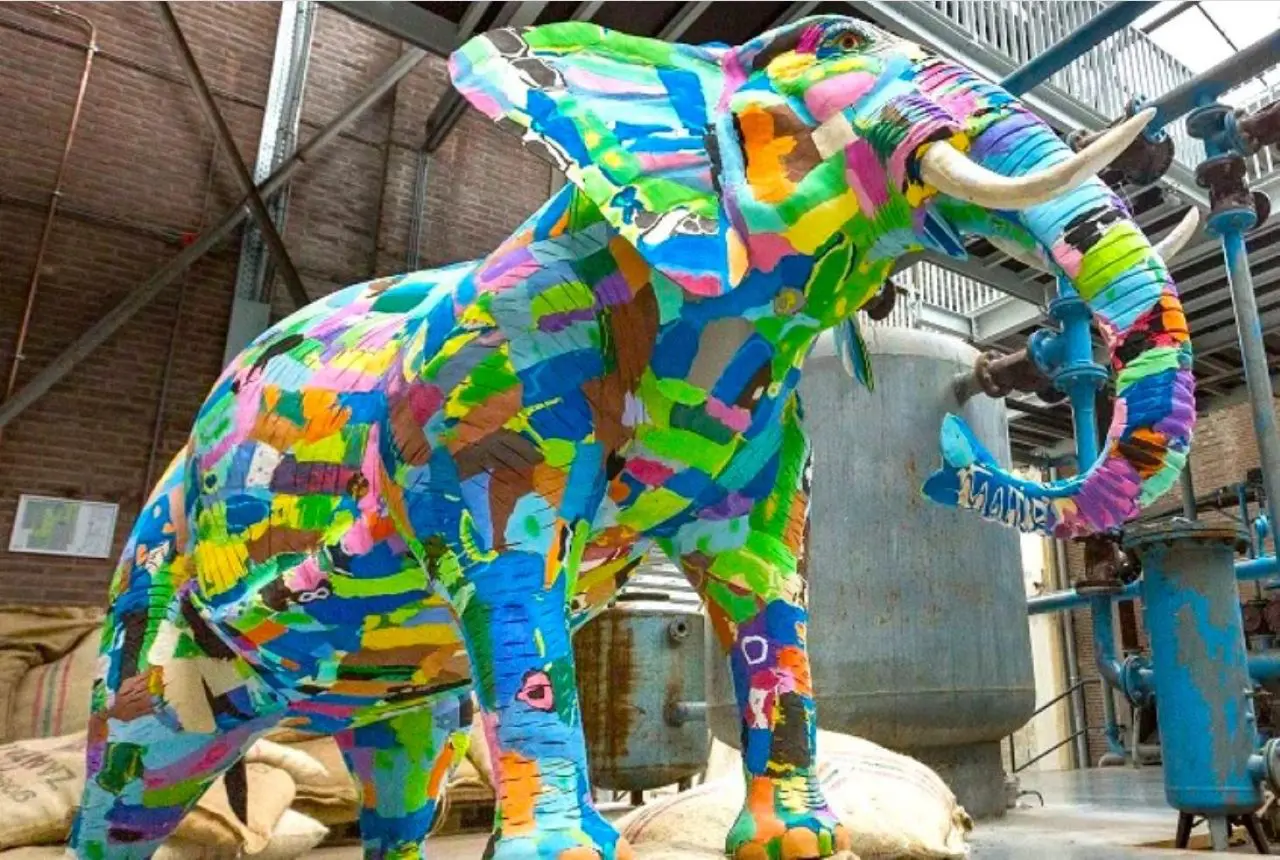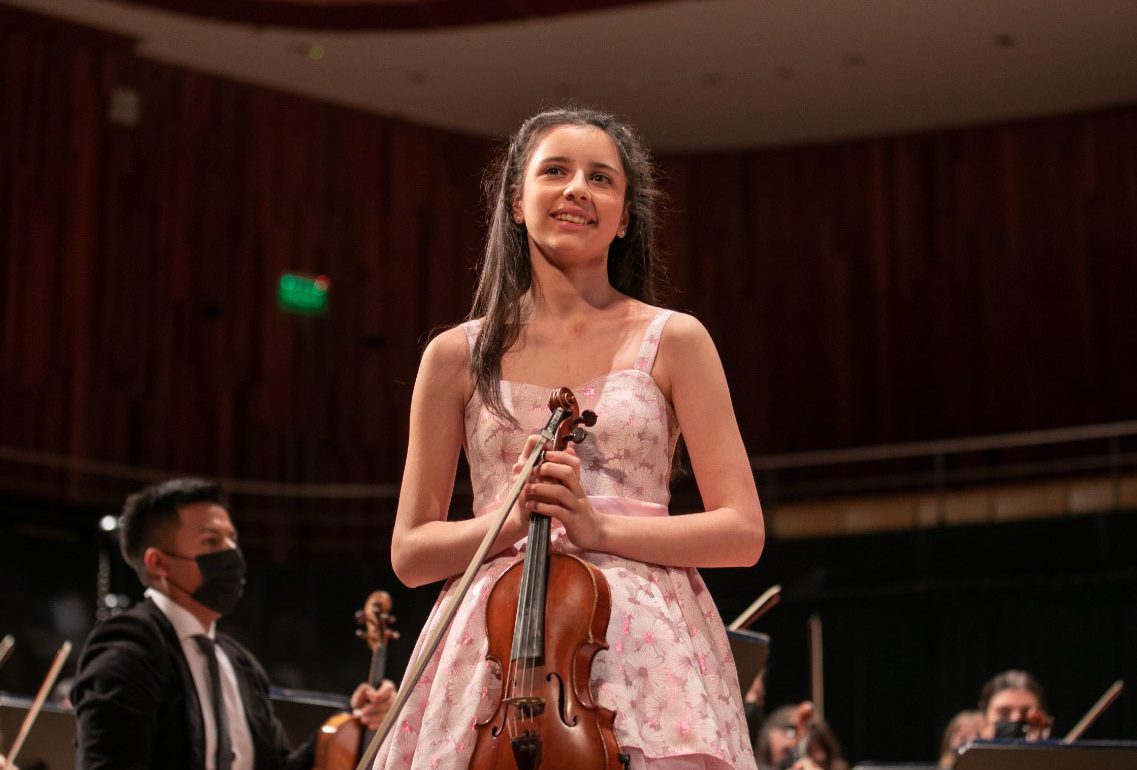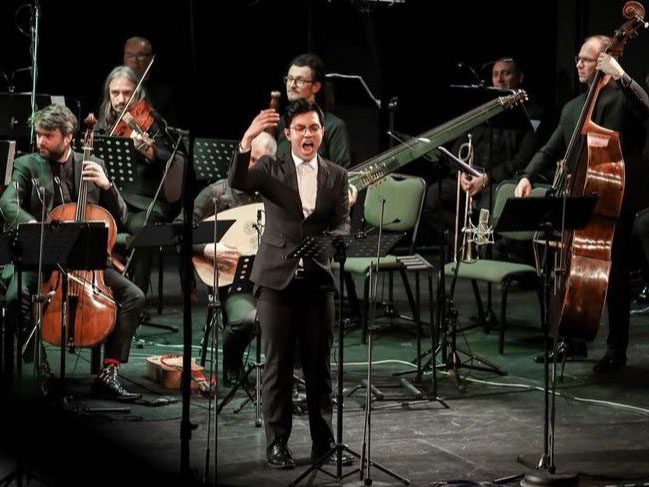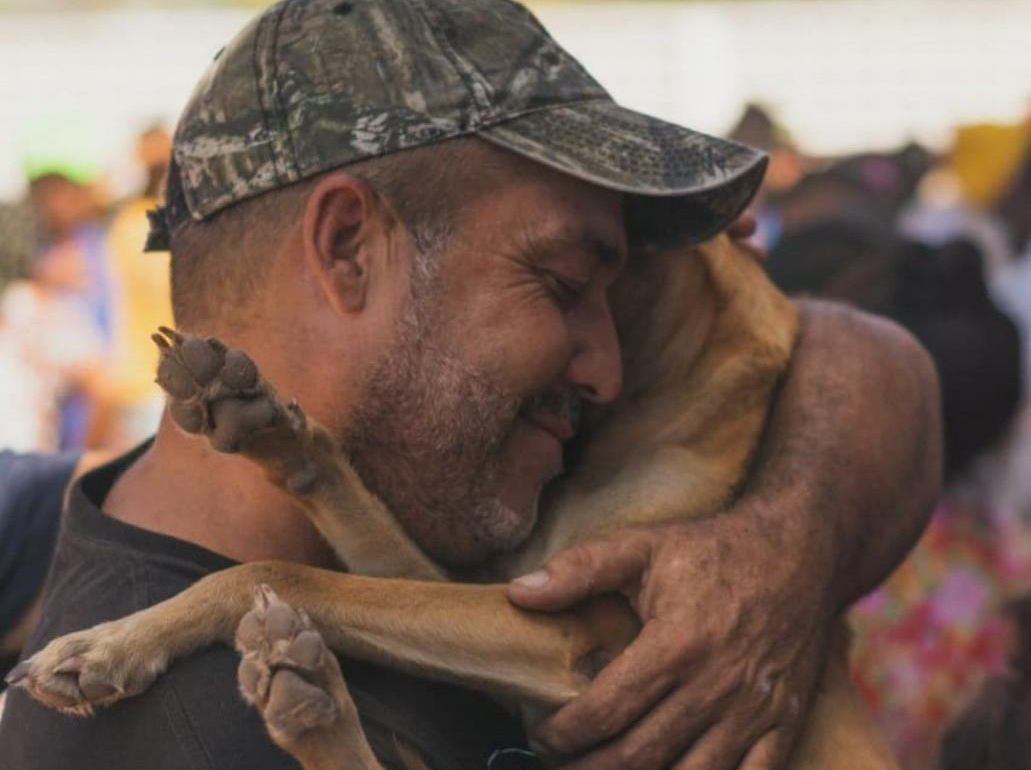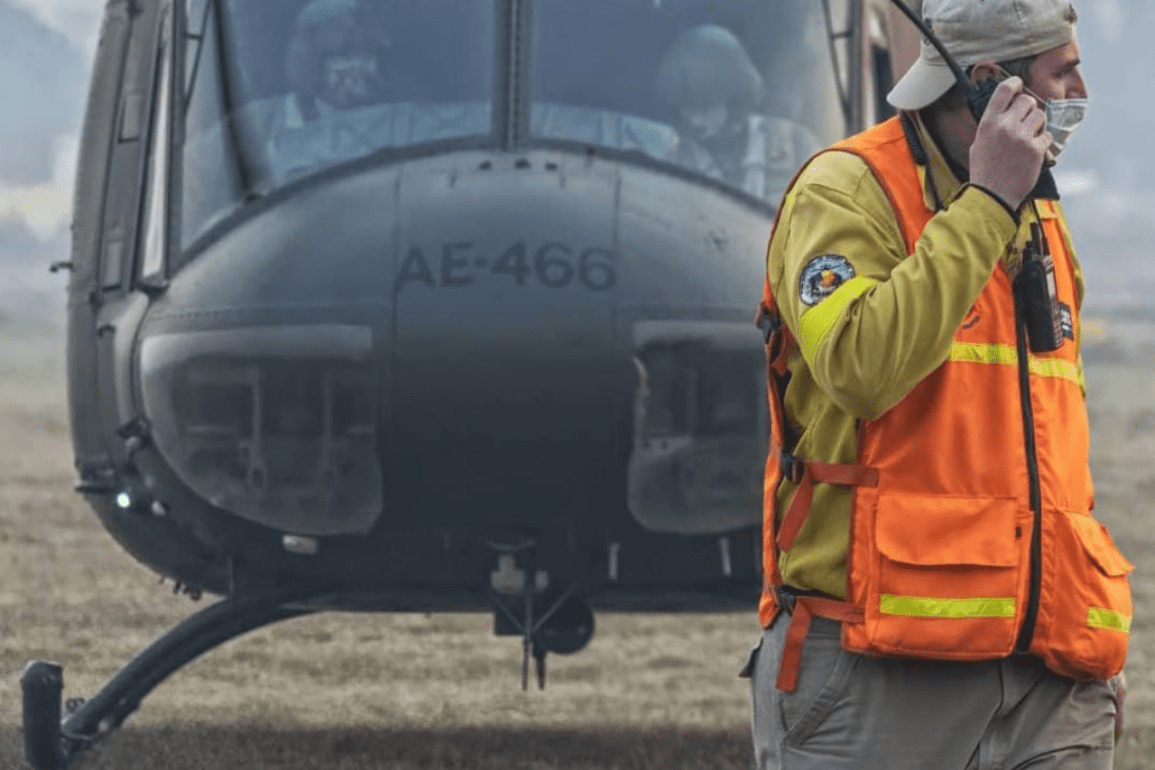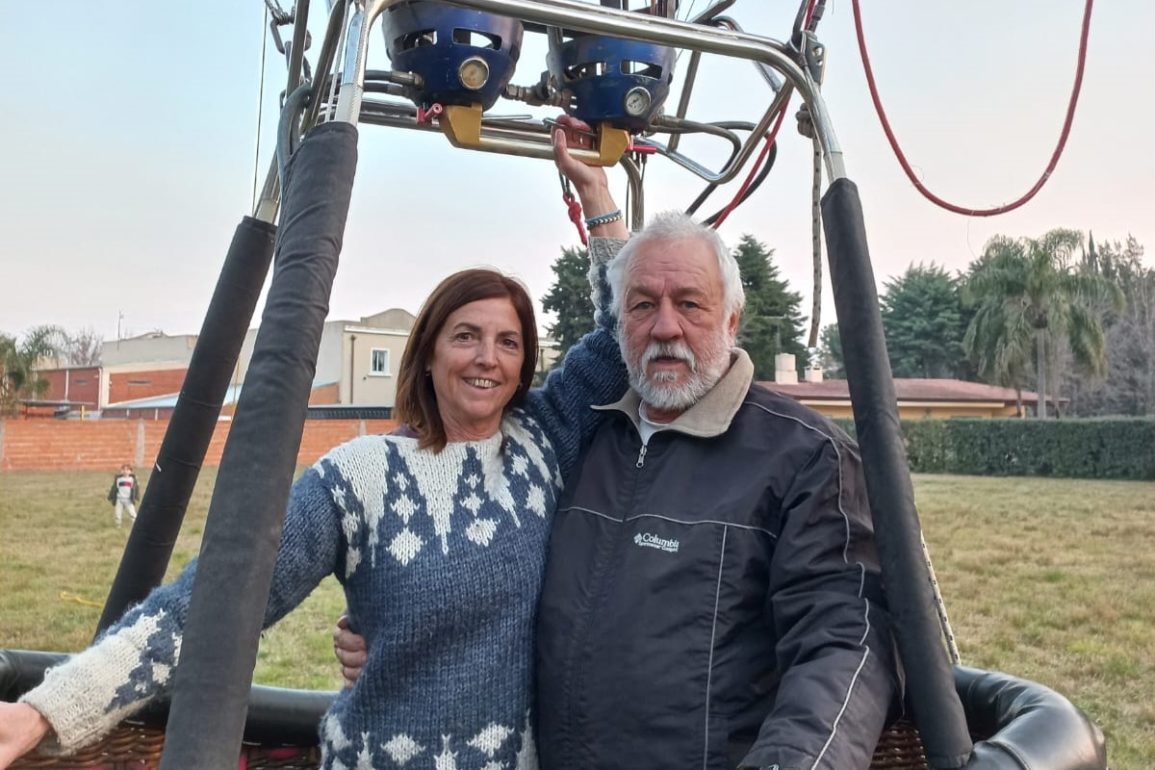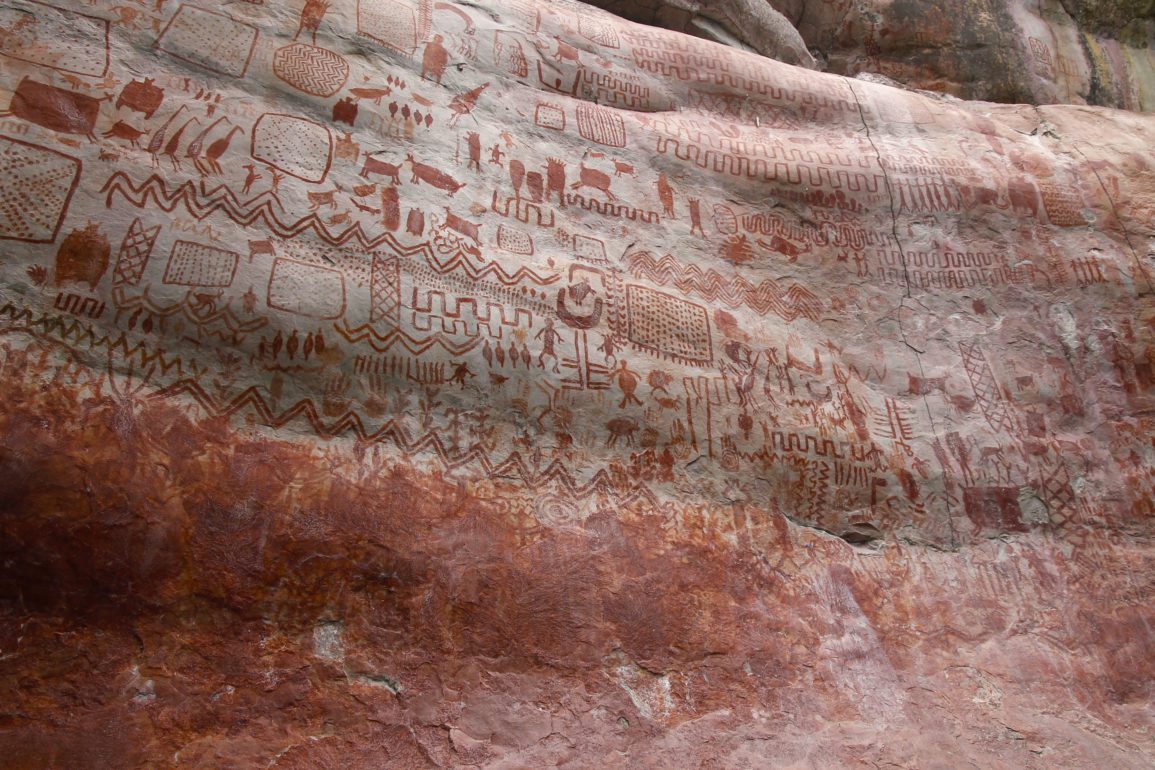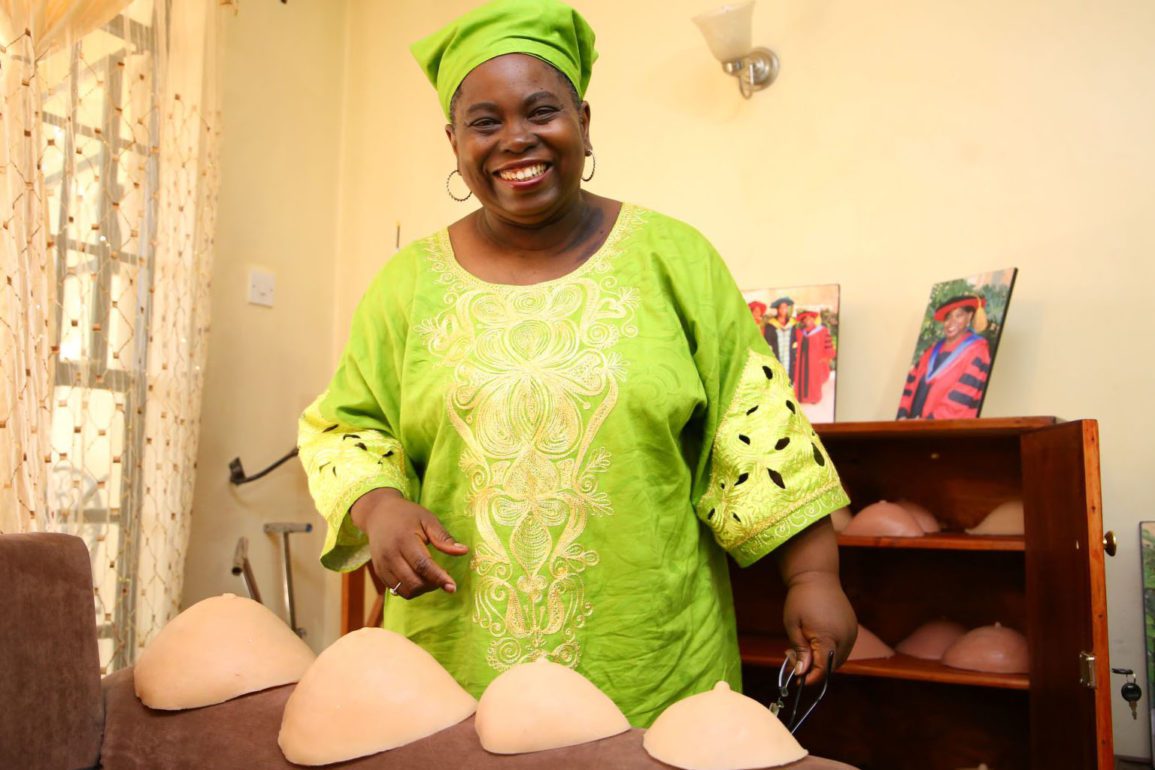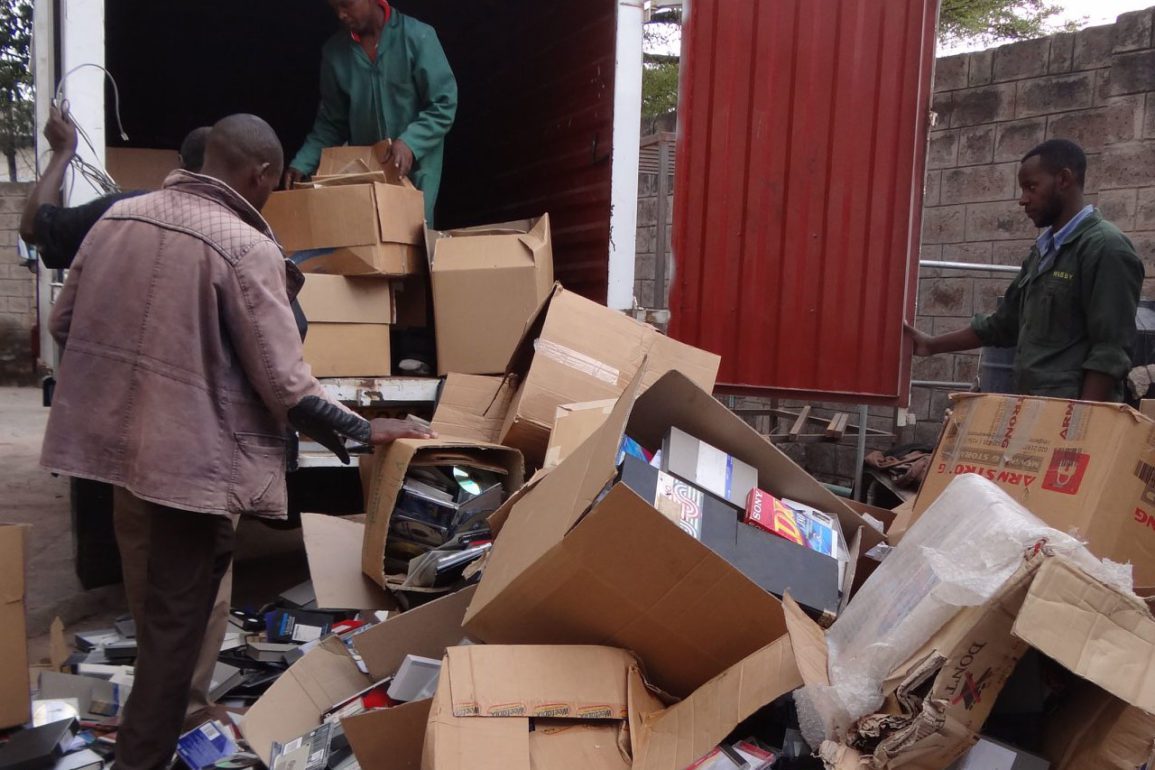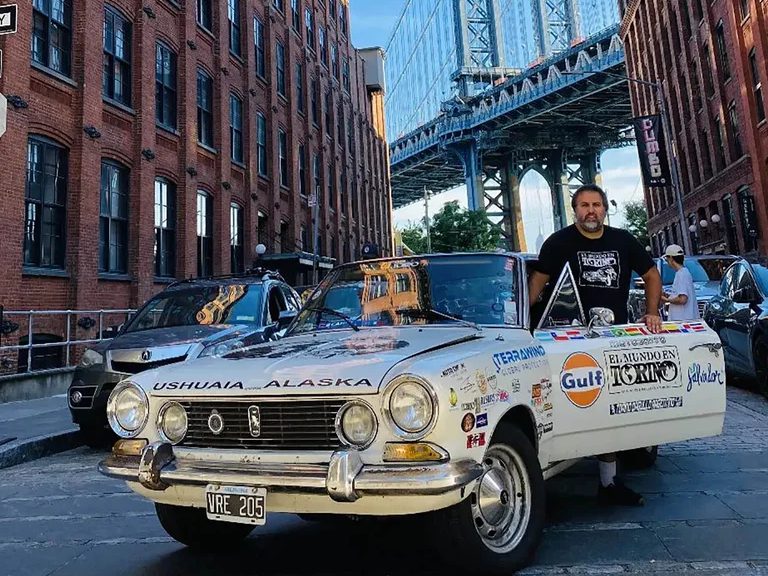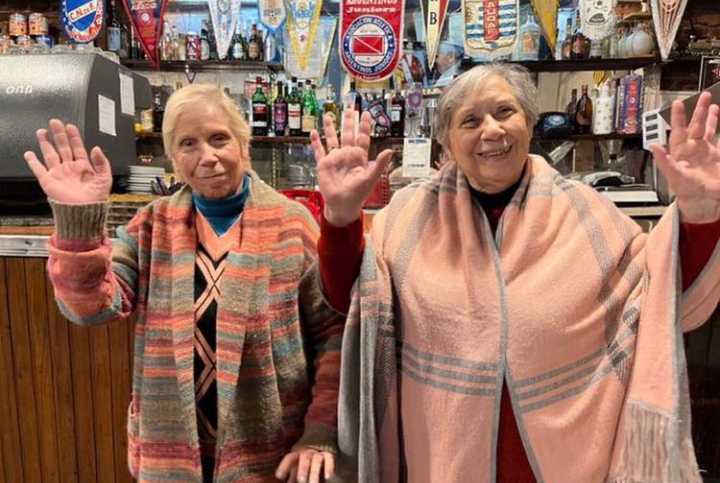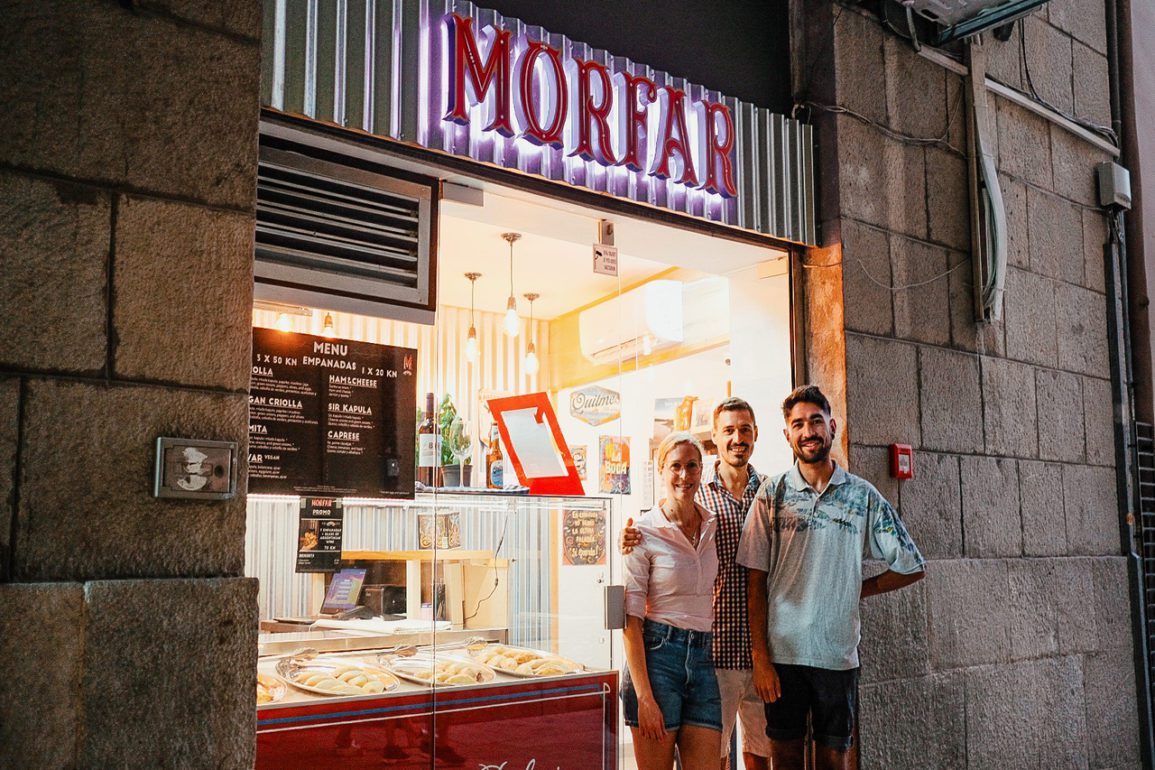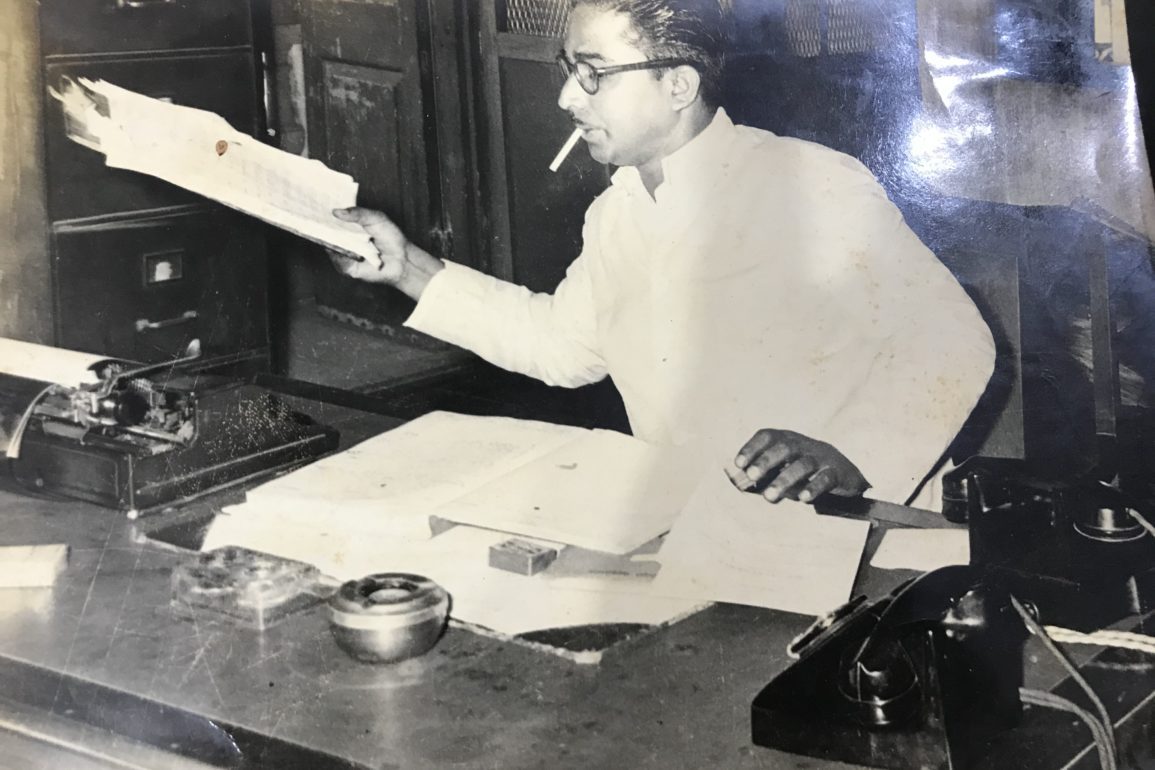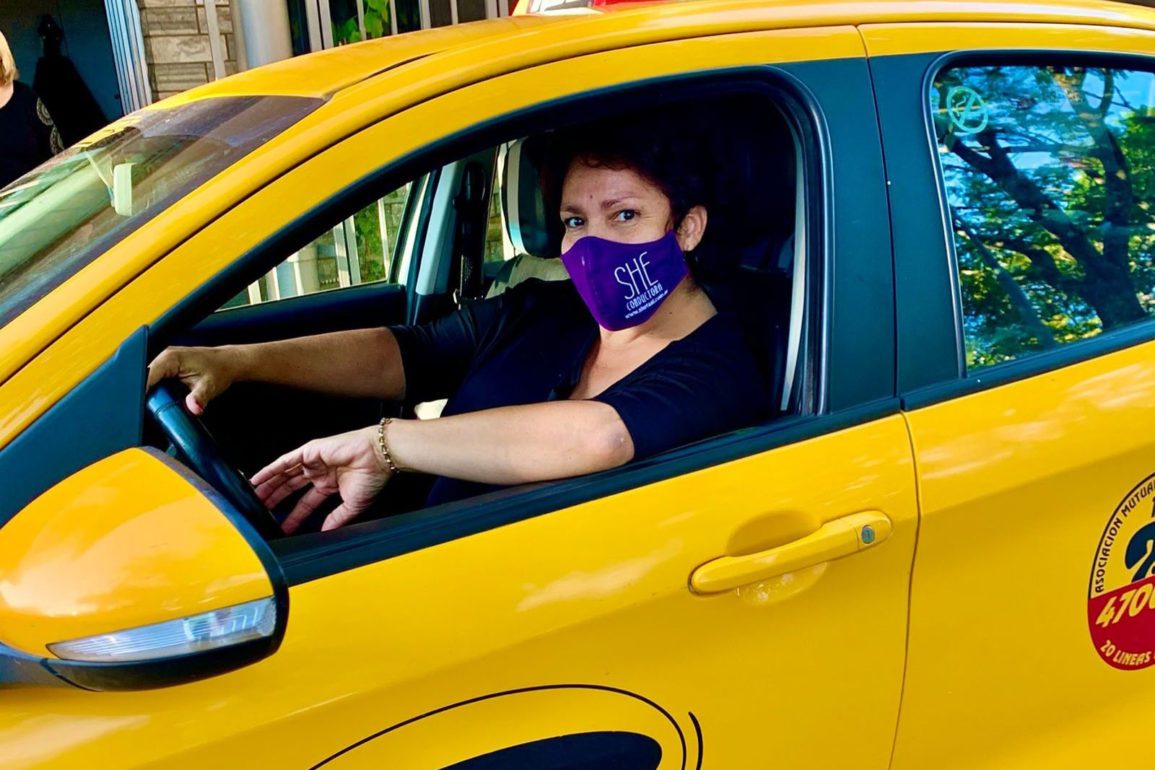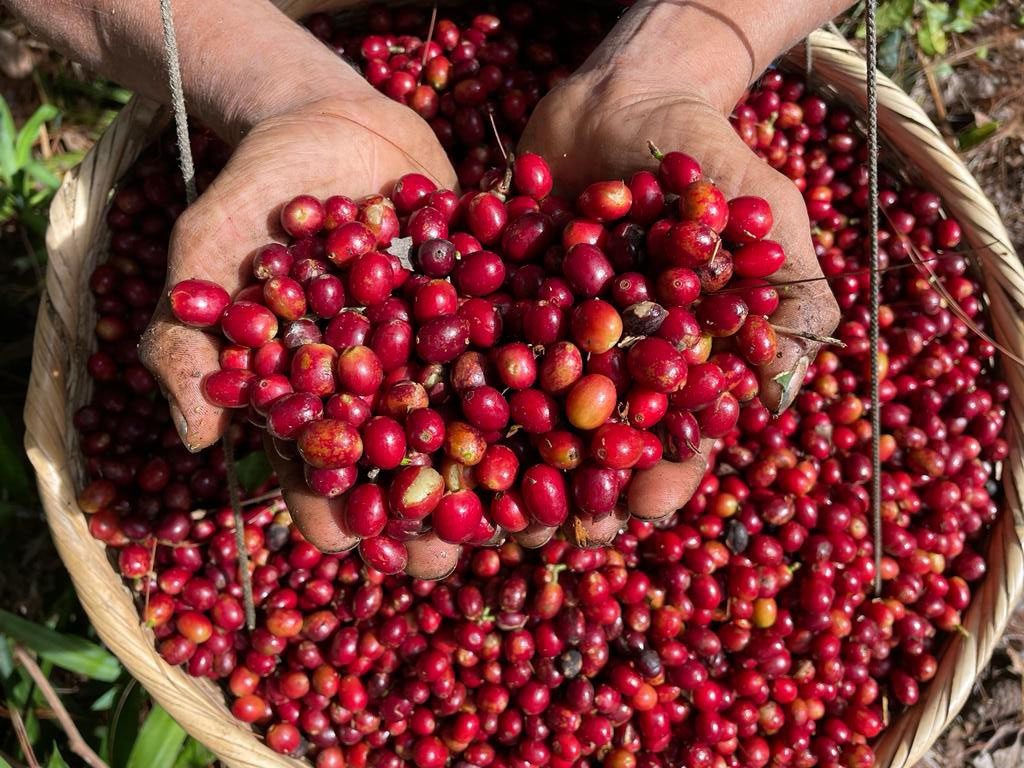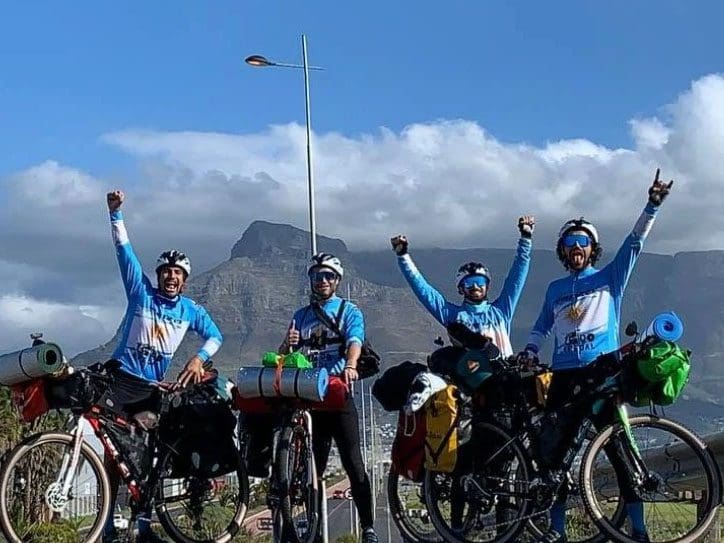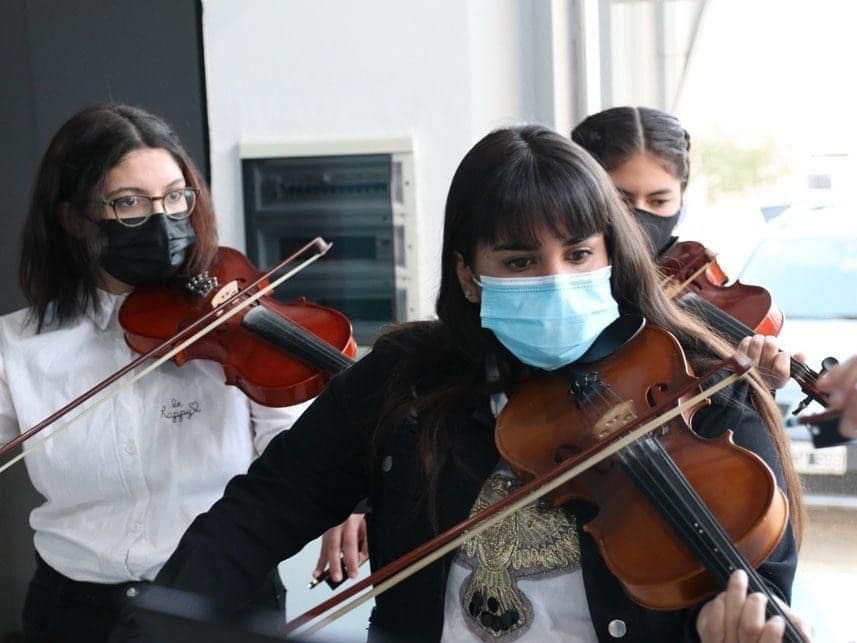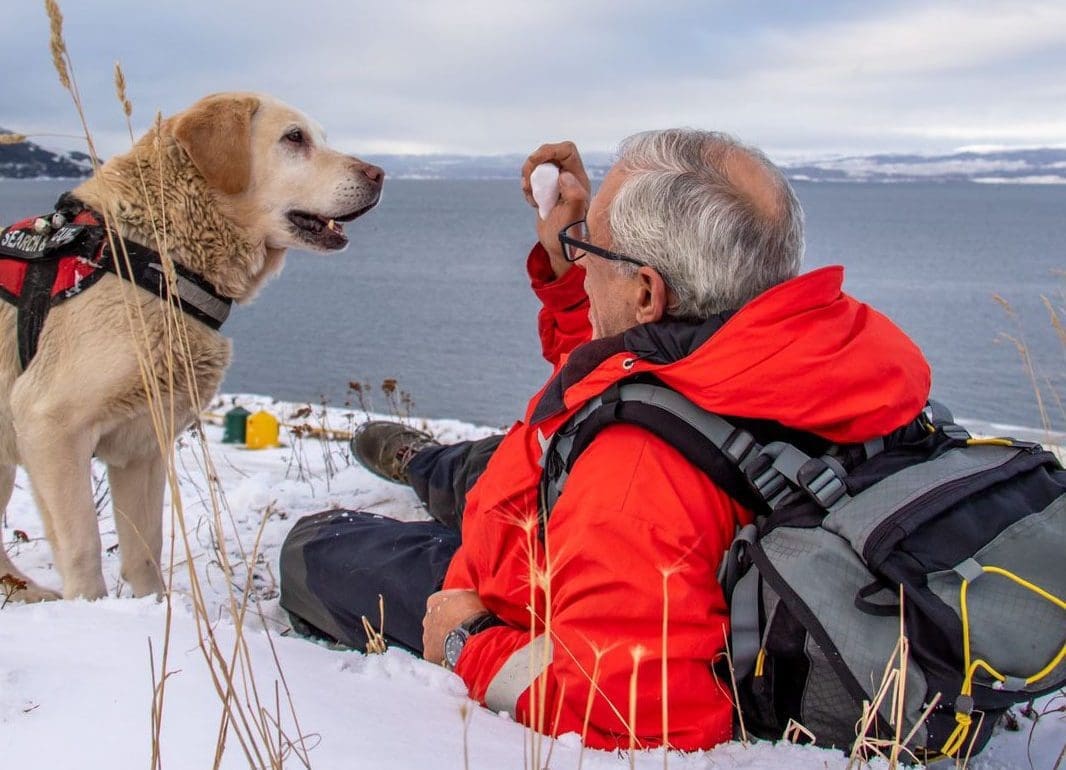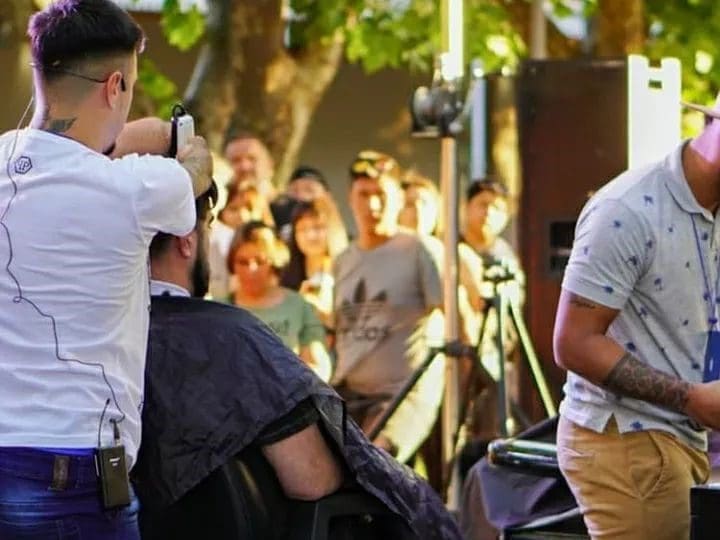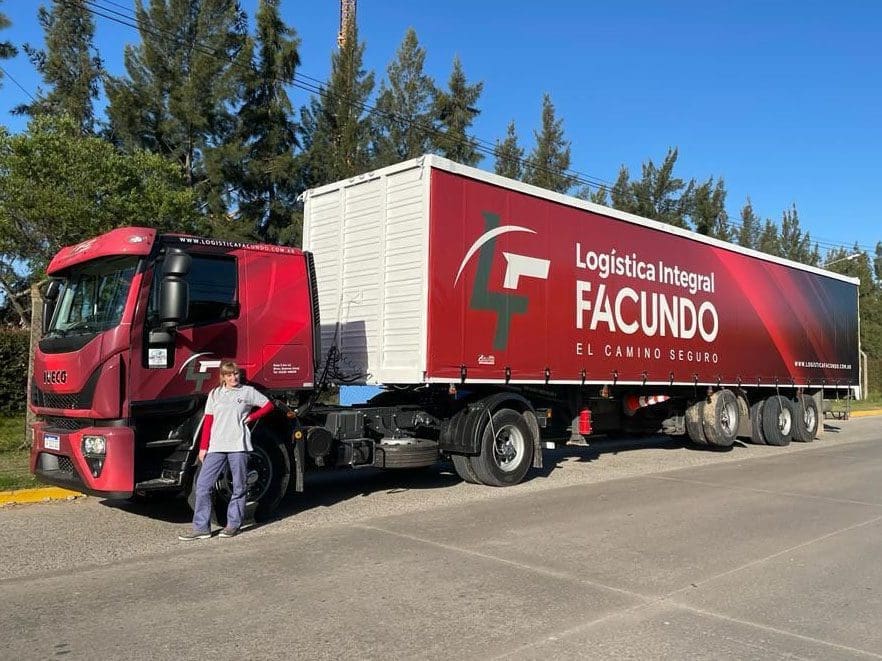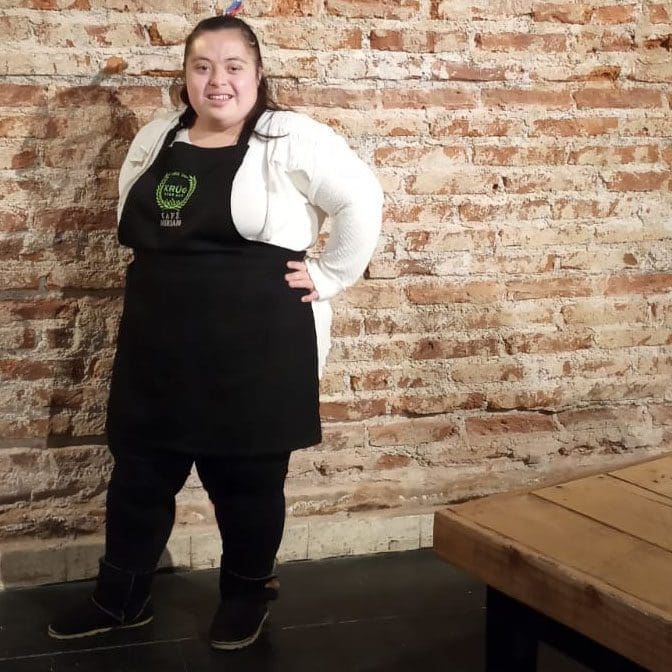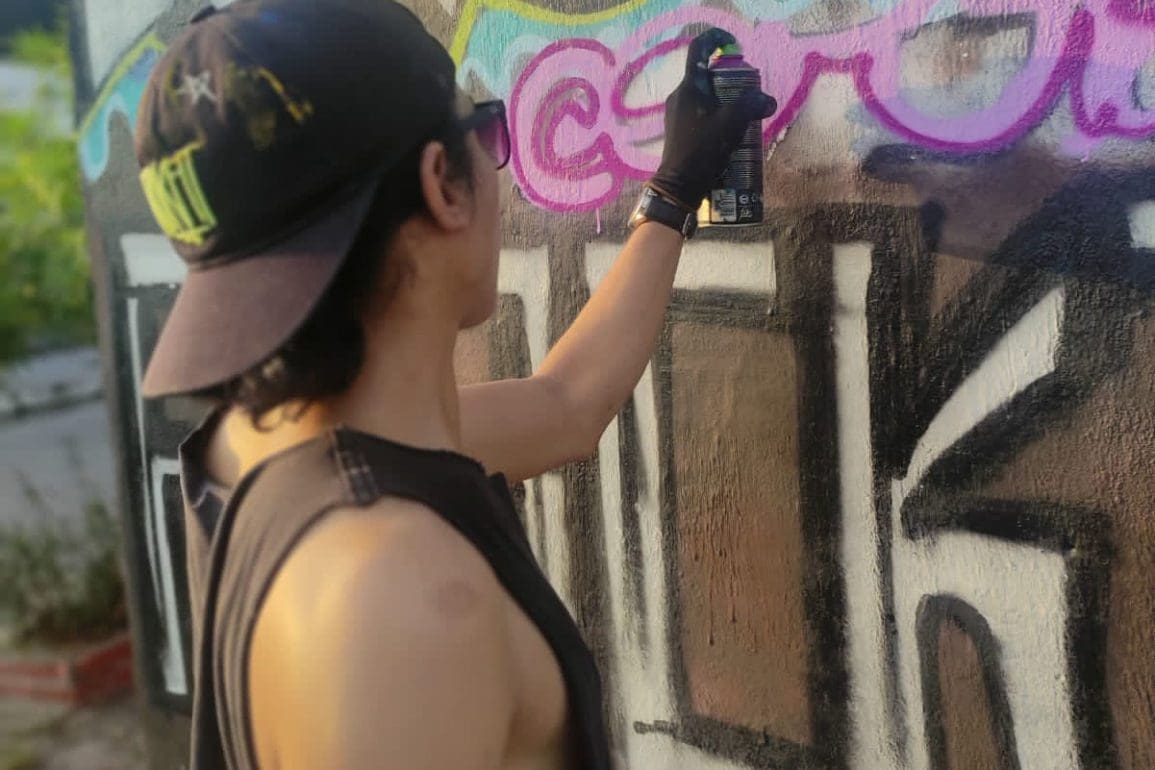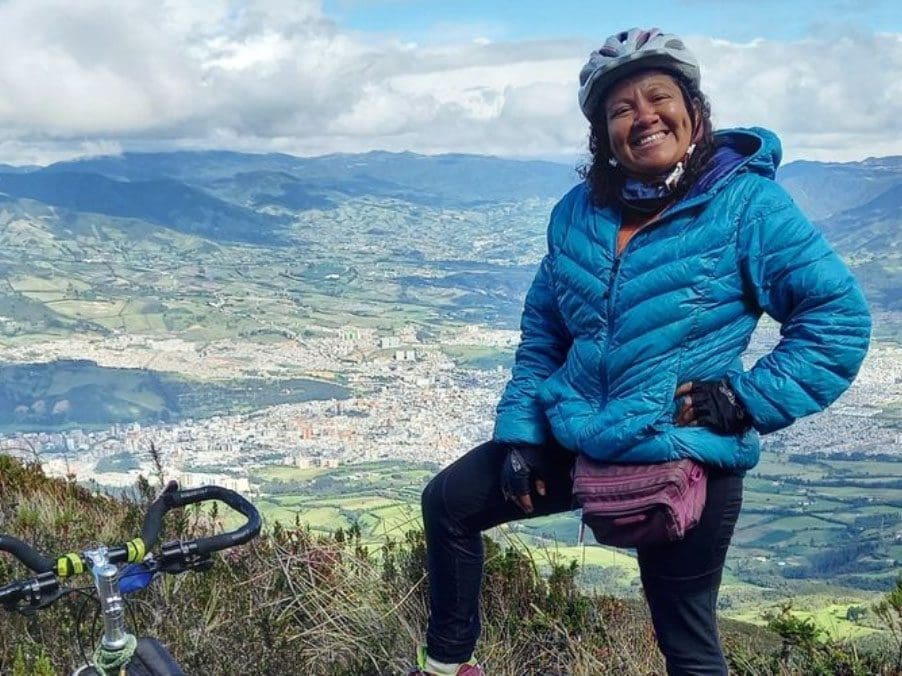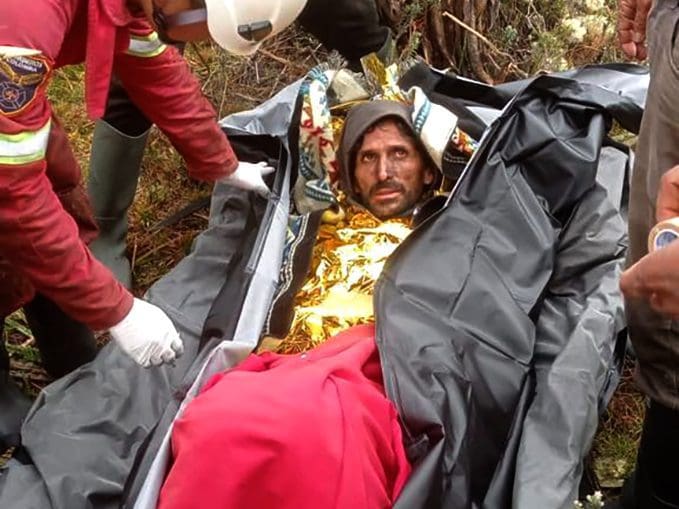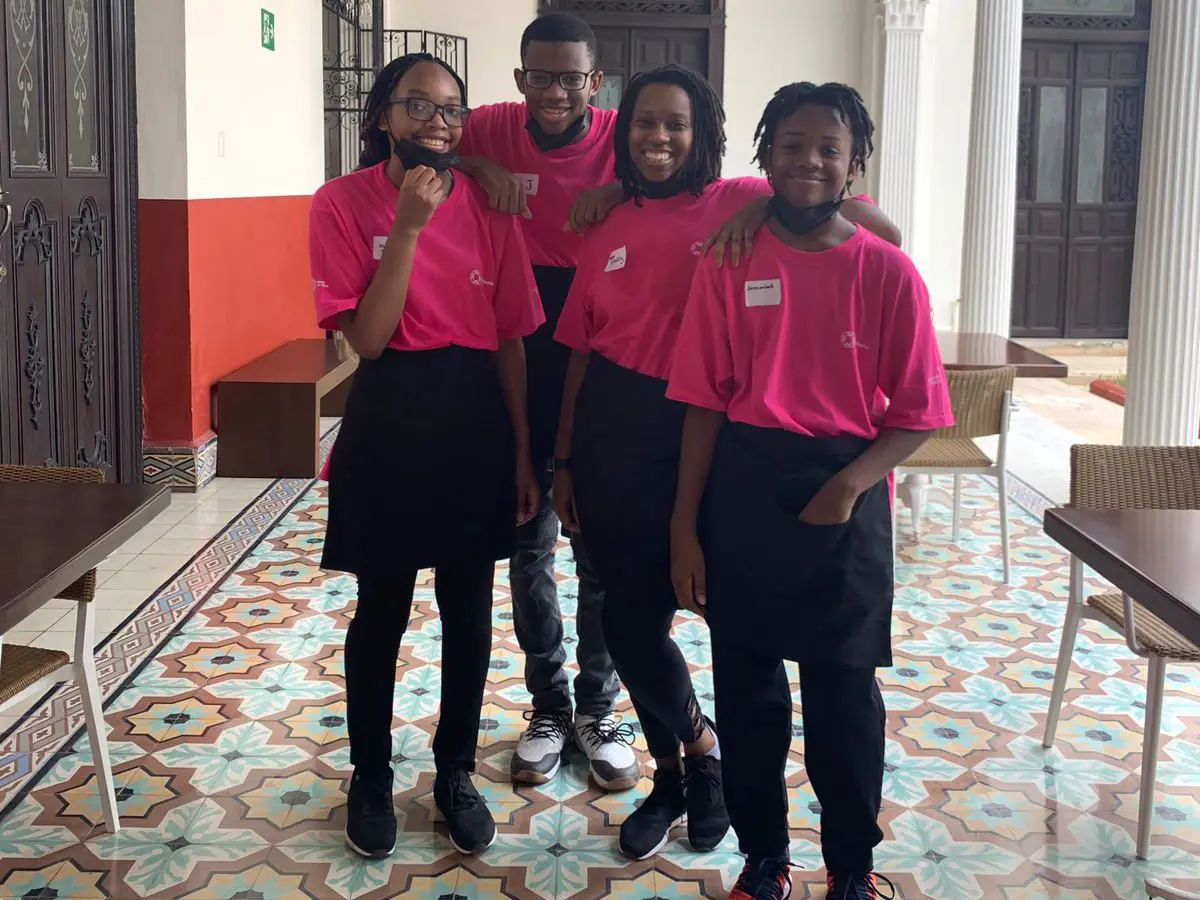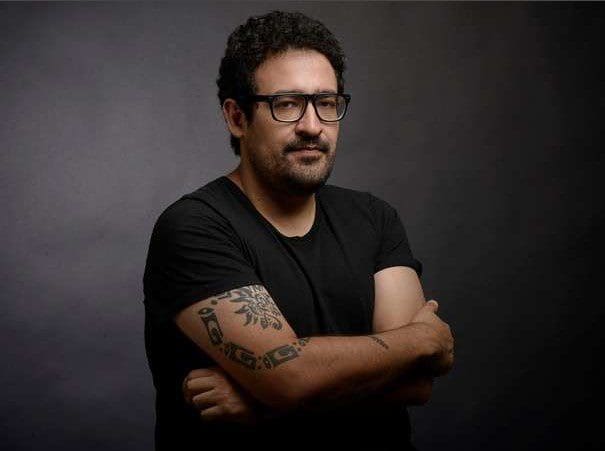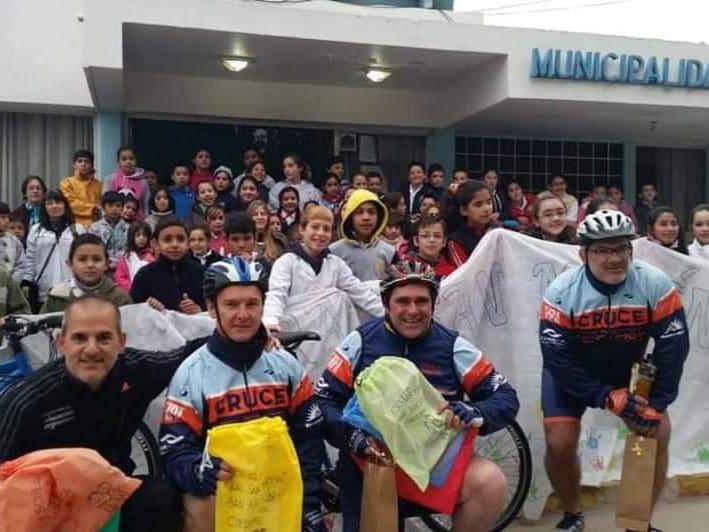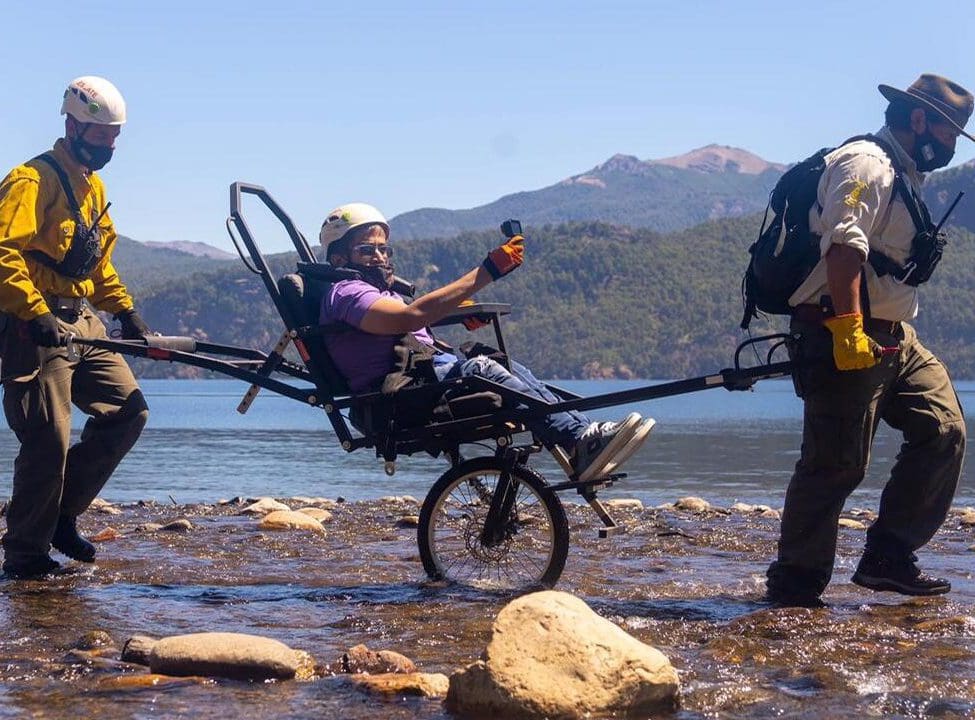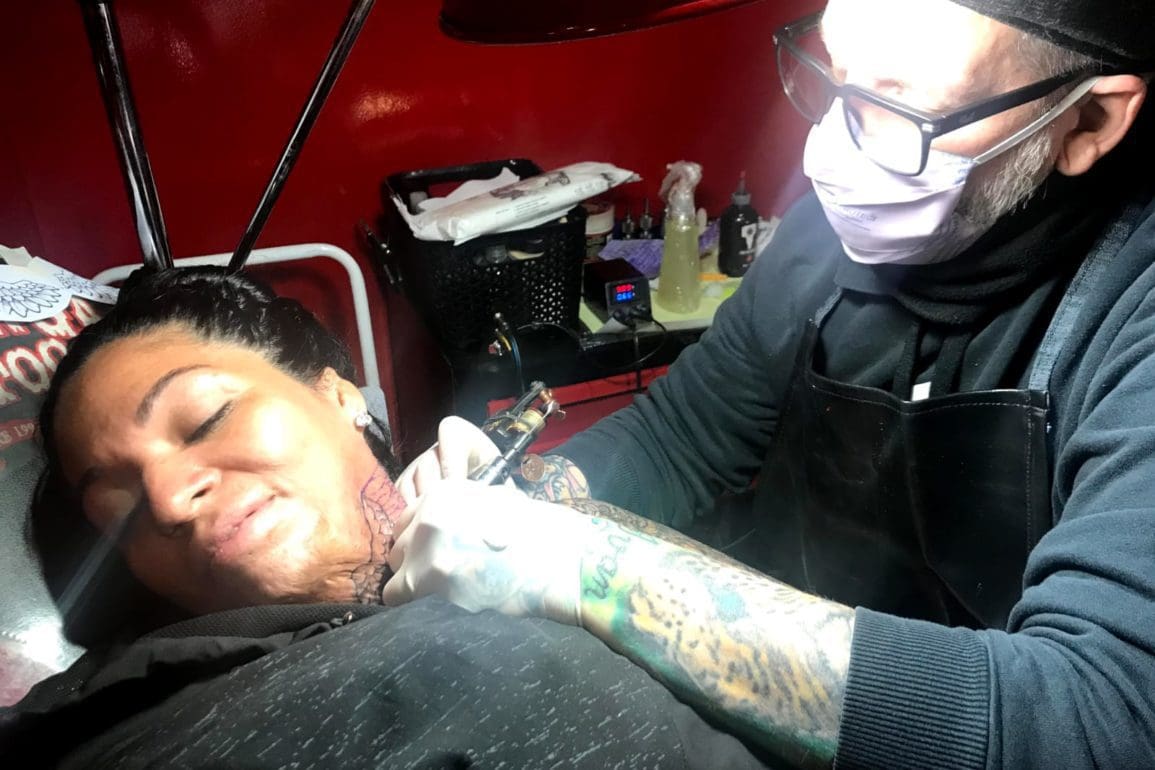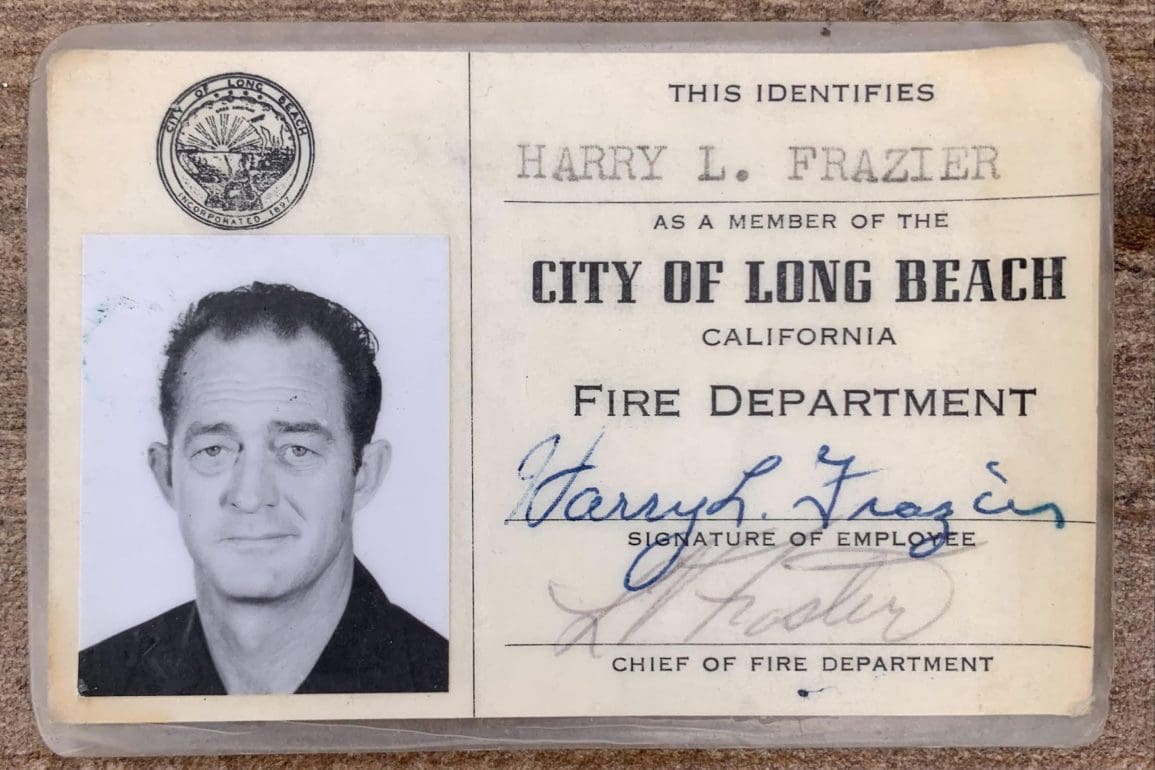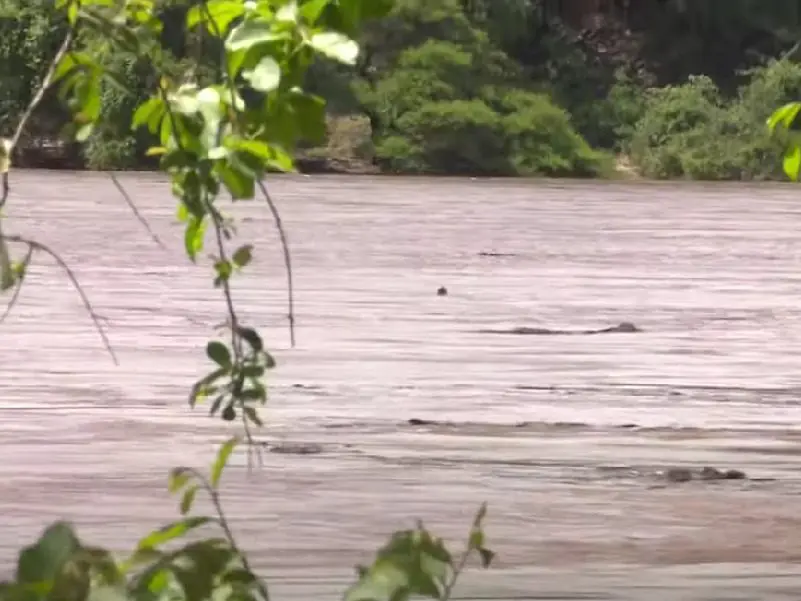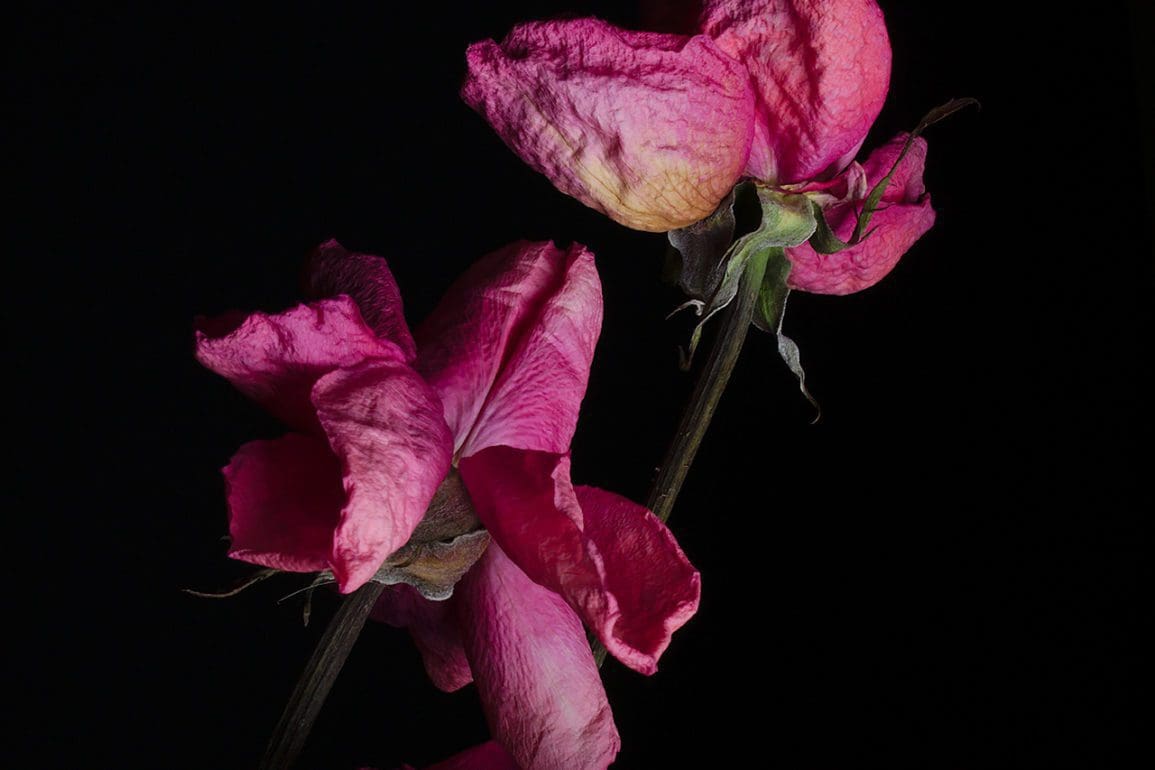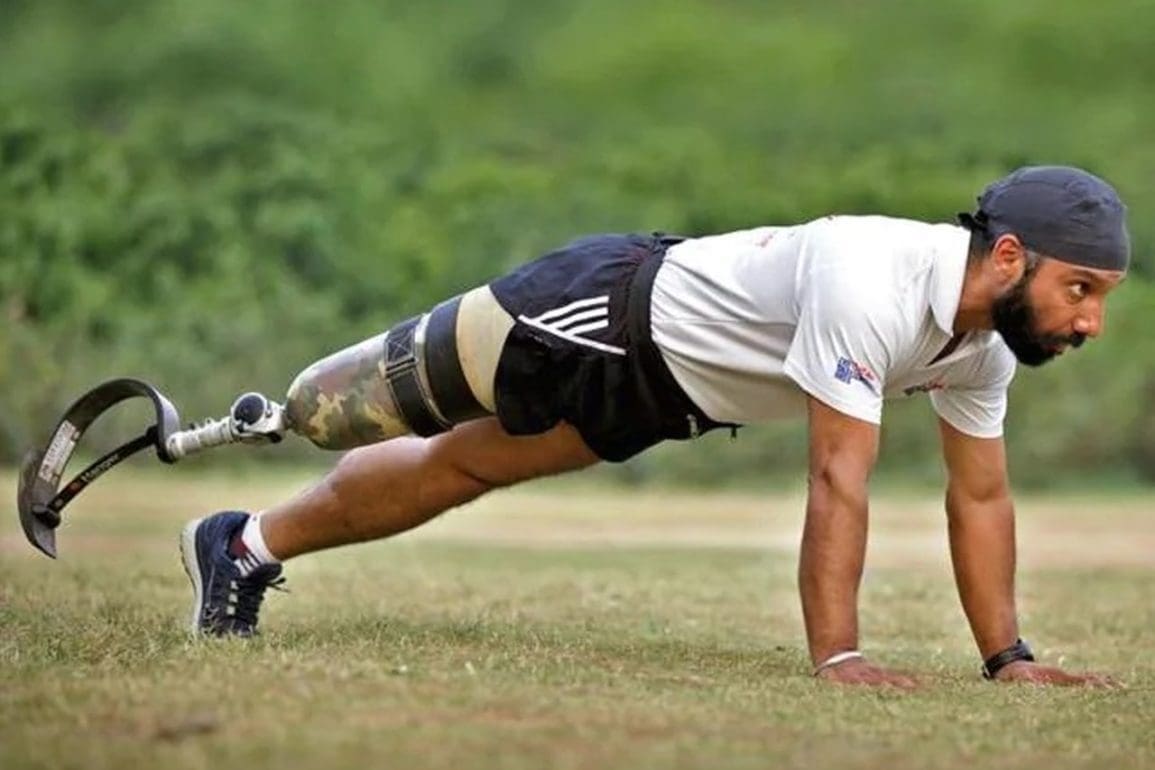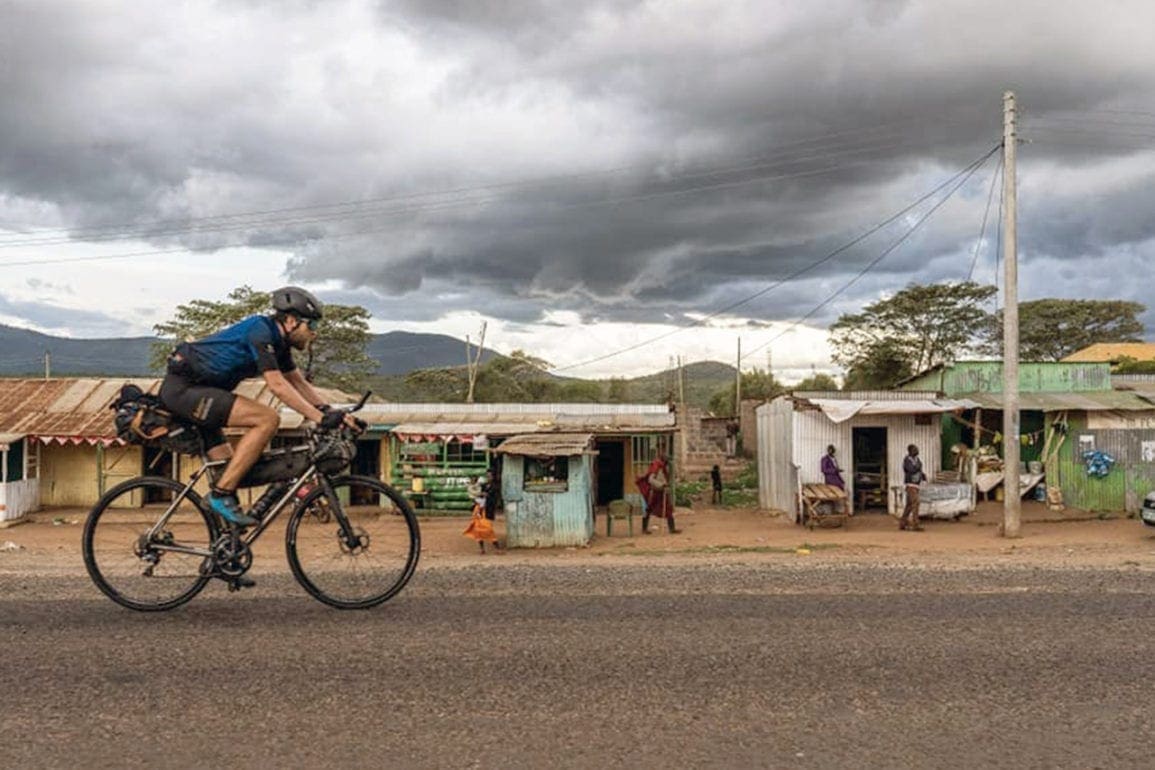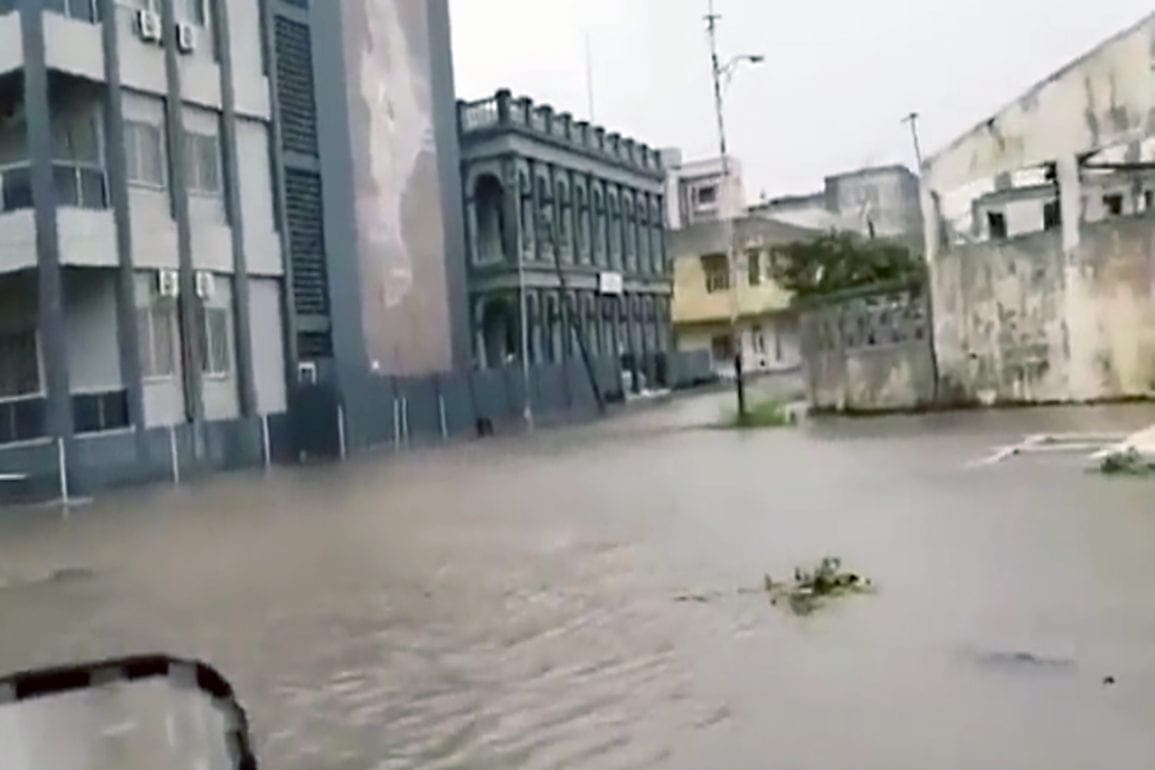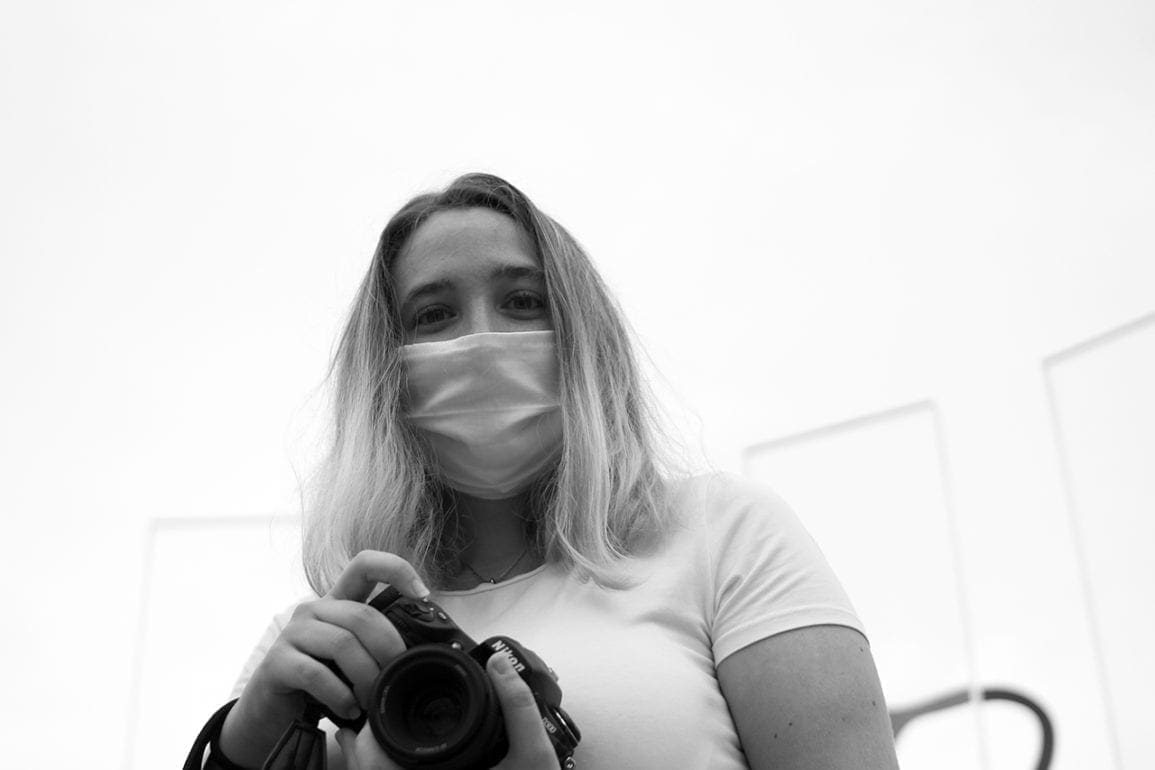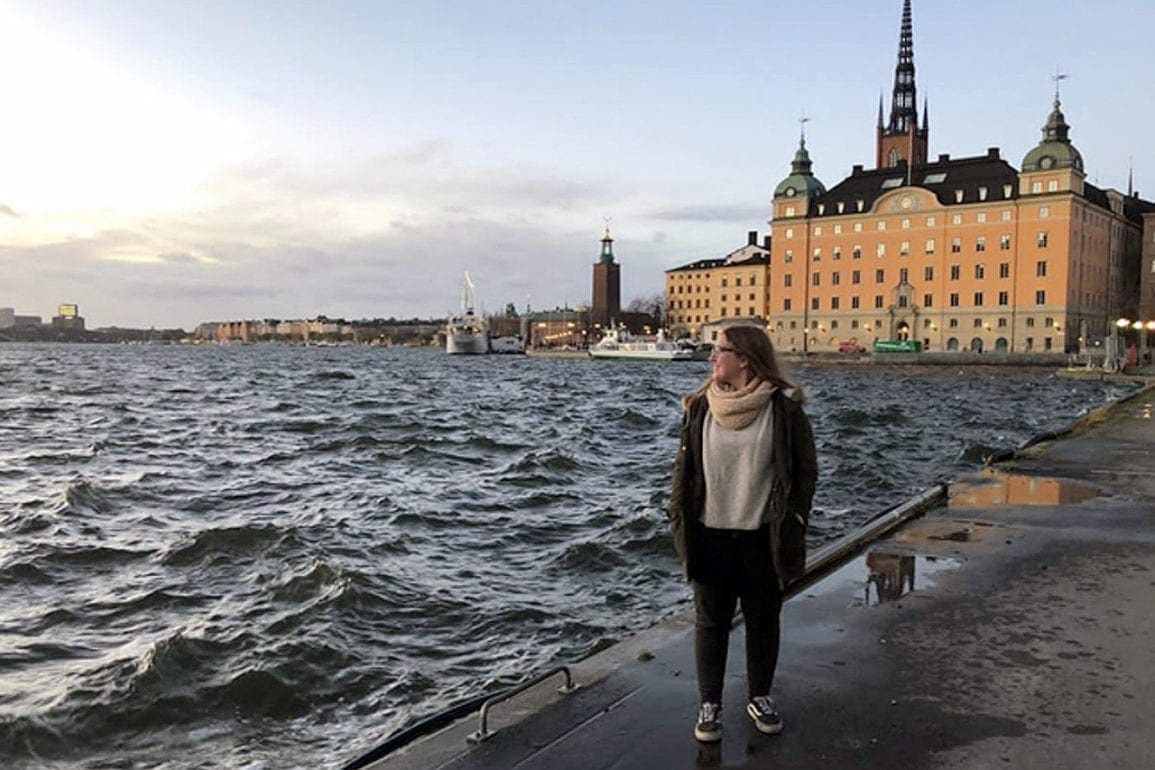When I saw the penguins surrounded by pollution and immanent threats, I sprang into action
Clarita exhibited a calm and relaxed demeanor and gave us no concerns when we approached her for study. Her self-assured personality distinguished her from the rest of the penguins. Being near her felt thrilling and generated a sense of love and respect. Soon, we discovered Clarita had formed a bond with a penguin named Eduardo.
- 2 years ago
July 12, 2023
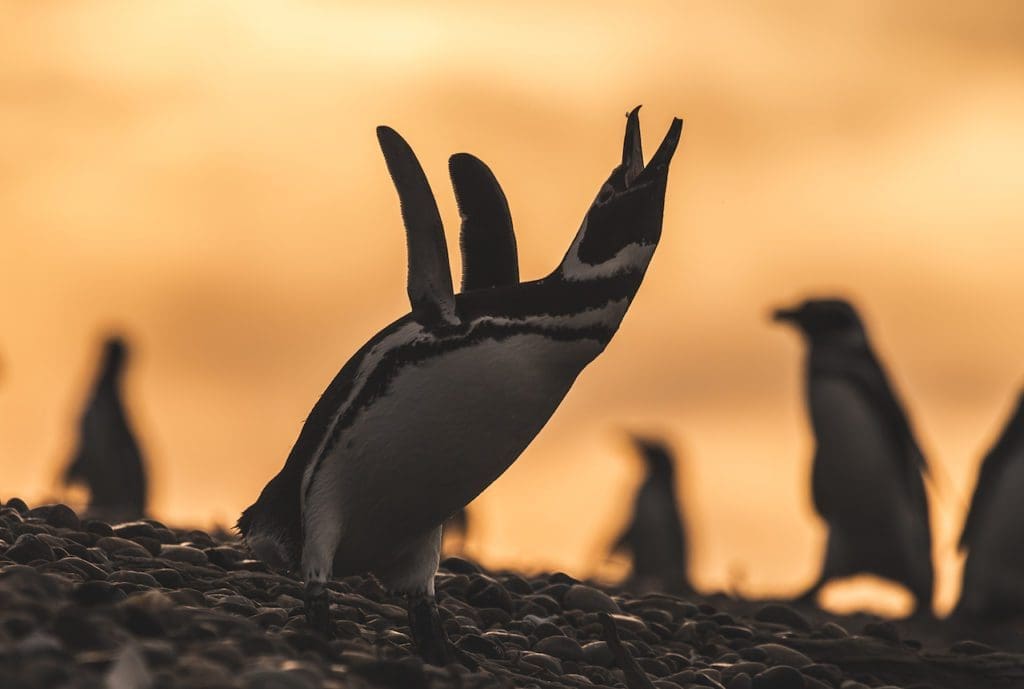
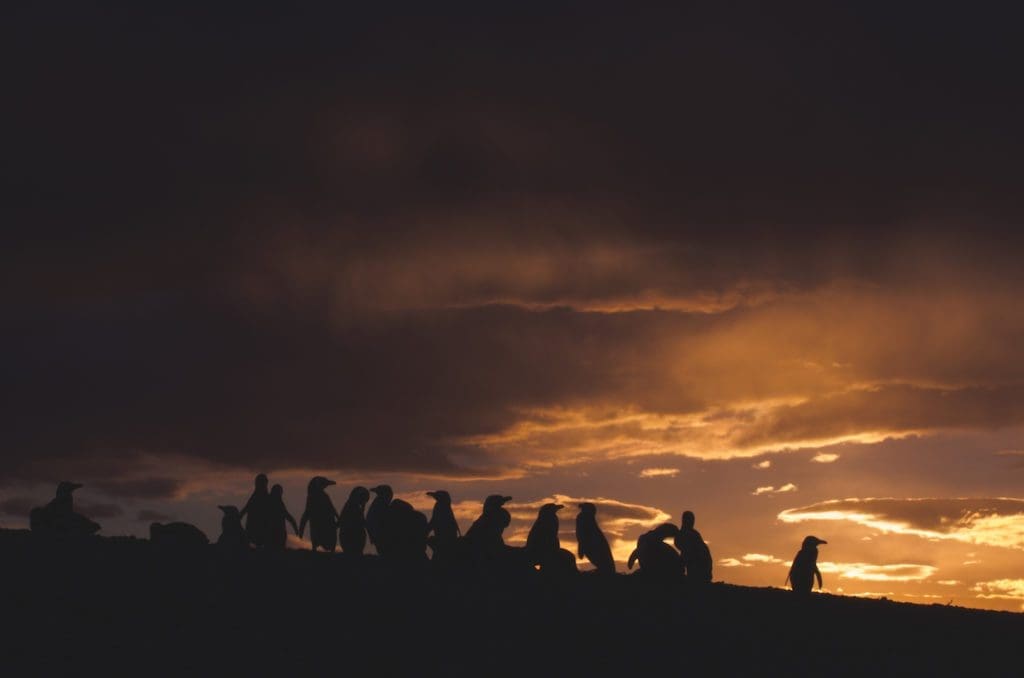
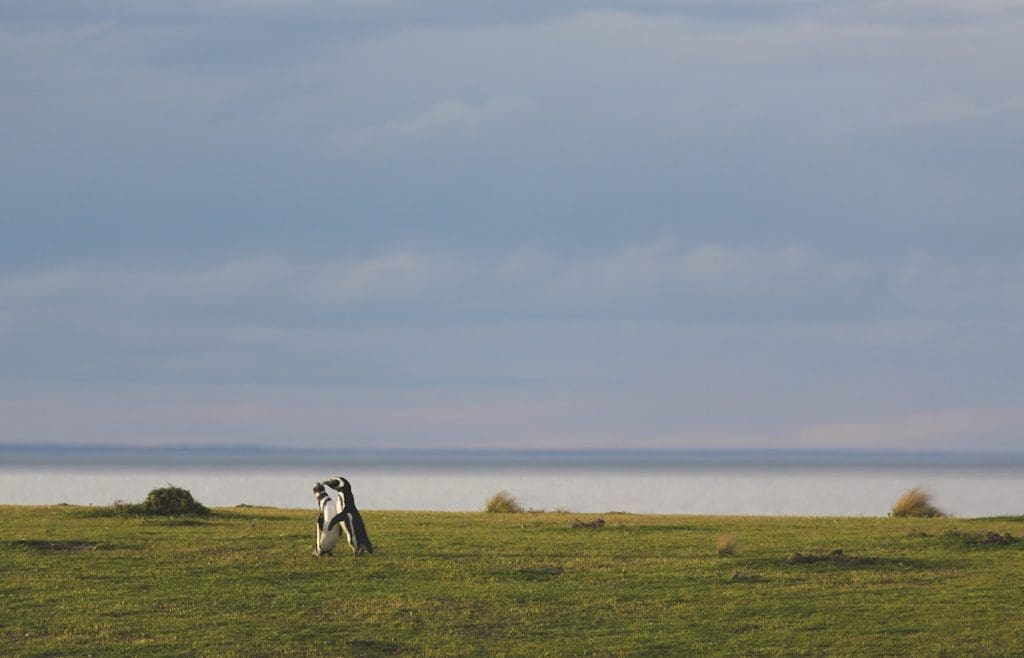
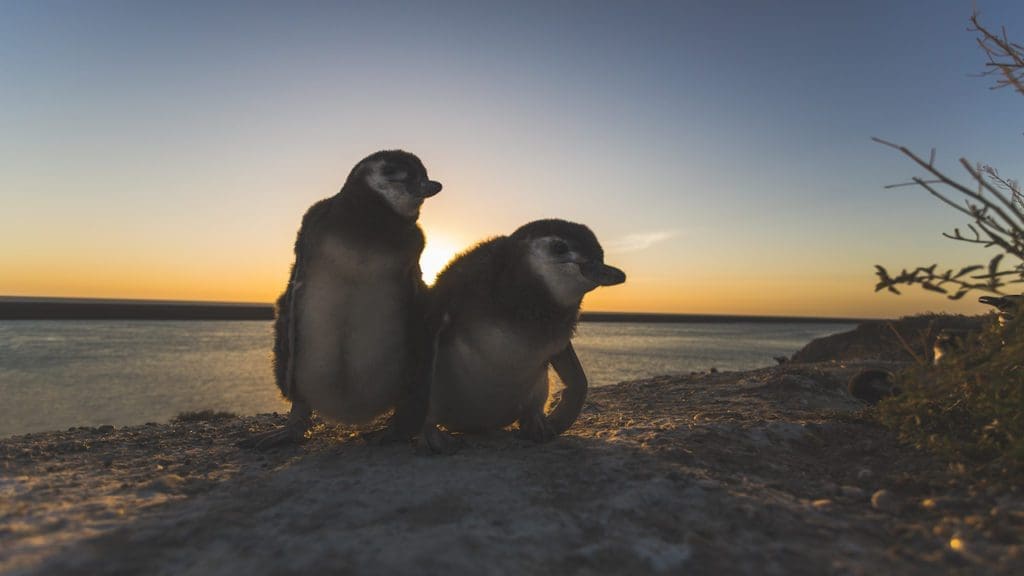
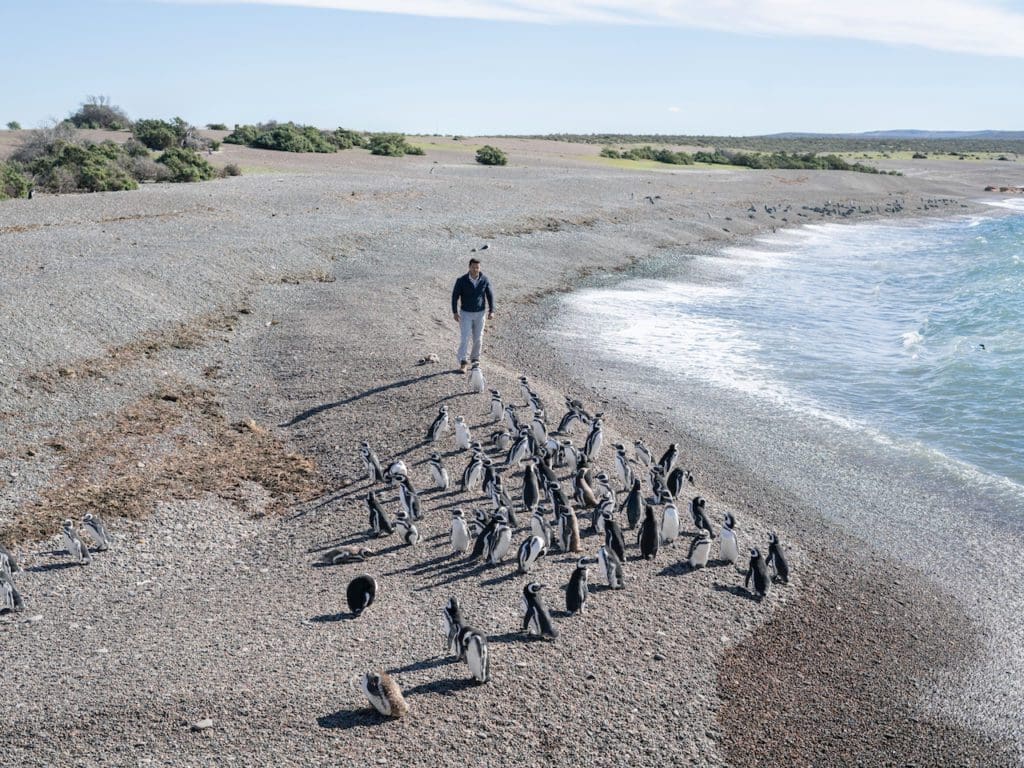
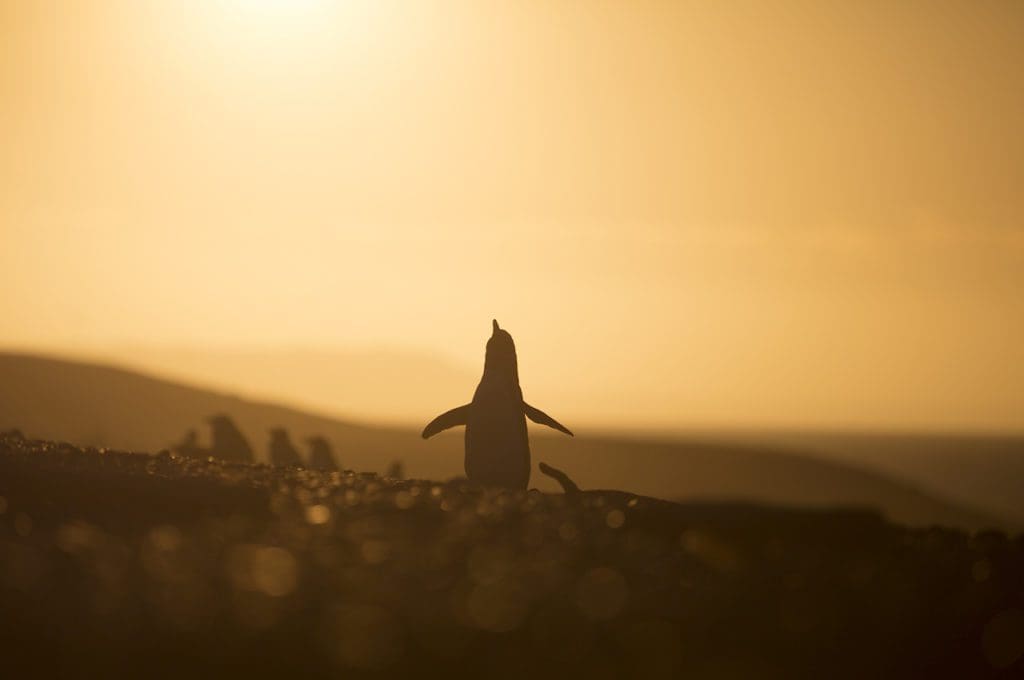

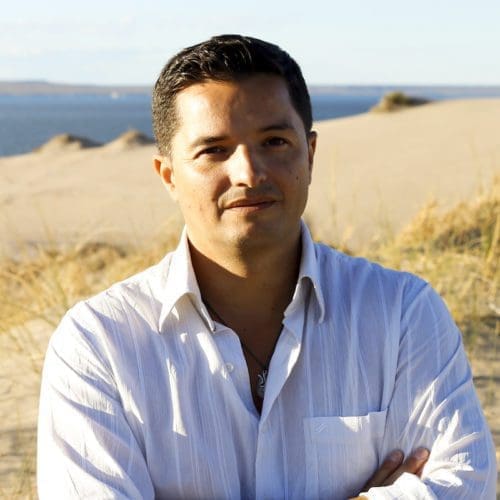
CHUBUT, Argentina – While exploring a strip of native vegetation, my group stumbled upon a colony of 12 penguins. I felt a surge of adrenaline course through my body as I observed them from afar. The initial sight of the first couples and the nests hinted at the potential for an emerging colony. Yet, detrimental factors threatened their chances of thriving. In the same area, people brought dogs, ignited fires, littered, and hunted. We needed to intervene and create a healthy and secure environment for the penguins.
Working tirelessly to ensure their safety, we compelled the authorities to declare El Pedral Beach a Wildlife Refuge. Research studies and campaigns to clean up plastic waste followed, involving the participation of hundreds of children at a time. We also organized educational festivals. Gradually, El Pedral Beach became recognized as a place dedicated to conservation, care, and awareness-driven actions.
Read more stories from Argentina at Orato World Media
Meeting Clarita, the penguin colony’s founding mother
As the journey continued to preserve the penguin colony at El Pedral, the team had the remarkable opportunity to identify the mother of the first chick born in the initial nests in 2009. We named her Clarita. We estimated Clarita to be at least five years old when she first began reproducing, which means she is at least 20 years old today. Penguins generally live about 30 to 35 years.
Clarita exhibited a calm and relaxed demeanor and gave us no concerns when we approached her for study. Her self-assured personality distinguished her from the rest of the penguins. Being near her felt thrilling and generated a sense of love and respect. Soon, we discovered Clarita had formed a bond with a penguin named Eduardo. Their relationship followed the typical pattern of penguin couples: they reunite each year in the same nest and spend the season together.
The pair synchronizes their activities. When Clarita is in the nest, Eduardo goes to feed and brings back food for the chicks. This pattern continues for three months at a time. When the breeding season concludes, each penguin migrates independently. Some travel up to 6,000 kilometers, venturing to the southern region of Brazil and then returning.
Penguins cannot raise their chicks alone; it requires the joint effort of both parents. This is why they adopt a monogamous strategy during the breeding season. Witnessing this behavior for the first time evoked such strong emotions in me that I found myself wiping away tears while working. It felt so magical to watch them interact with each other in such a delicate way.
Educating children around the world and the creation of Club Penguin
Starting in my teenage years, nature significantly influenced me. I helped my grandmother when visited the penguin colonies to care for them. In time, I wanted to do more, and needed a higher education to do so. I enrolled in the Biological Sciences program at the University of Patagonia and all throughout my studies, I dreamed about contributing more effectively to address injustices against these animals.
Eventually, I realized the communities near penguin habitats had limited knowledge about the species. With my group, we made a strategic decision. We wanted to focus on educating children first. After conducting a thorough assessment and discovering people from towns a half hour away from penguin colonies never visited, we launched into action. Through the program we created, nearly 8,000 children from developing countries have now personally met the local penguins.
As I witnessed the genuine love and excitement children display while interacting with the penguins, my heart warmed and I knew we made a difference. The work sensitized them and gave them a new awareness and appreciation for the penguins and for nature. When the time came to create protected areas, the Global Penguin Society and Disney joined forces with us. We collaborated on the popular game, Club Penguin, incorporating education content to enrich players’ understanding of penguin conservation. The popularity of that partnership and the support we got allowed us to realize our incredible dream of conservation.
Winning the most important award in my career and raising awareness
When I won the 2023 Indianapolis Prize, I felt a great sense of gratitude and honor. I sat amongst the six finalists, the announcement came. They spoke my name, and I felt a wave of emotions wash over me. My mind traversed immediately to my grandmother, and my legs went week as a surge of sentiment ran through me. As I walked onto the stage, it felt like floating. A smile washed over my face as I experienced incredible happiness. I felt like I won the FIFA World Cup!
The award has given me something important: more visibility to support initiatives that protect penguins and their habitats. Each day, I aim to inspire and motivate people all around the world to take decisive action to safeguard the environment.
I look at the effects of human colonization and climate change. In a sense, we became a predator, interfering with the penguins’ habitats and causing destruction all around them. I see how vegetation fires, for example, triggered by environmental changes, pose a significant threat to their survival. Sadly, the penguins do not recognize fire as a direct danger and often, remain motionless when faced by engulfing flames. It saddens me.
Currently, our focus is on creating a protected area for 600,000 penguins. When you dedicate yourself to making a positive impact on others, whether they are humans or animals, it opens up a world of possibility. It allows you to create meaningful change. The essential ingredient is to approach these endeavors with passion, found in the depth of your heart. That force can move mountains.
All photos are courtesy of the Global Penguin Society.




















